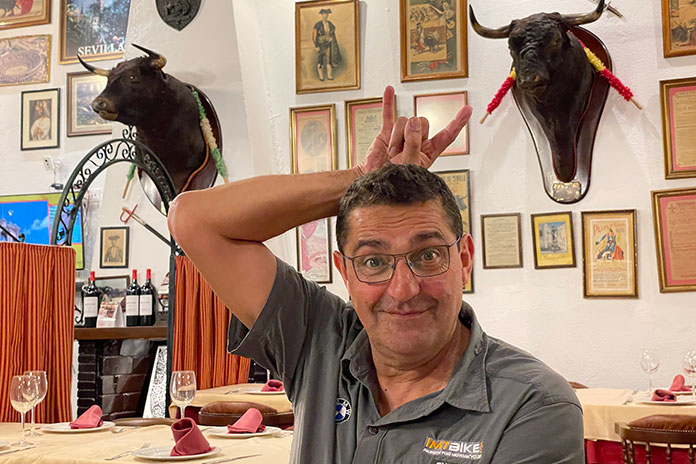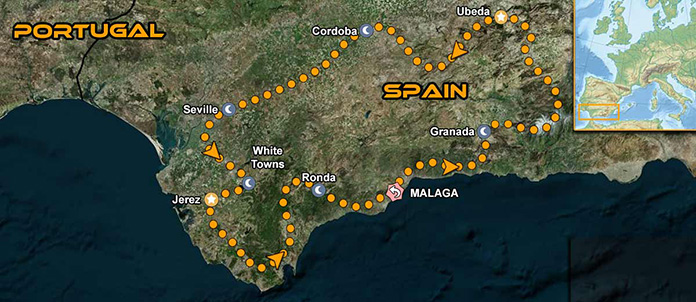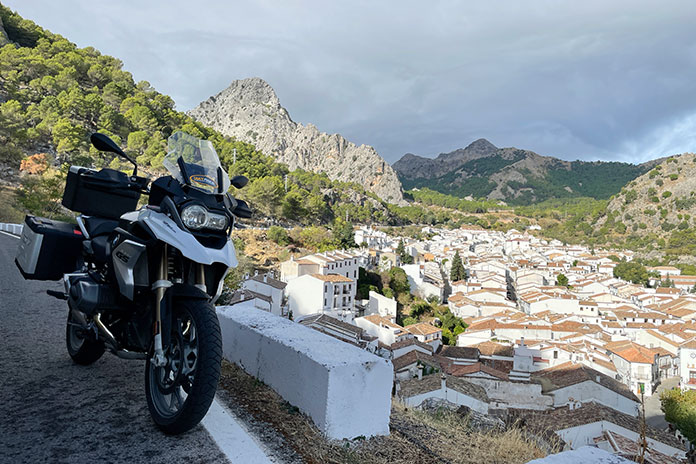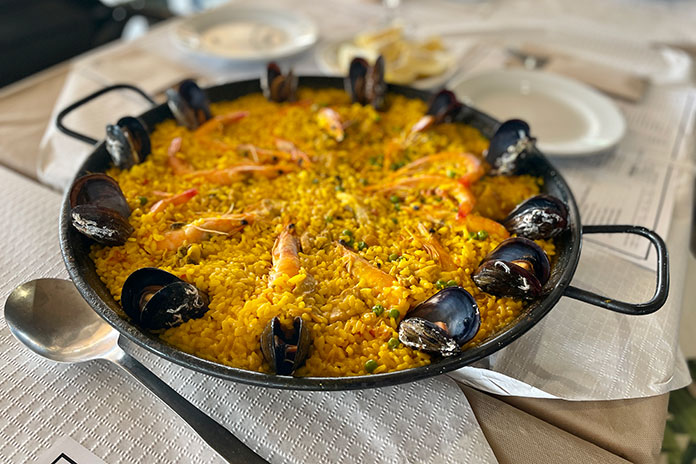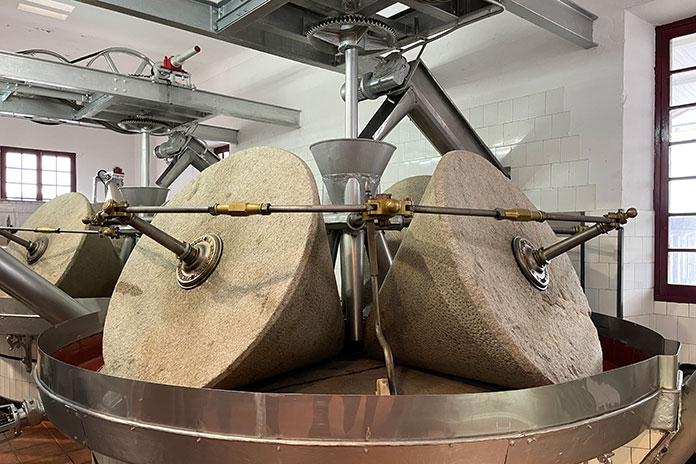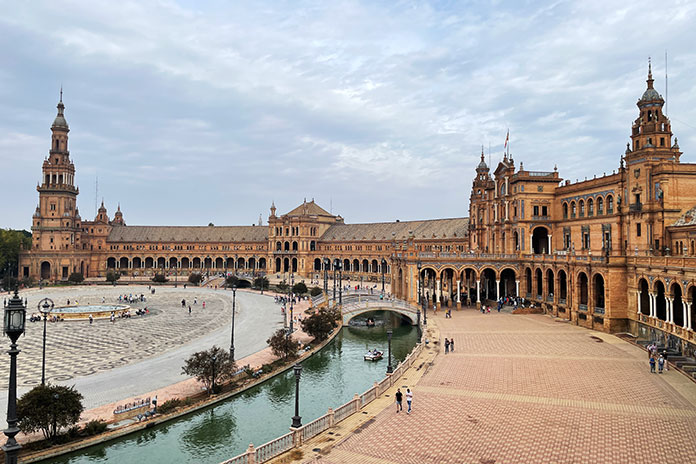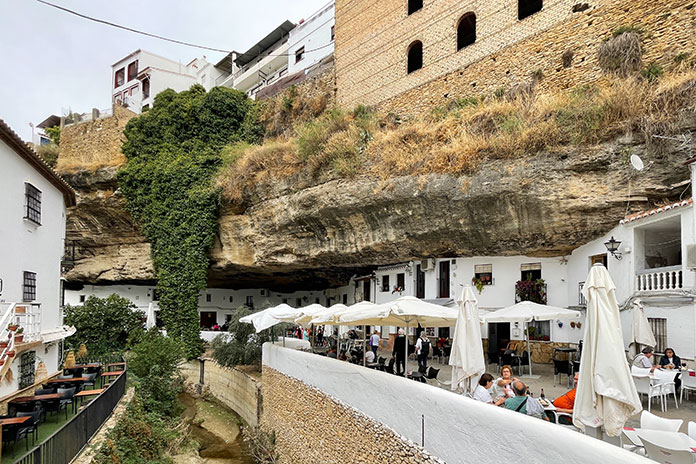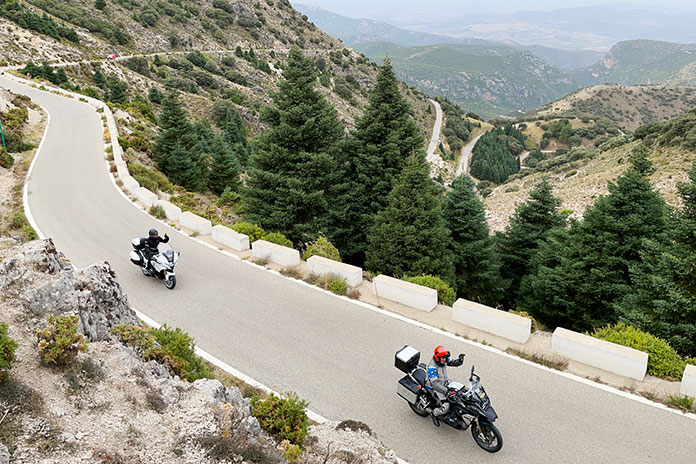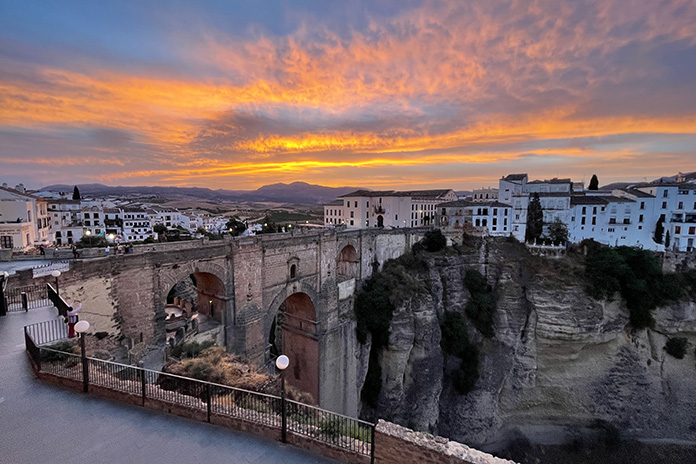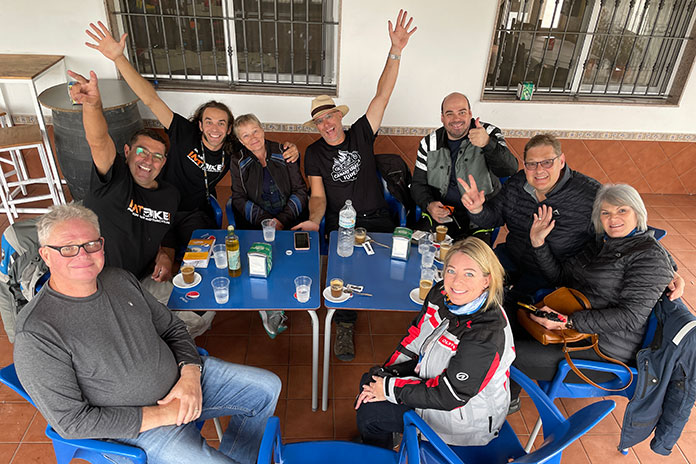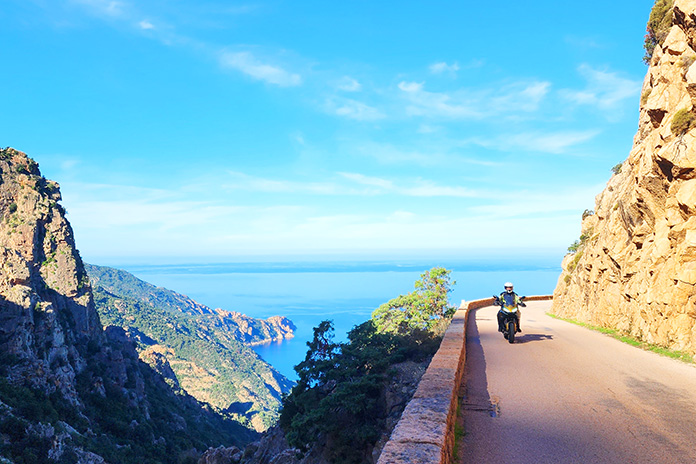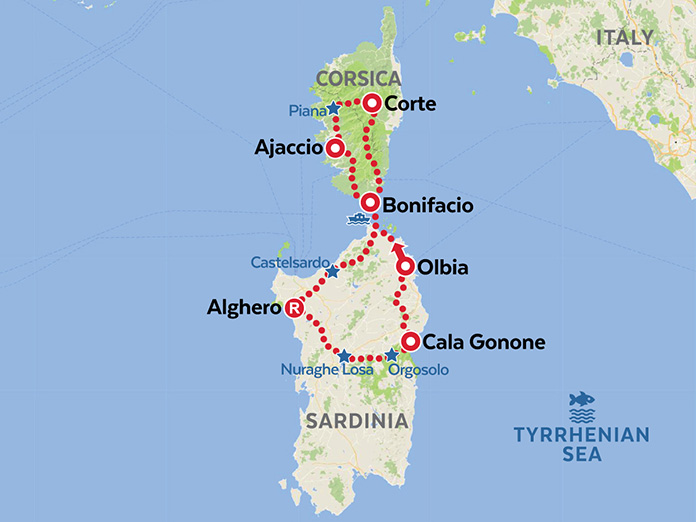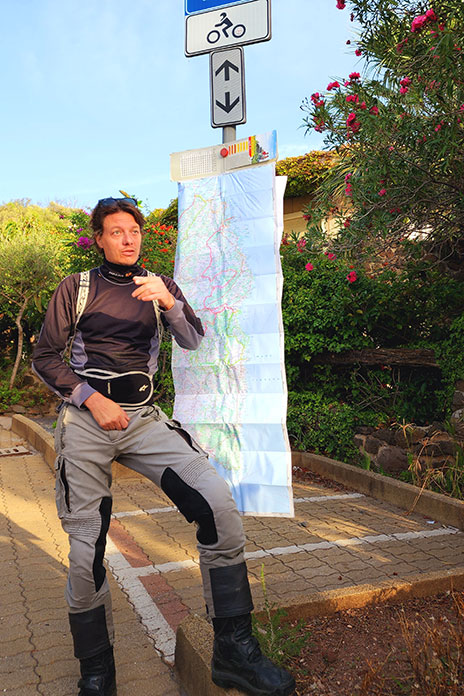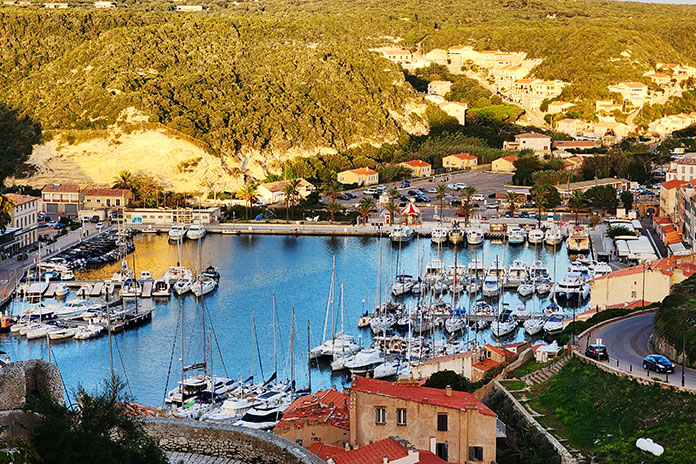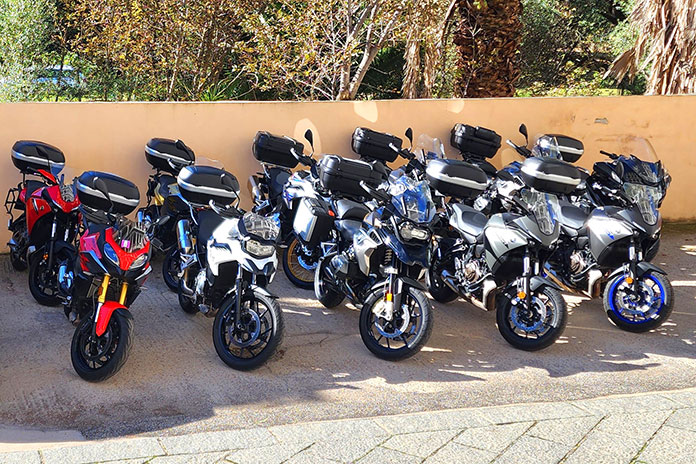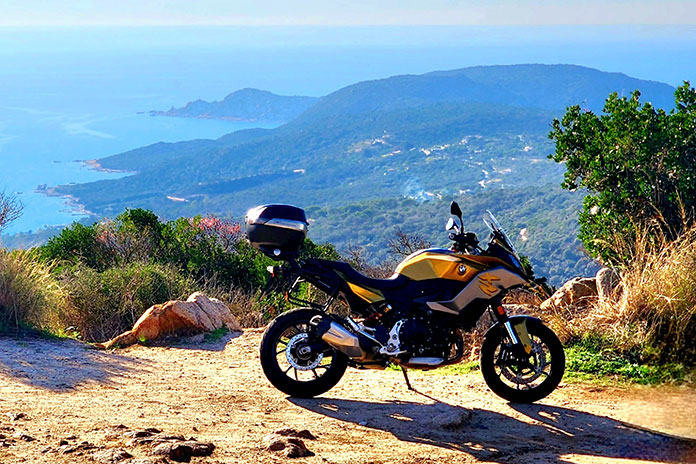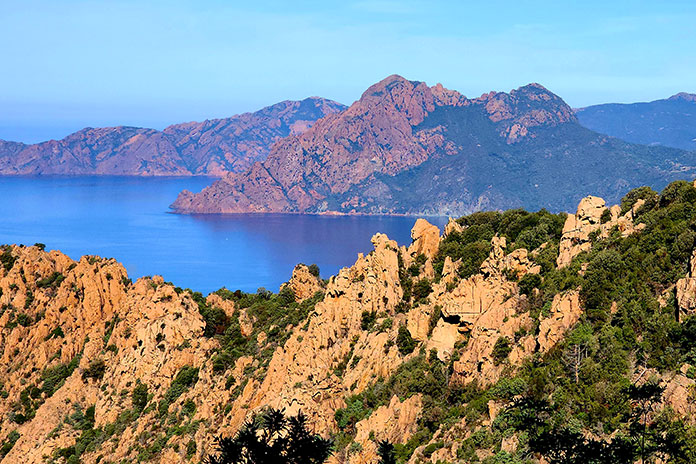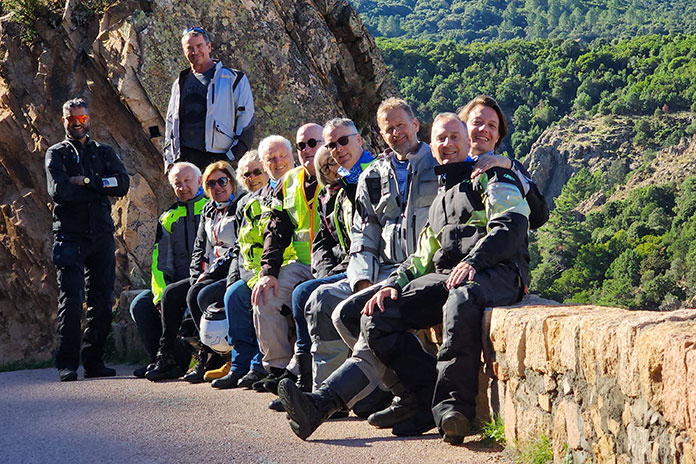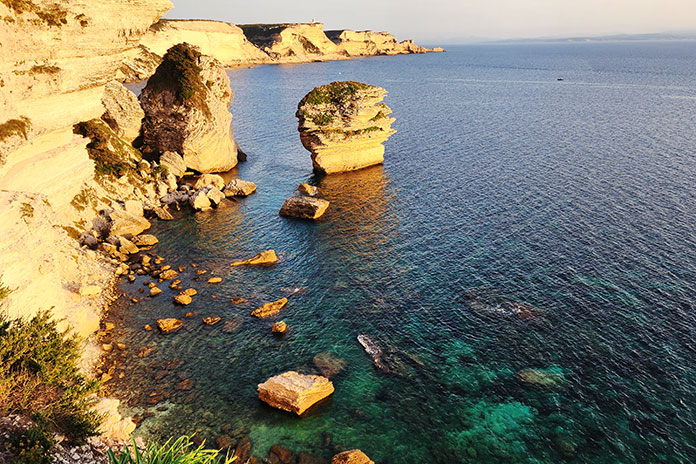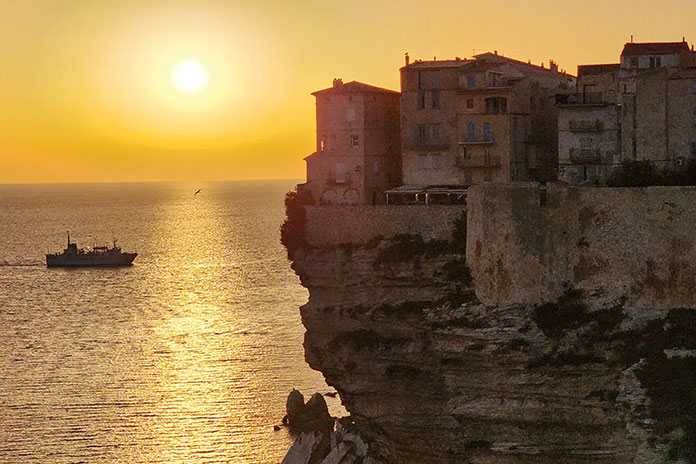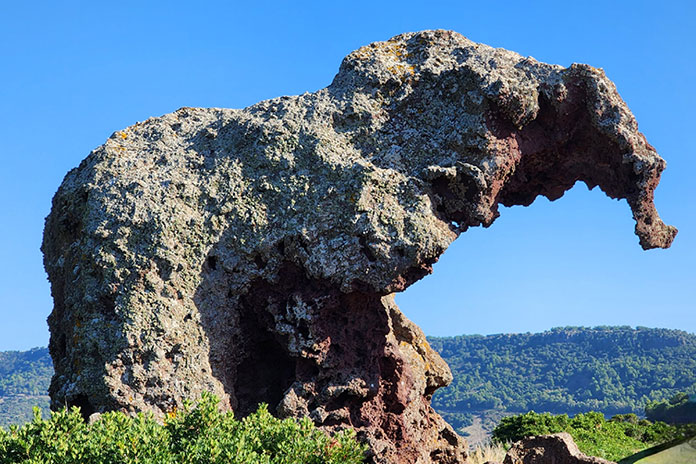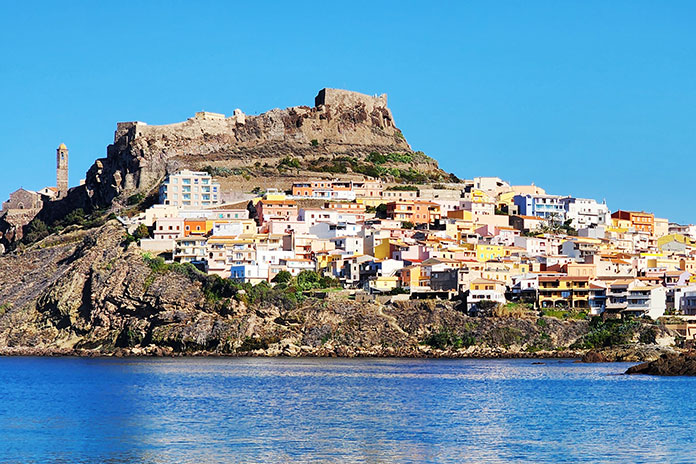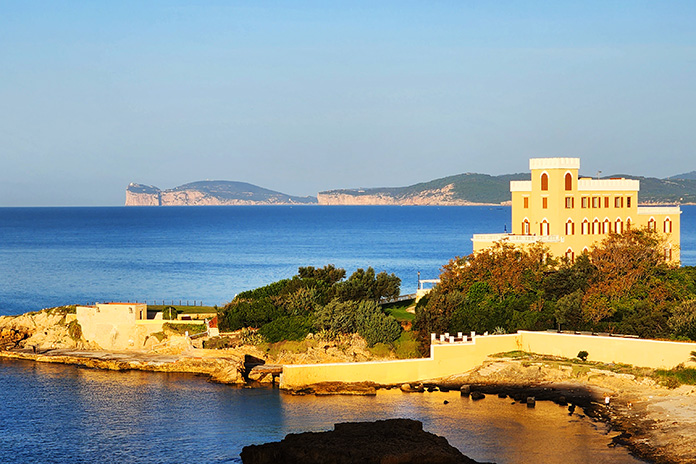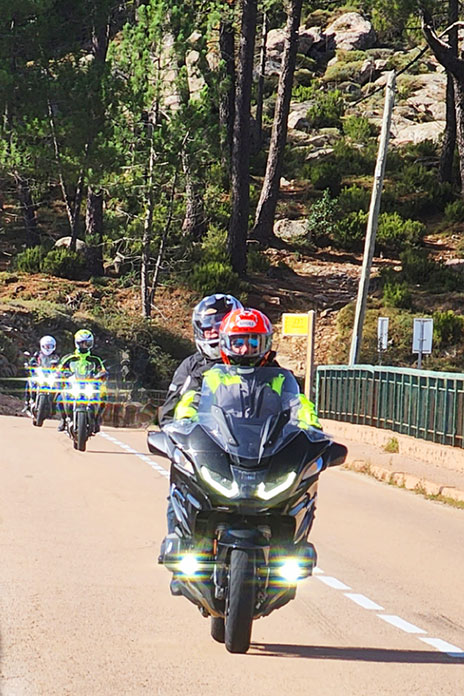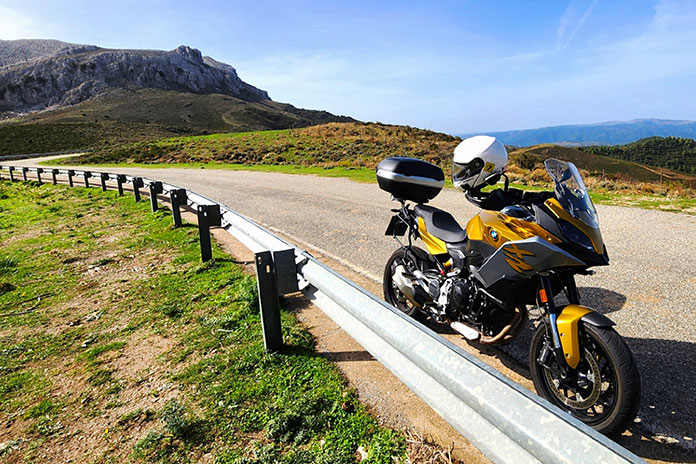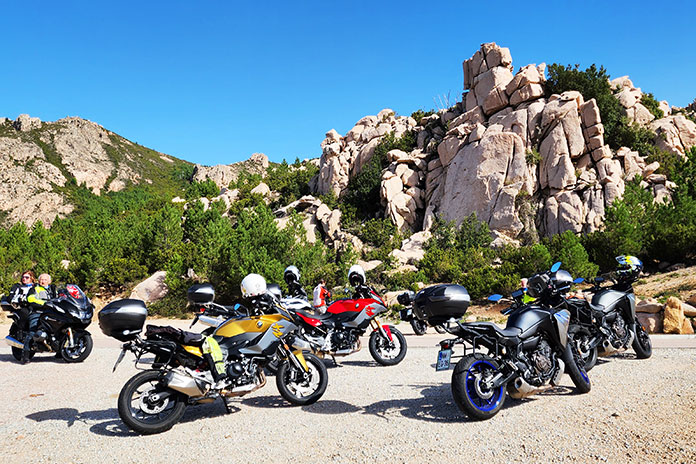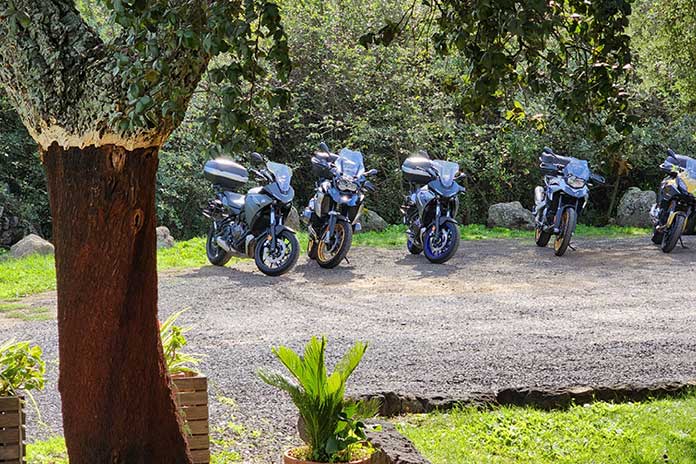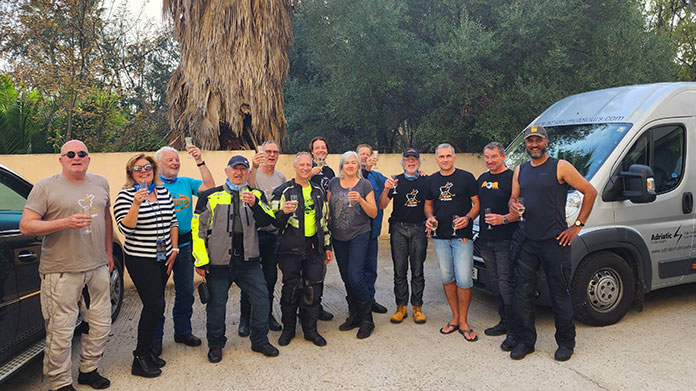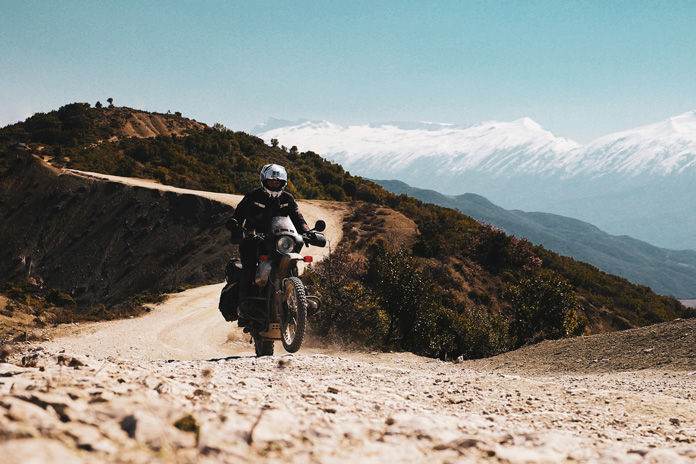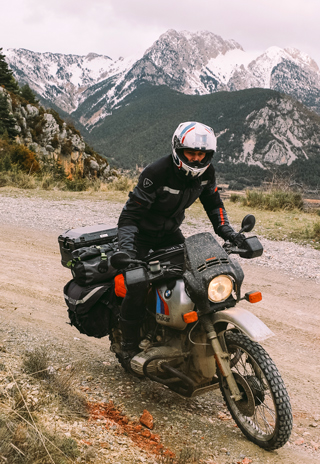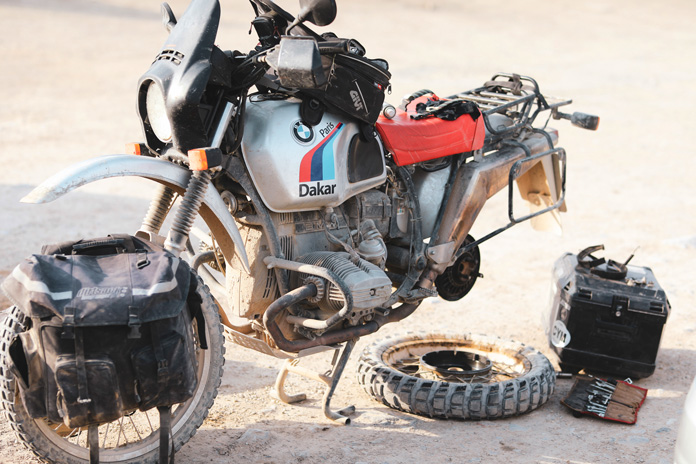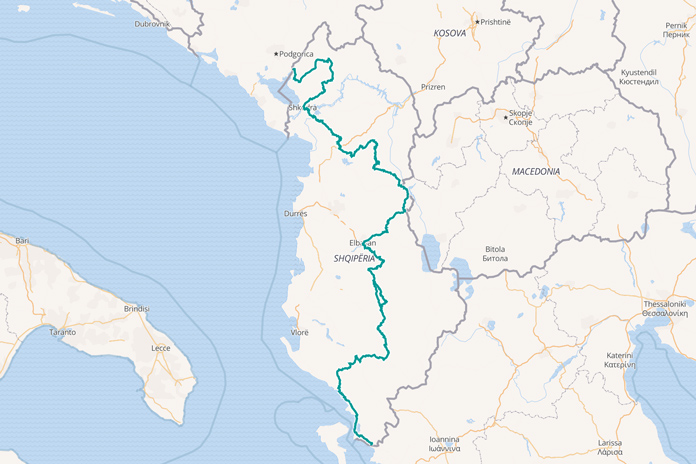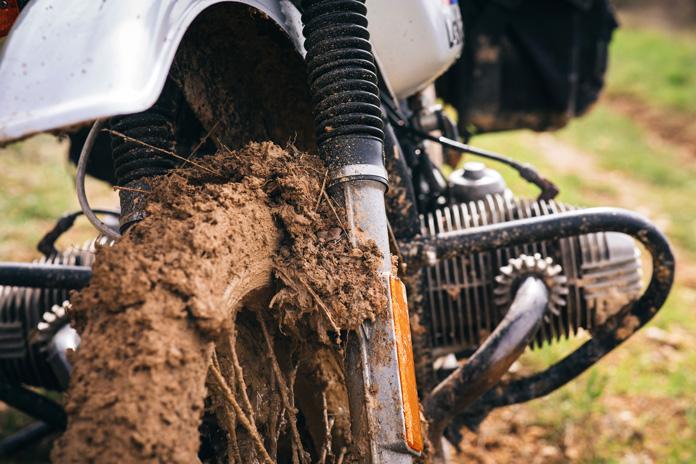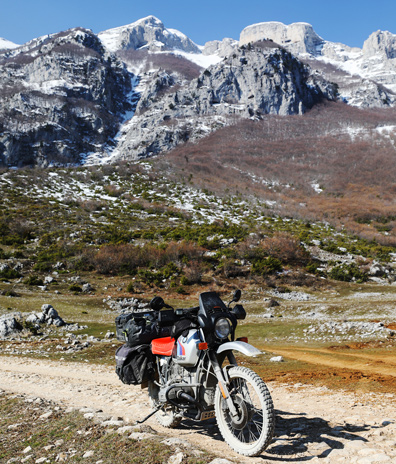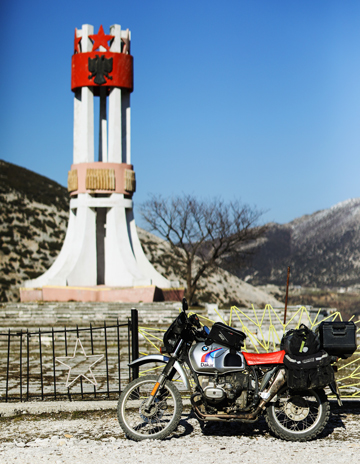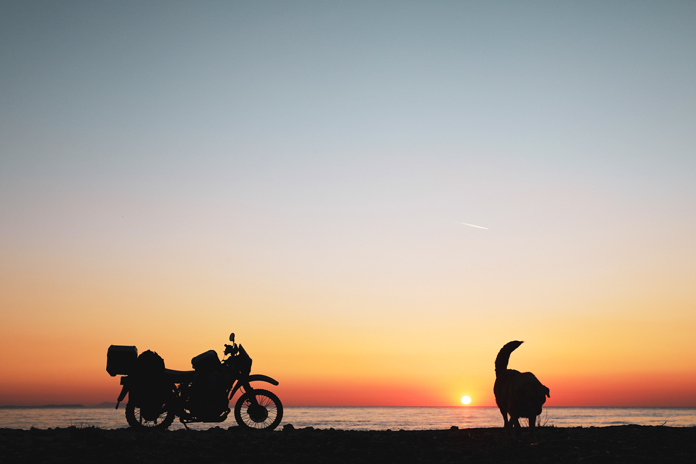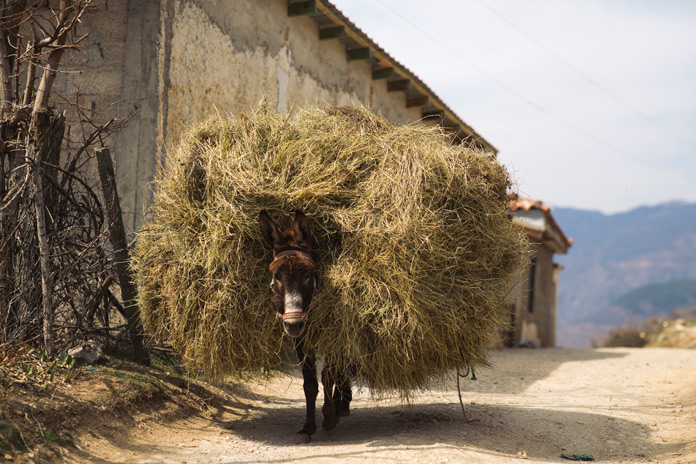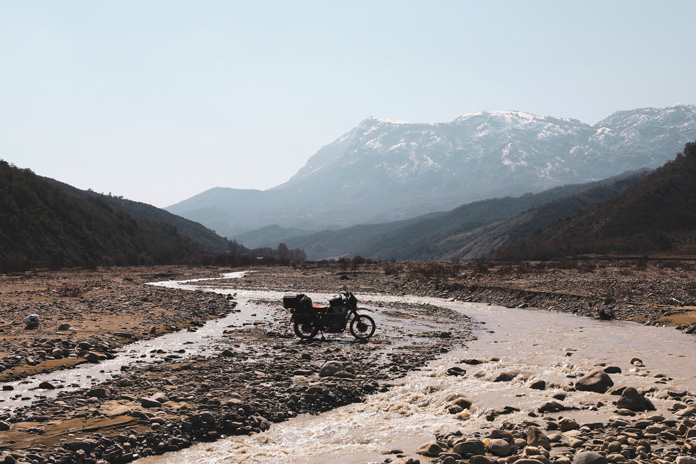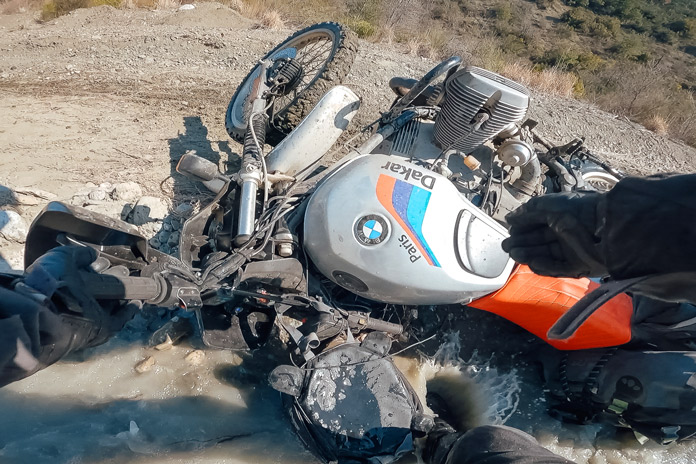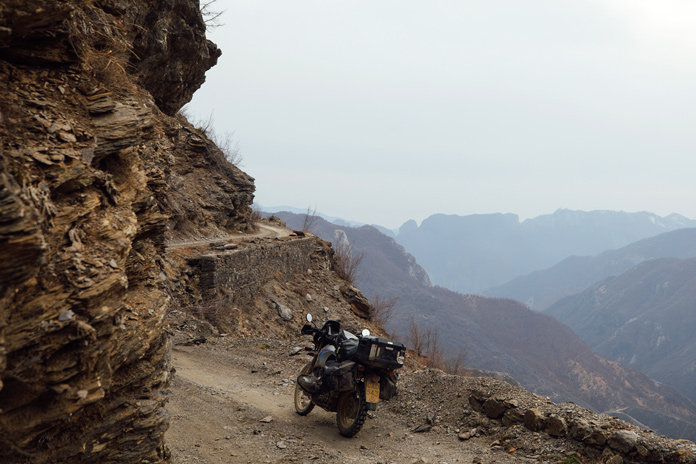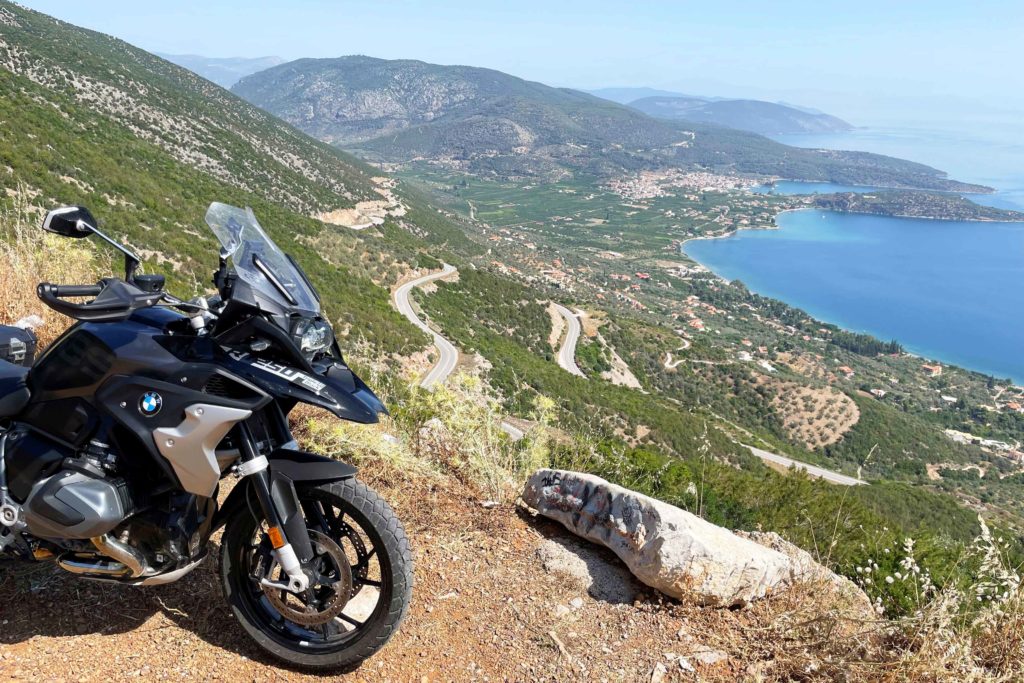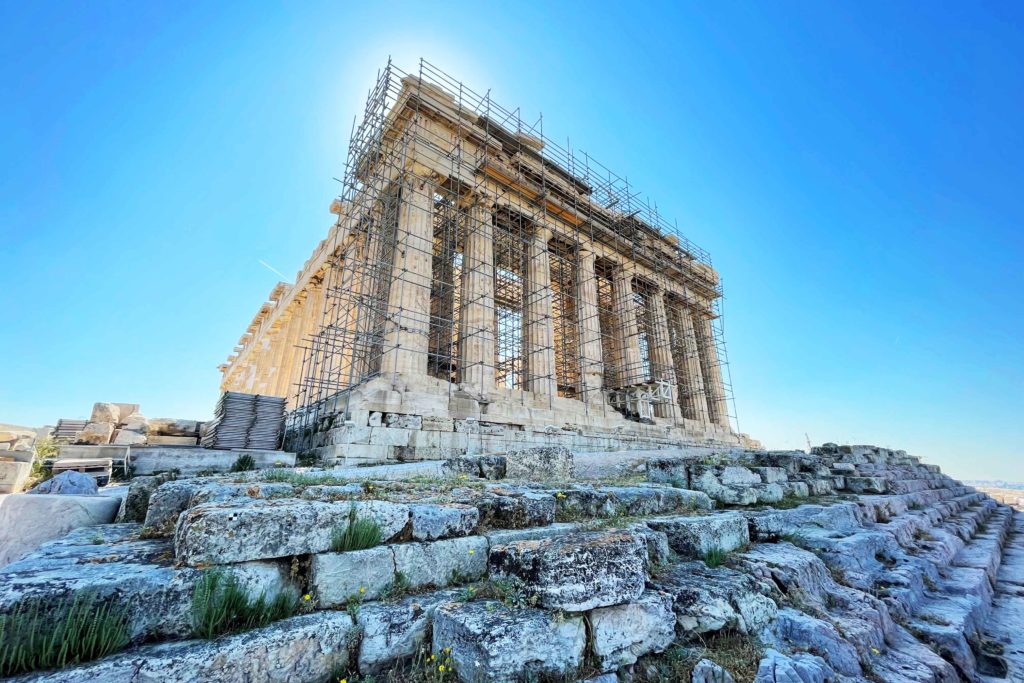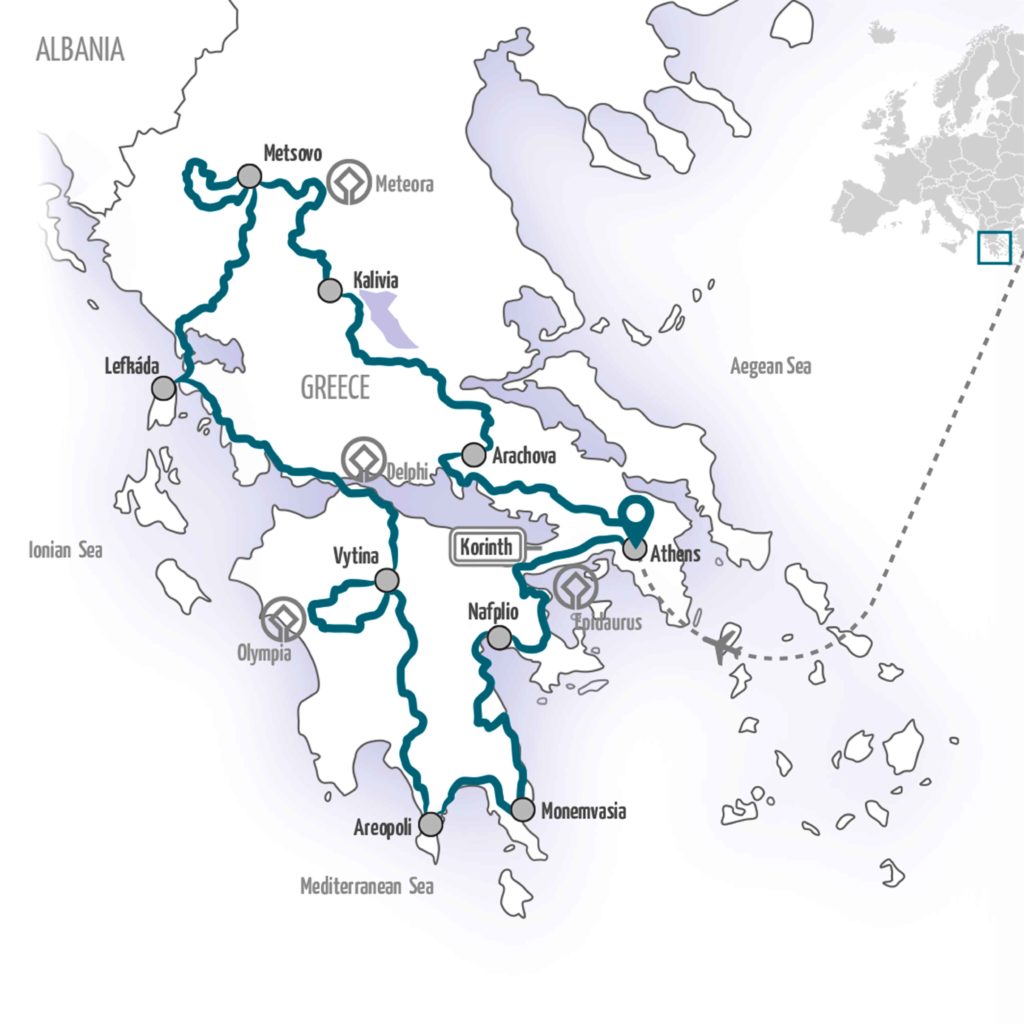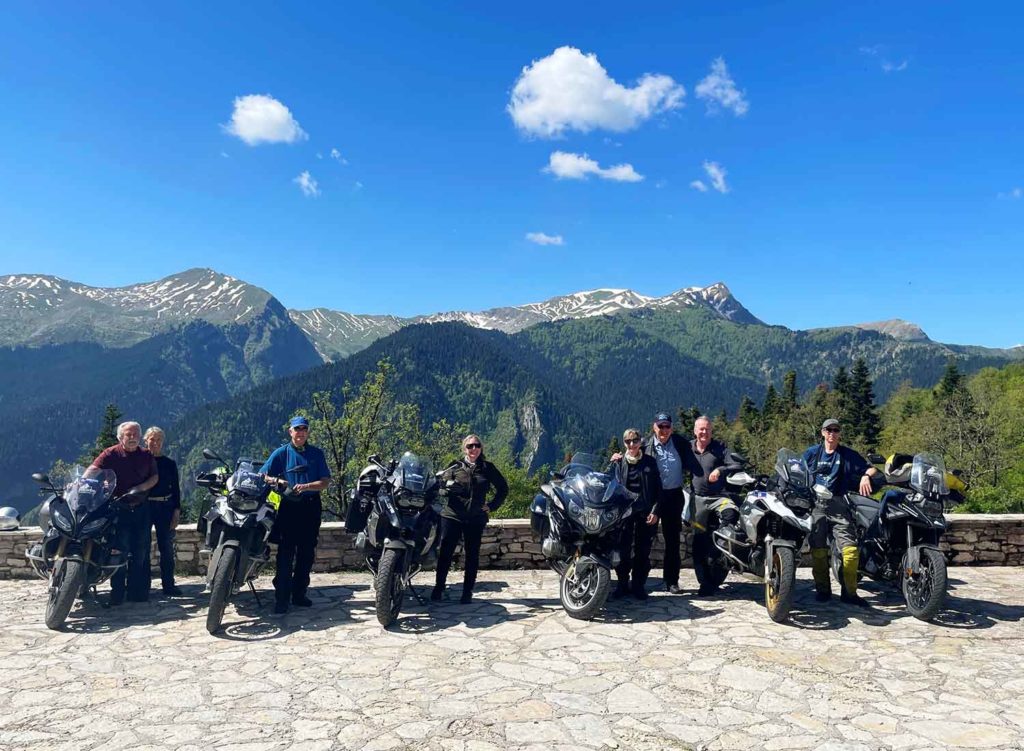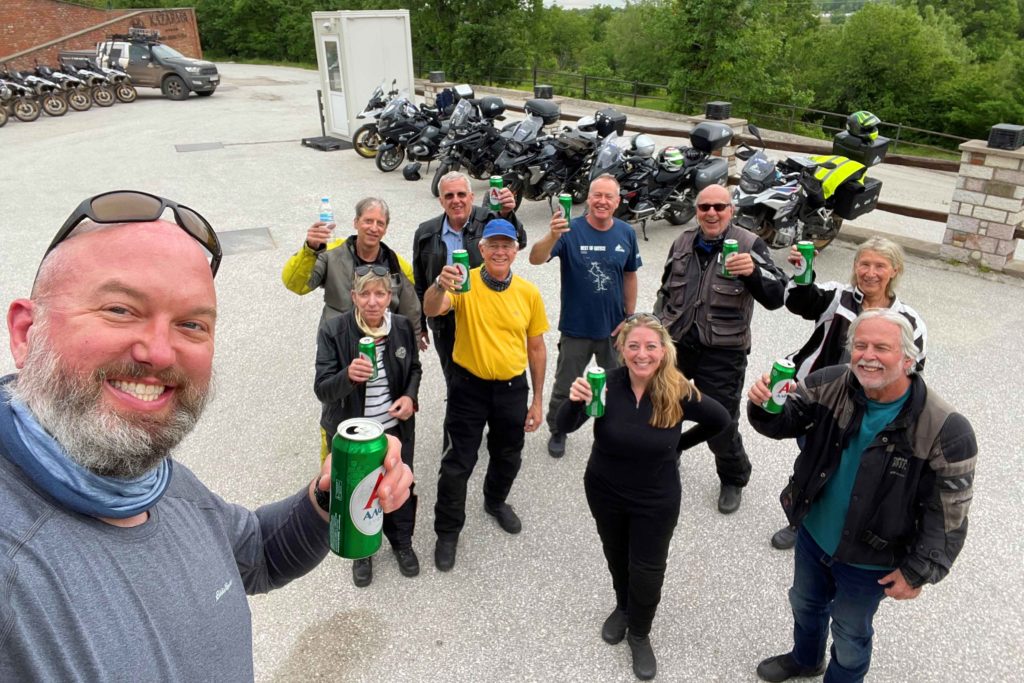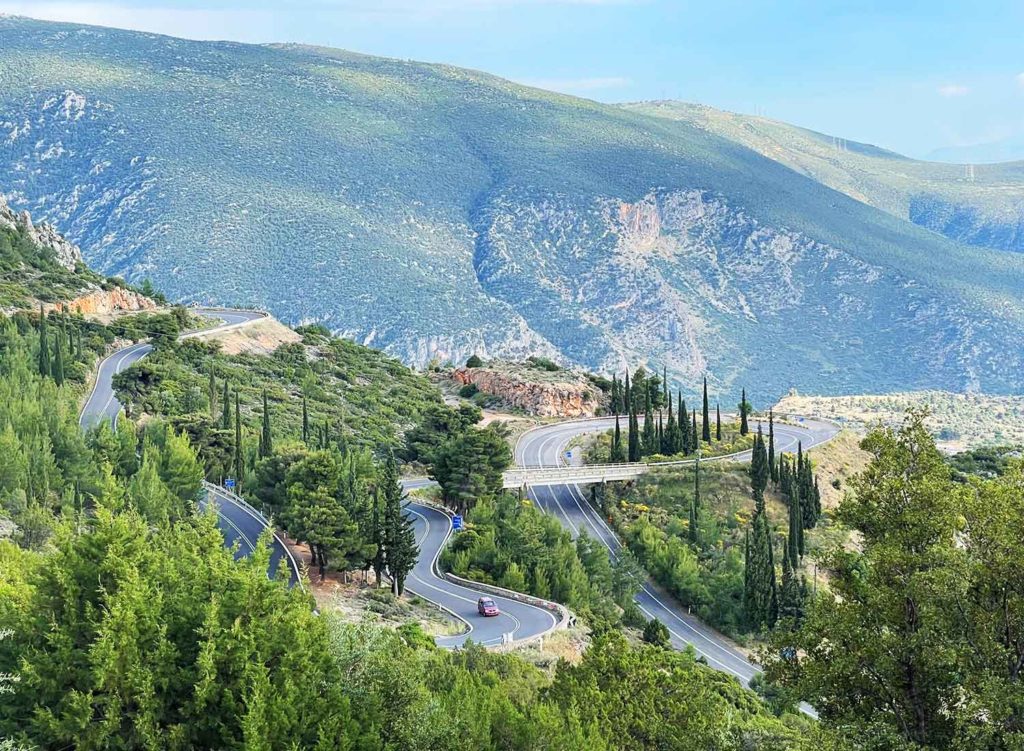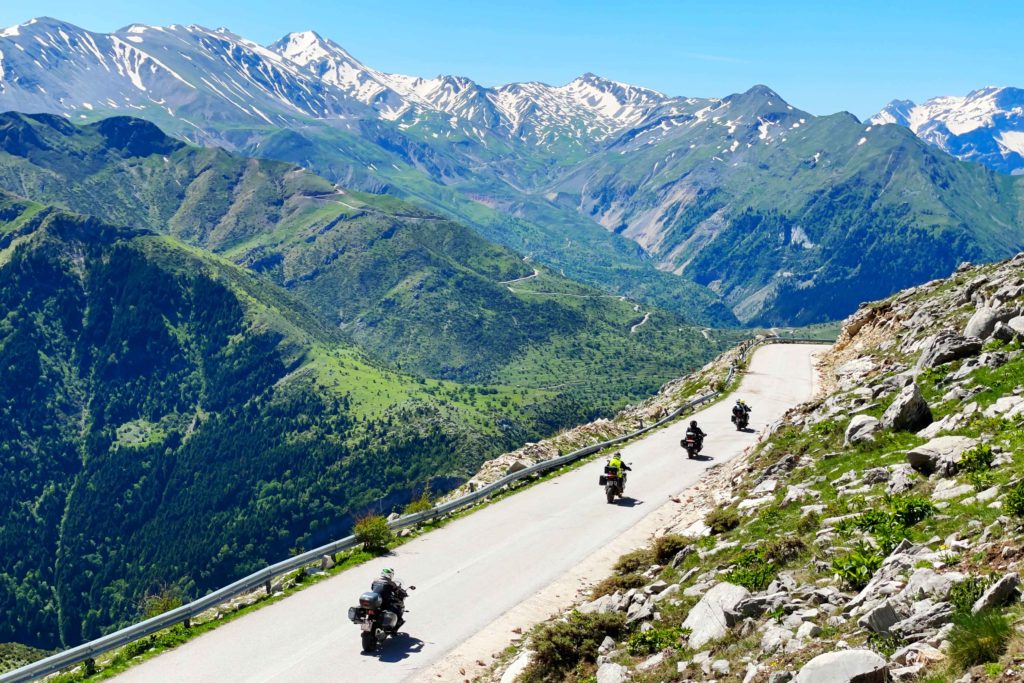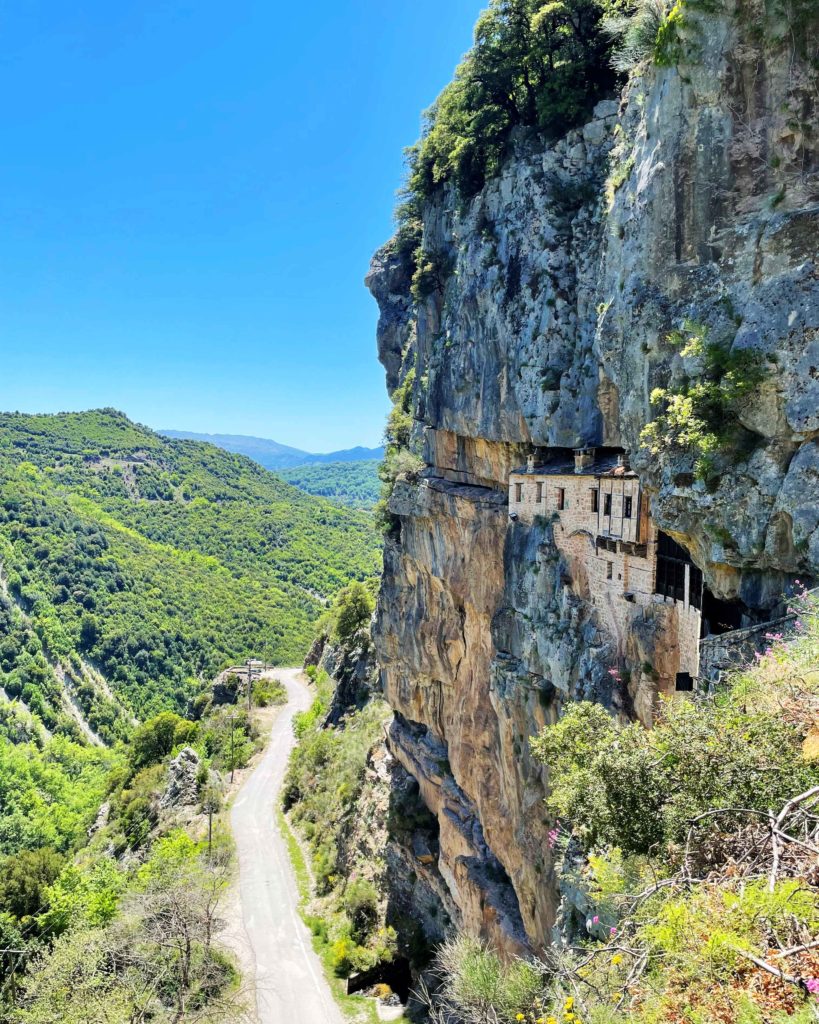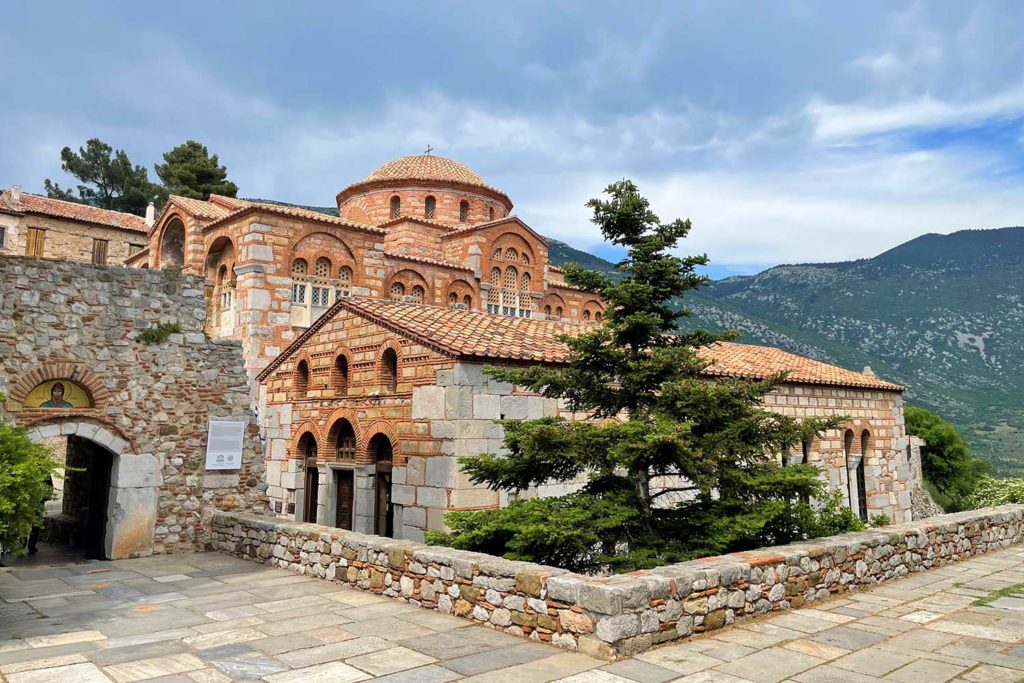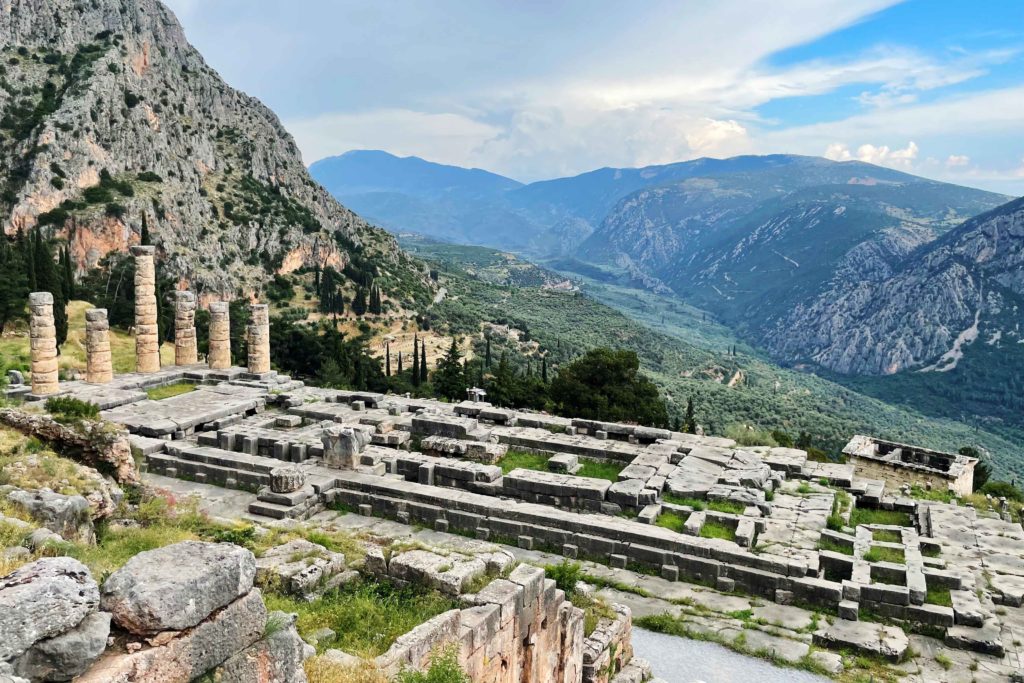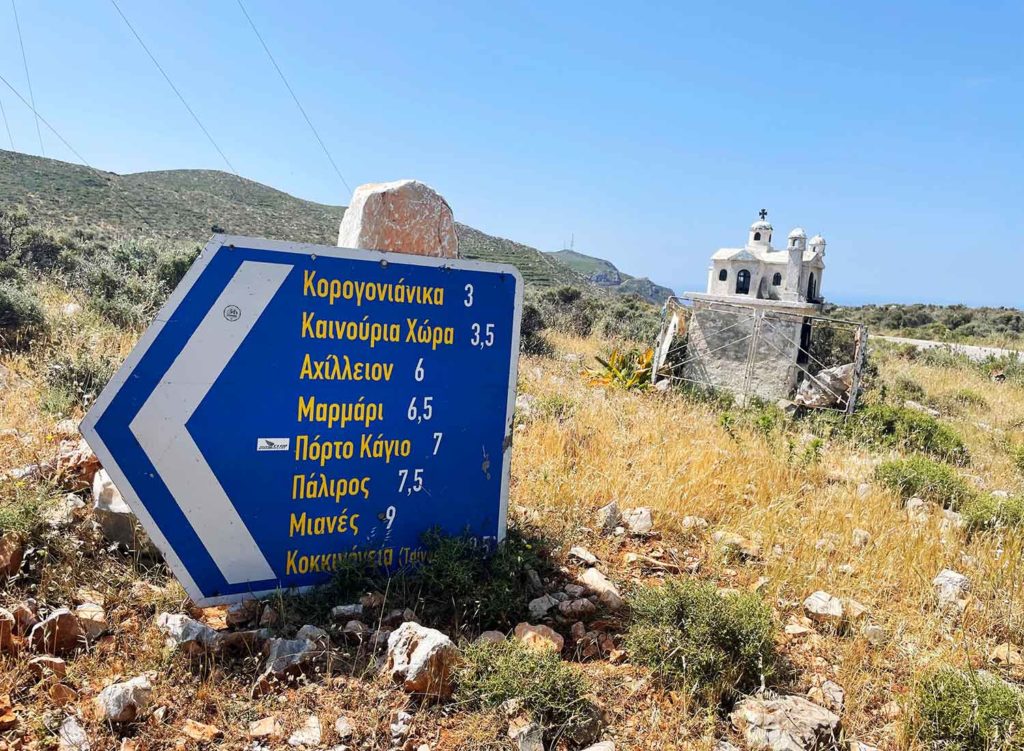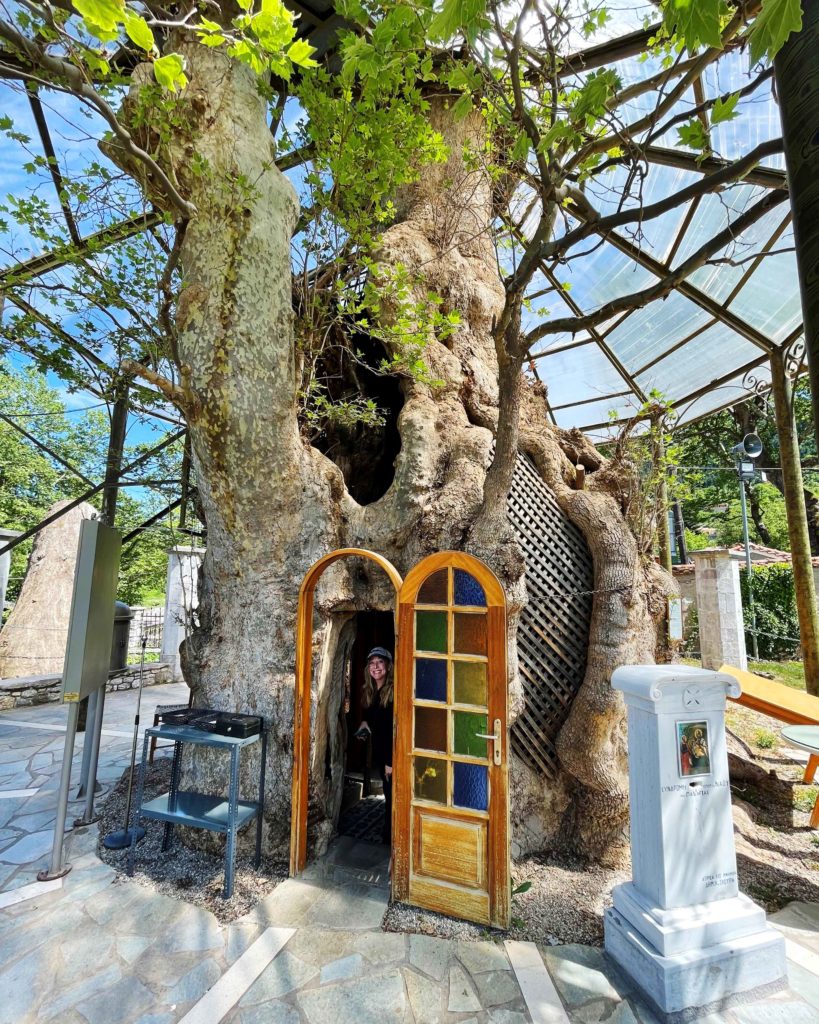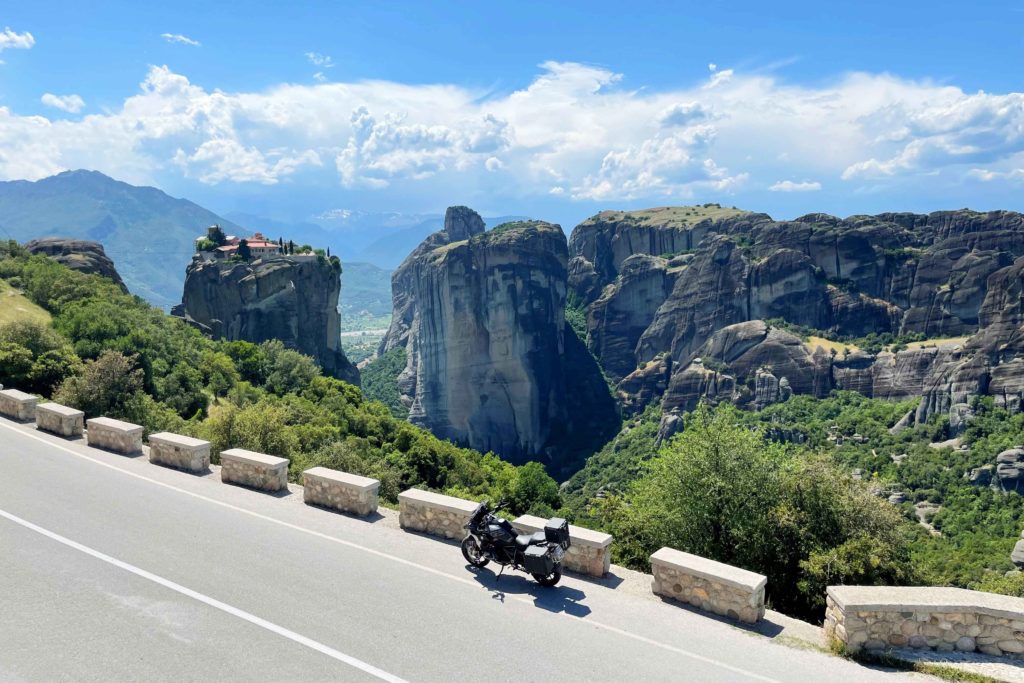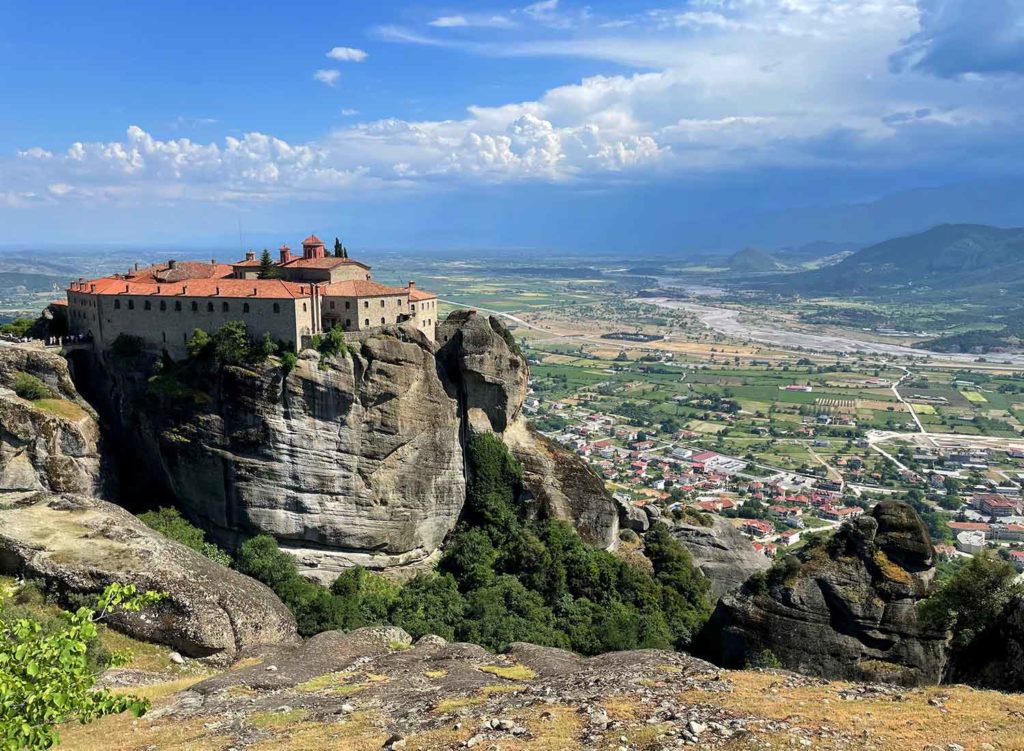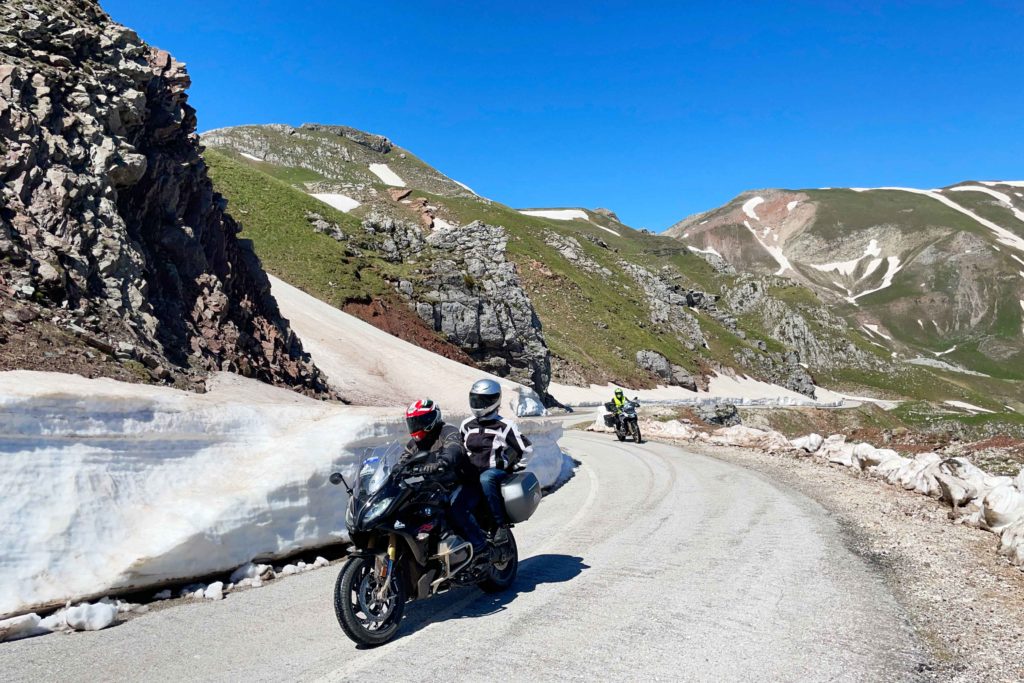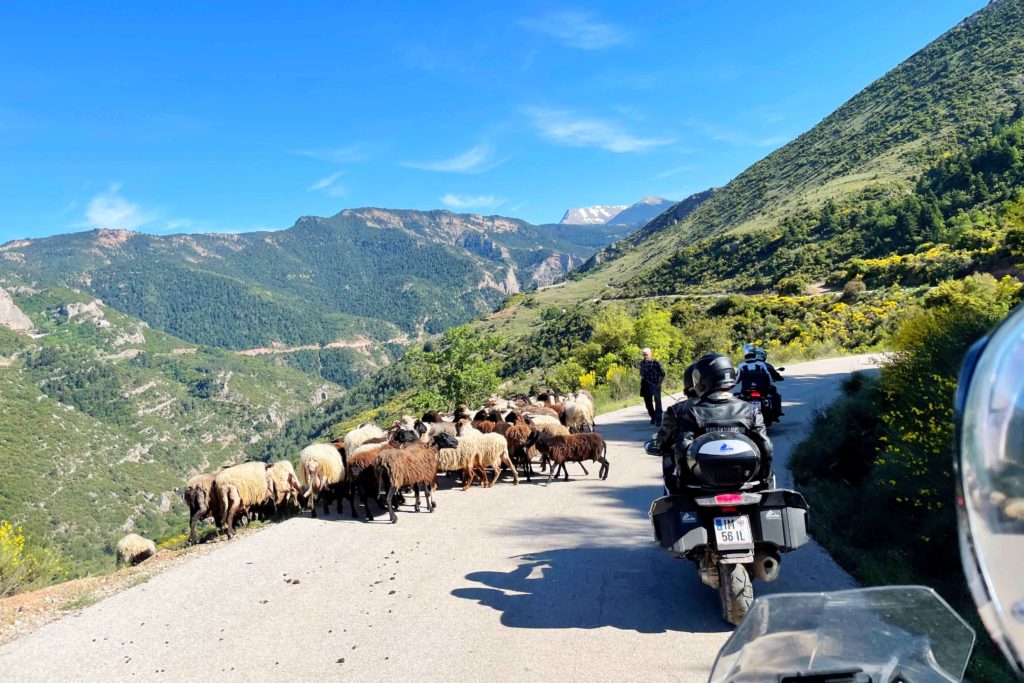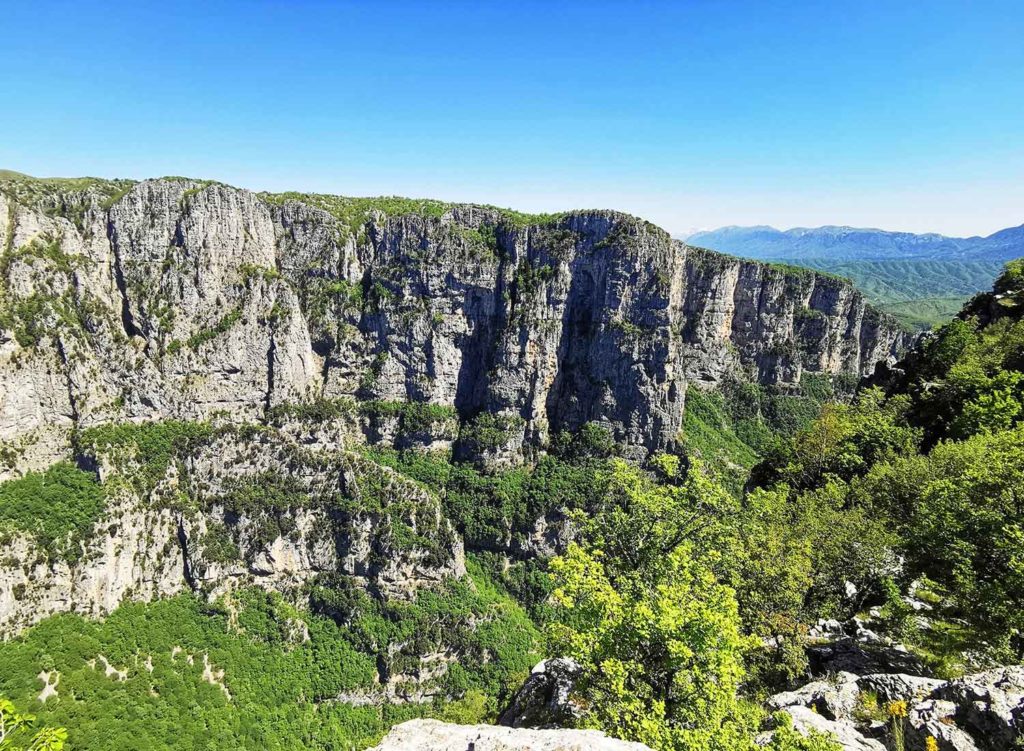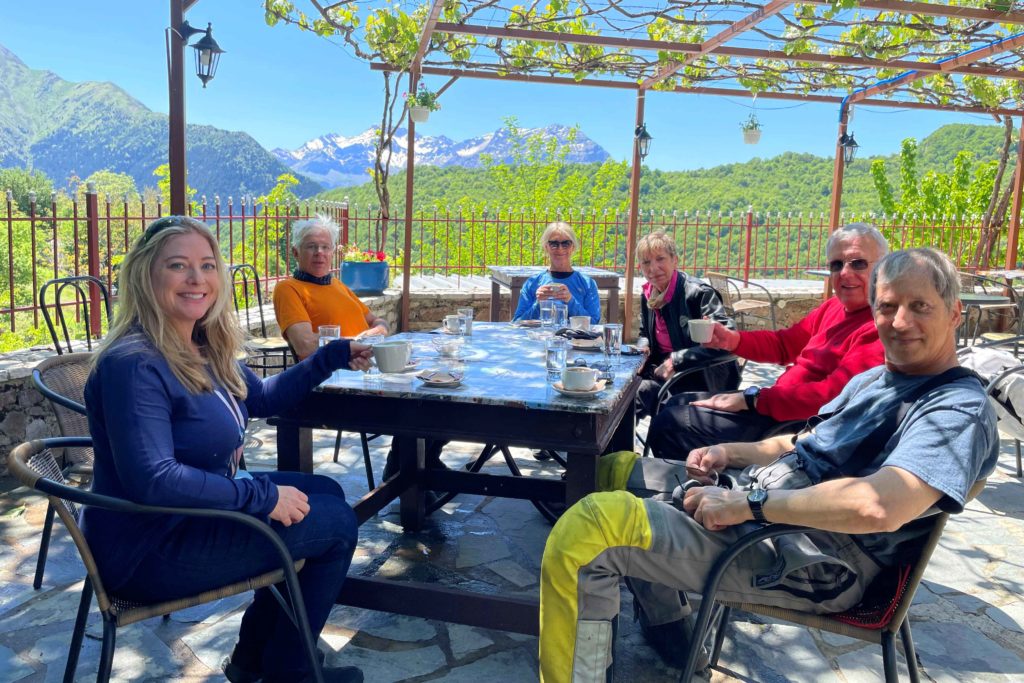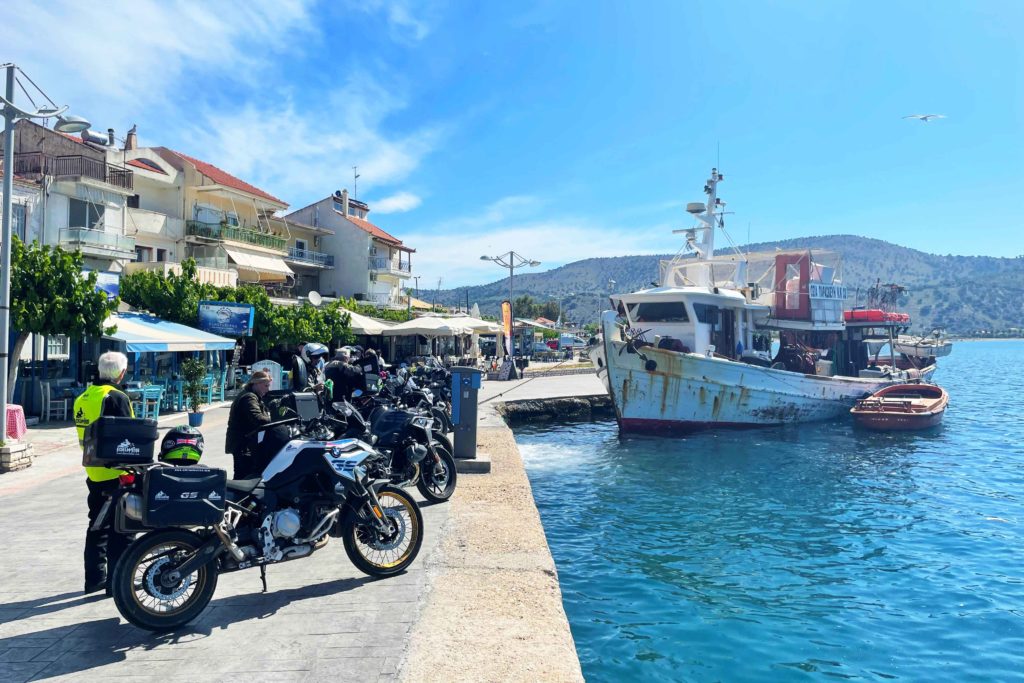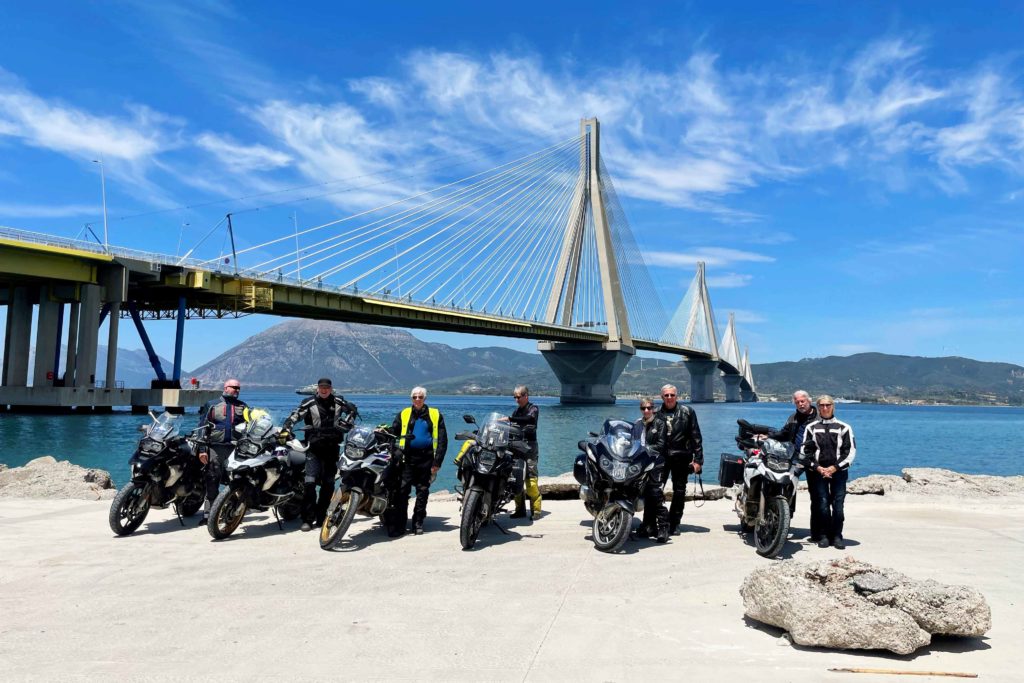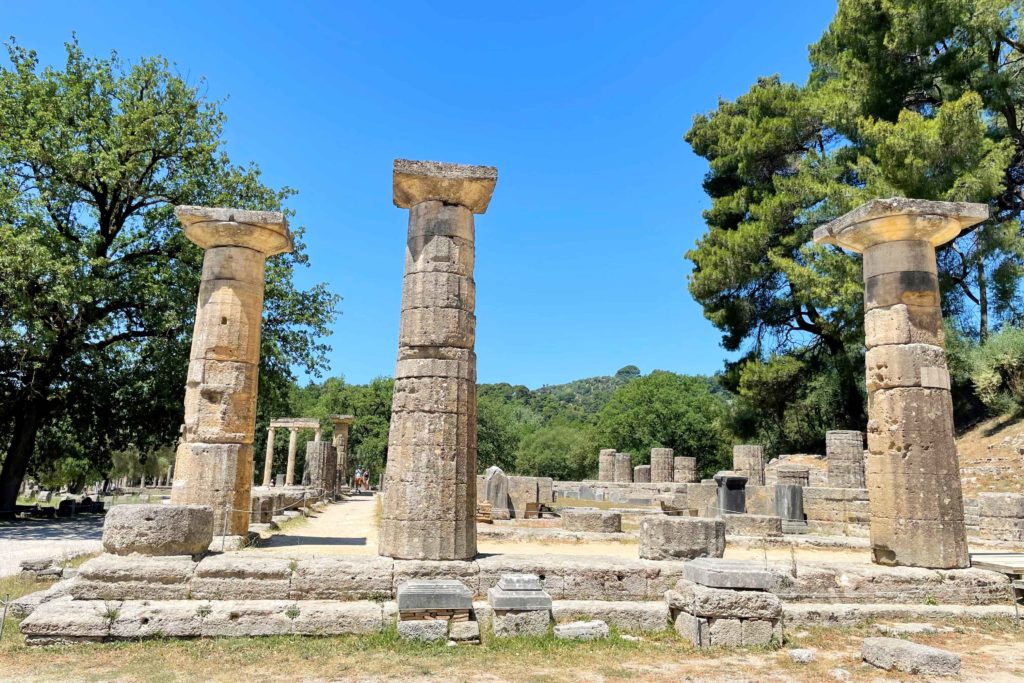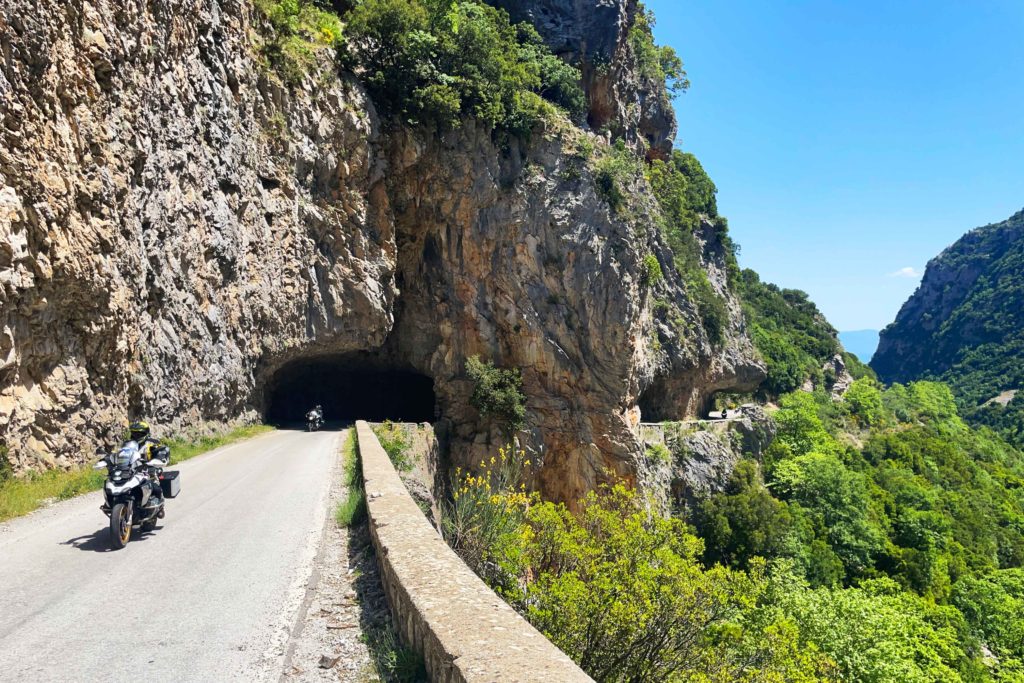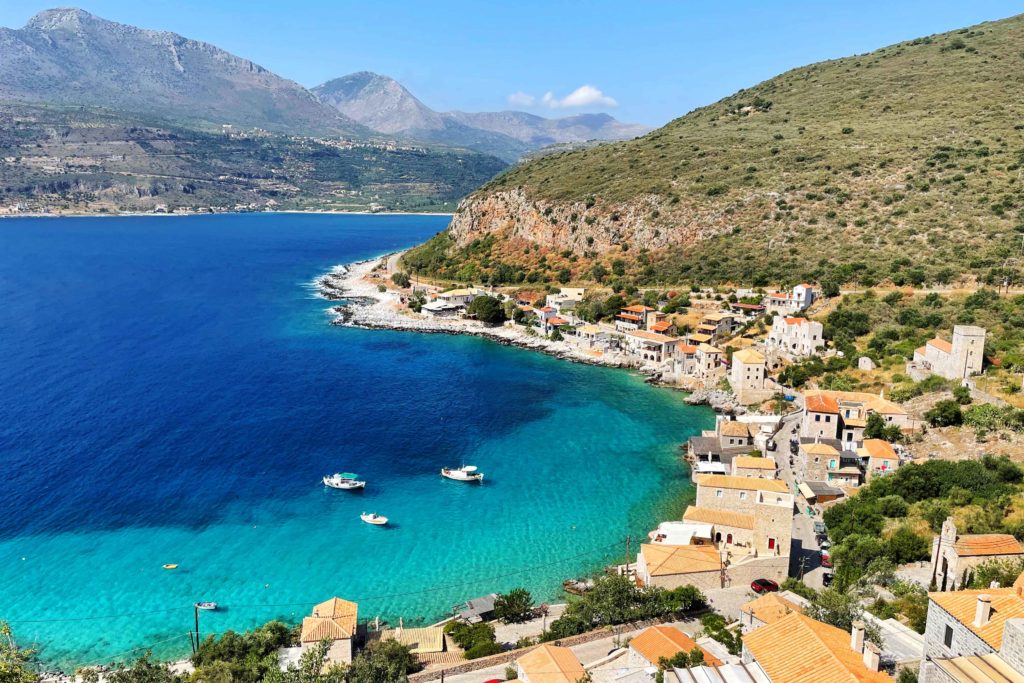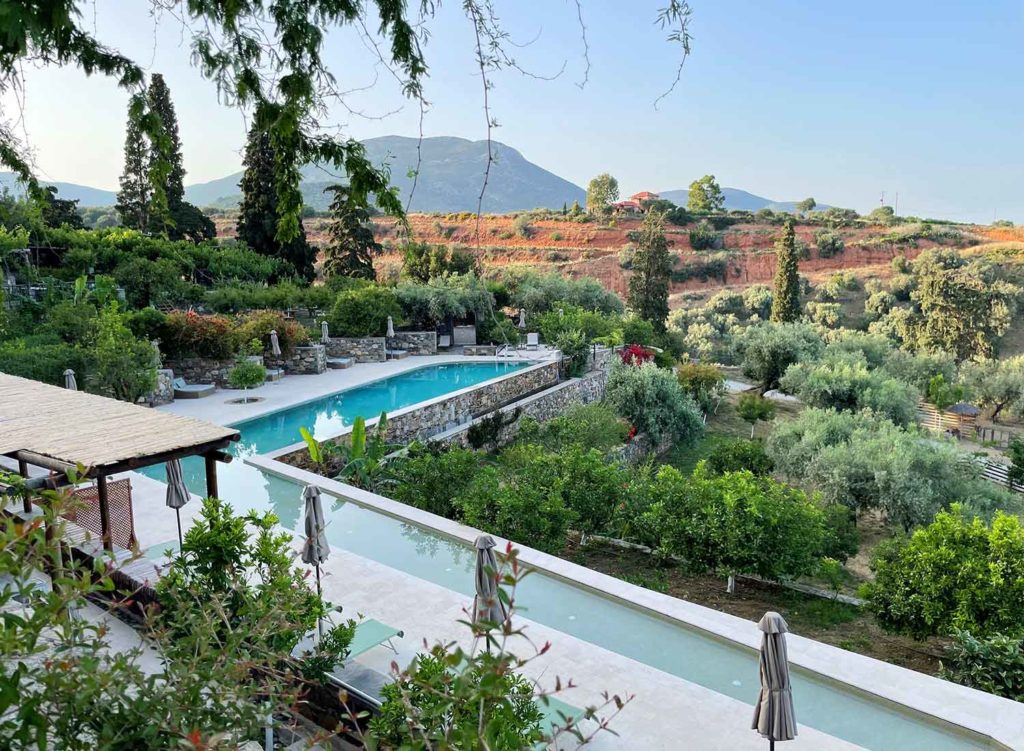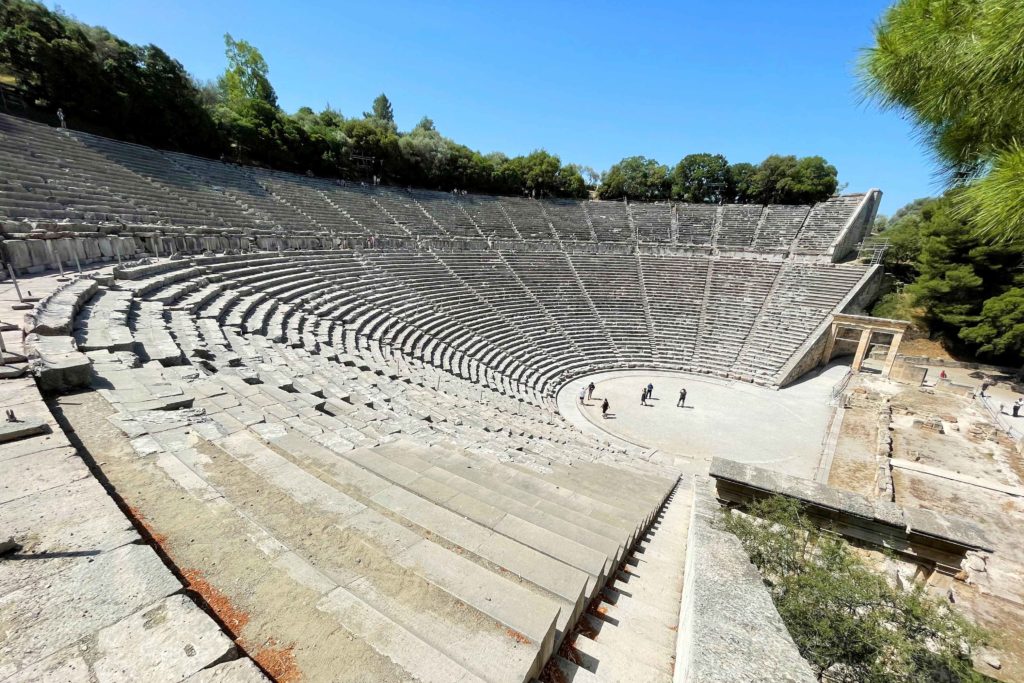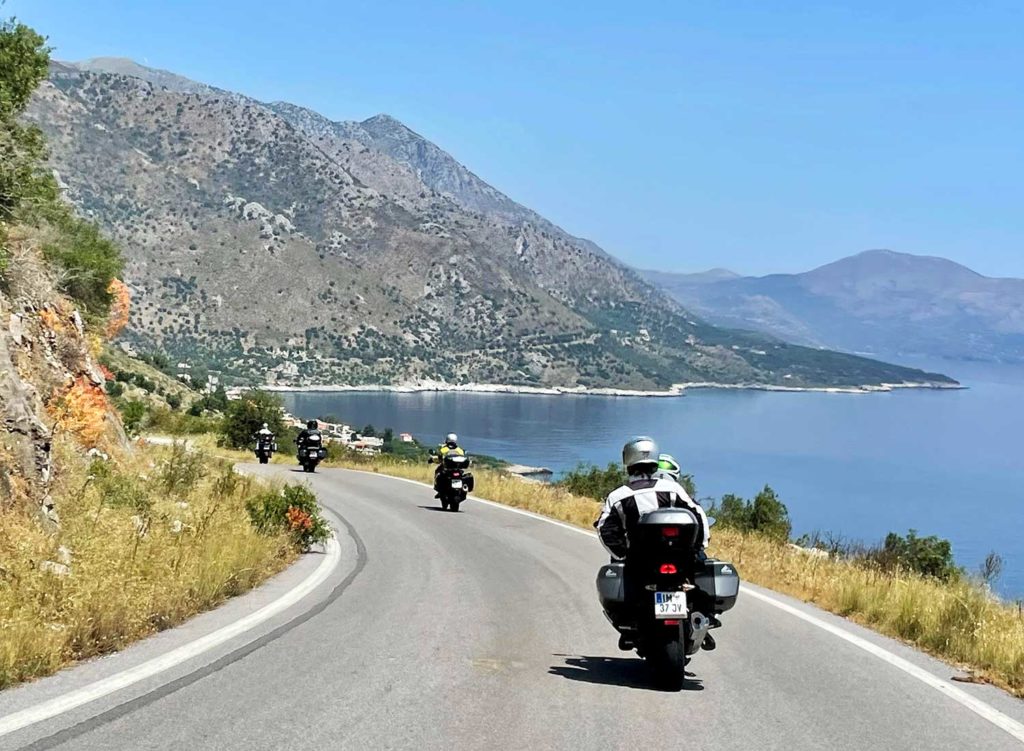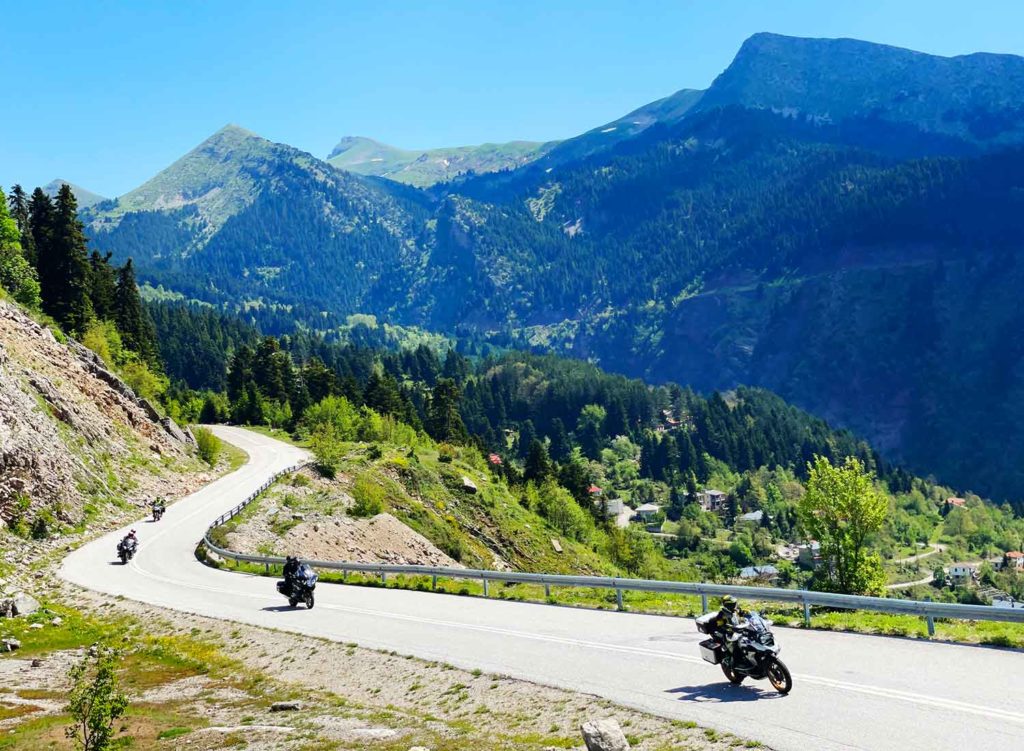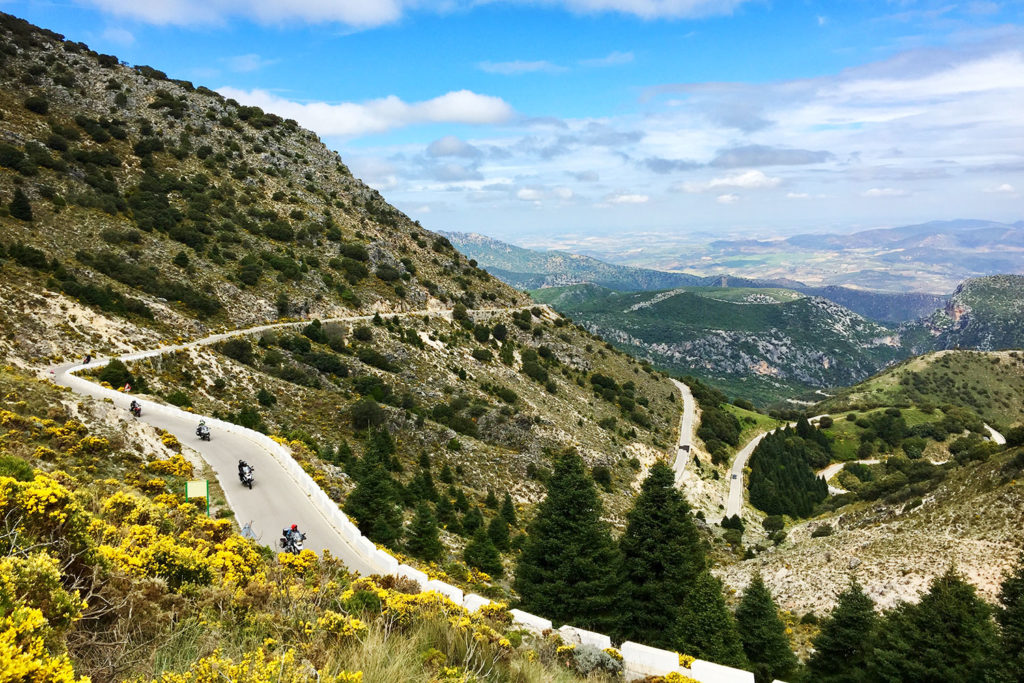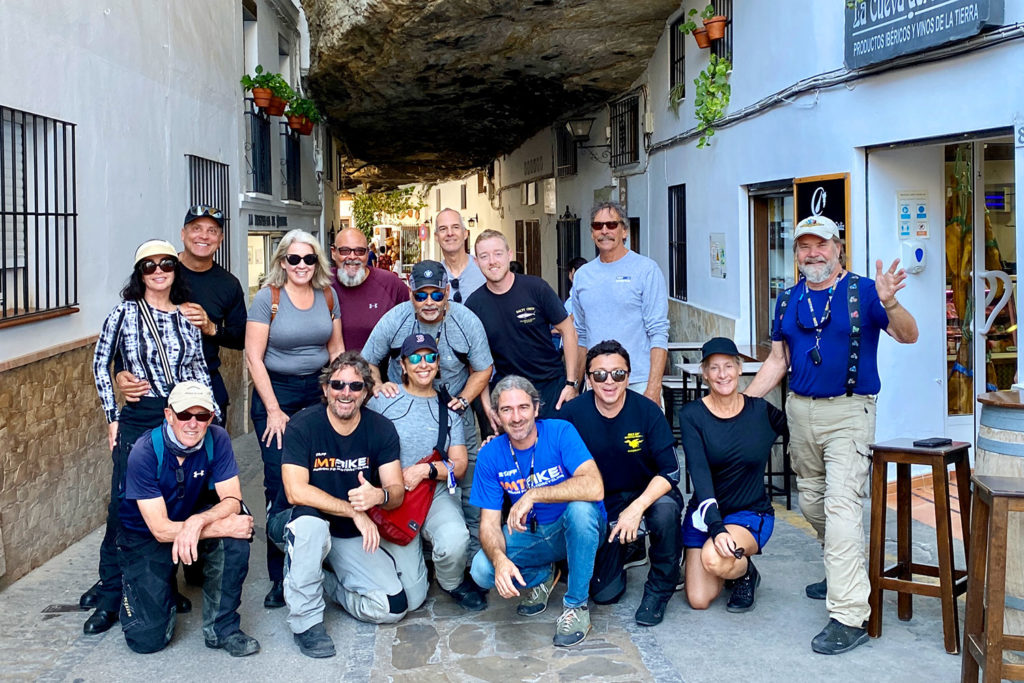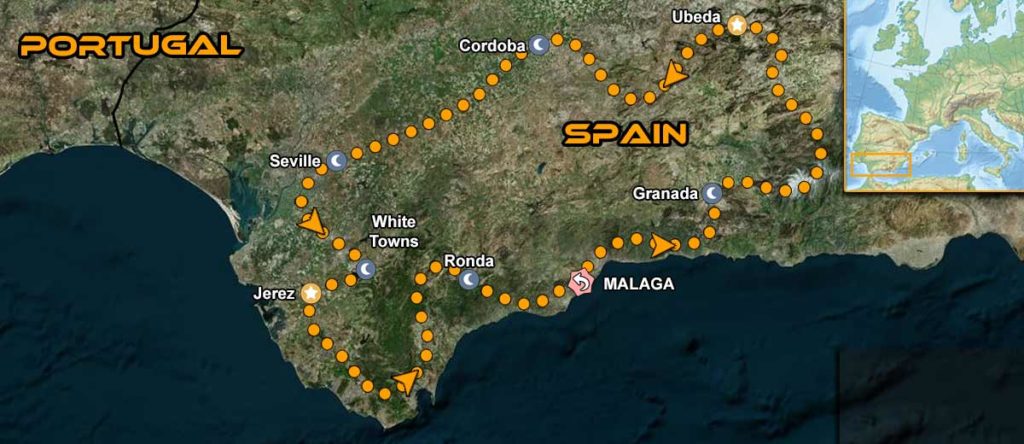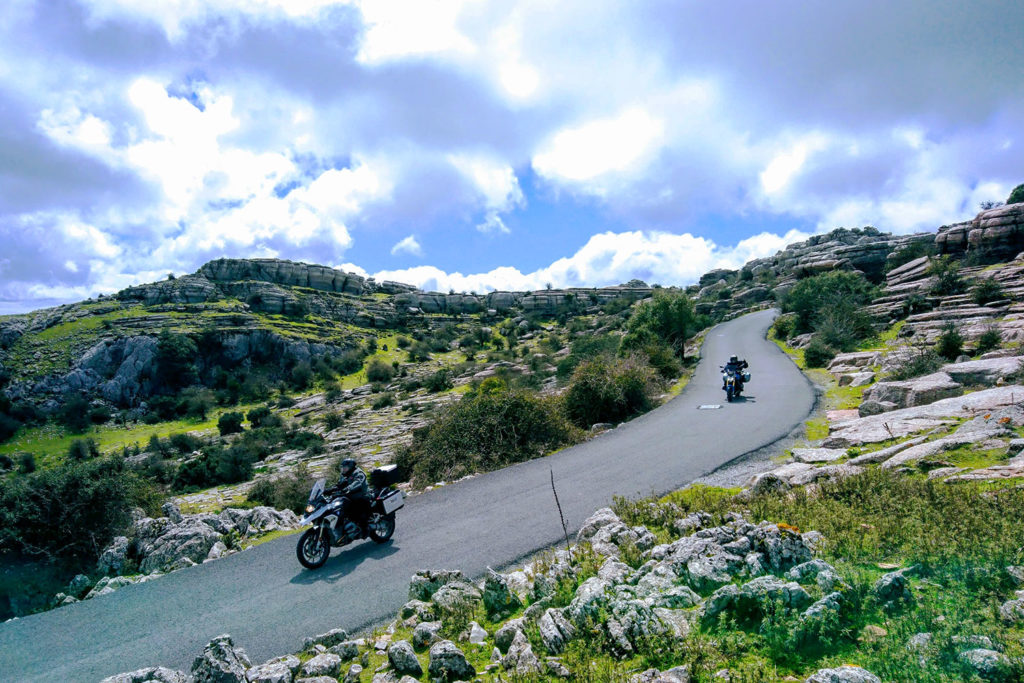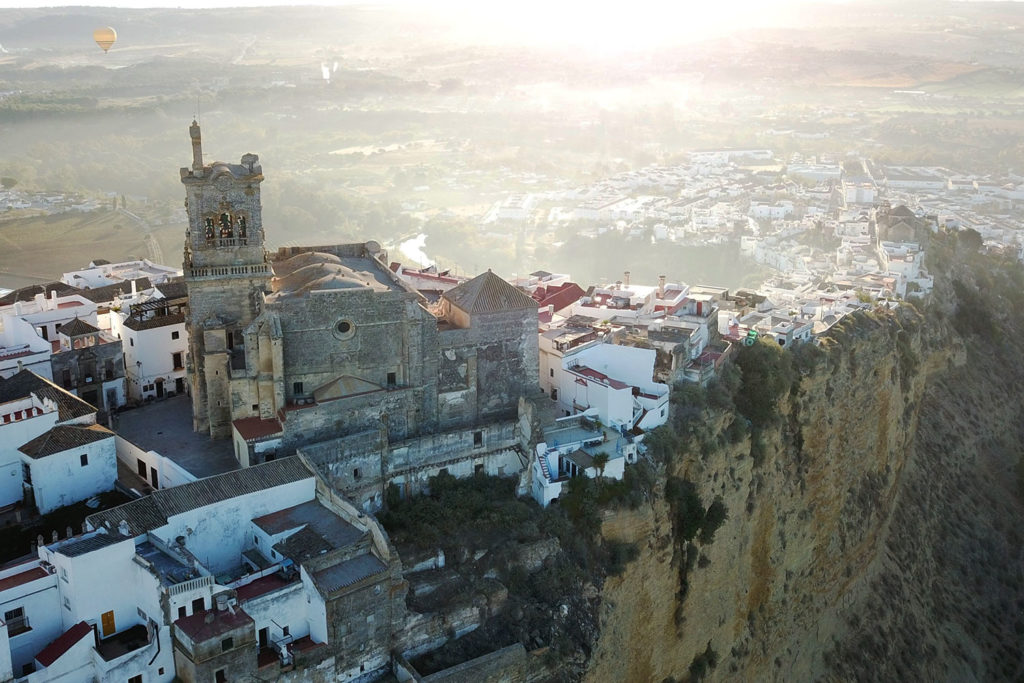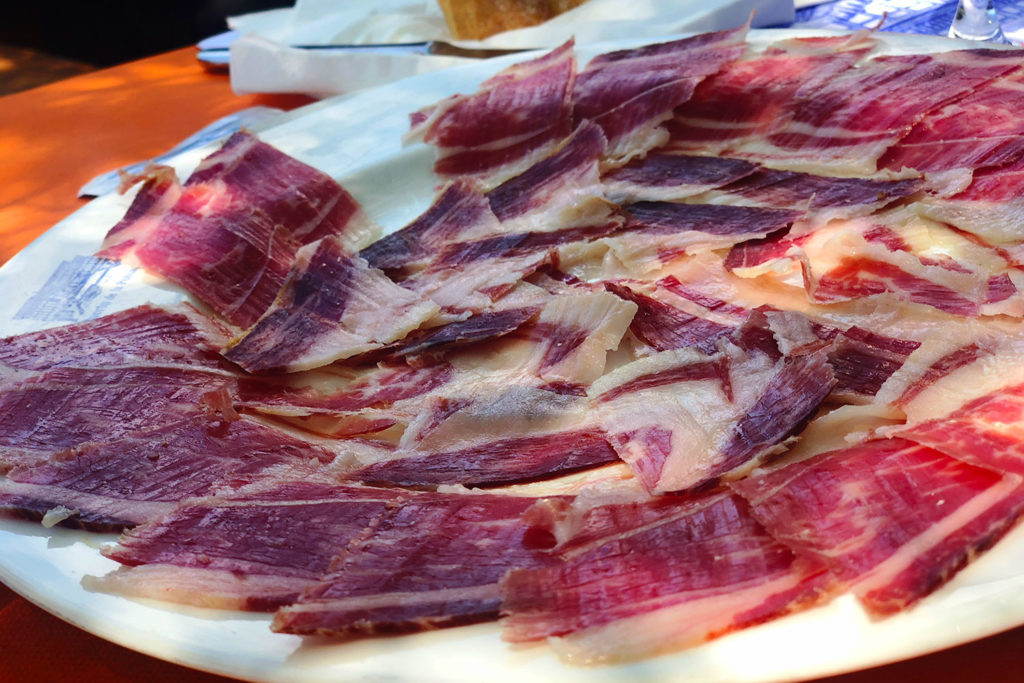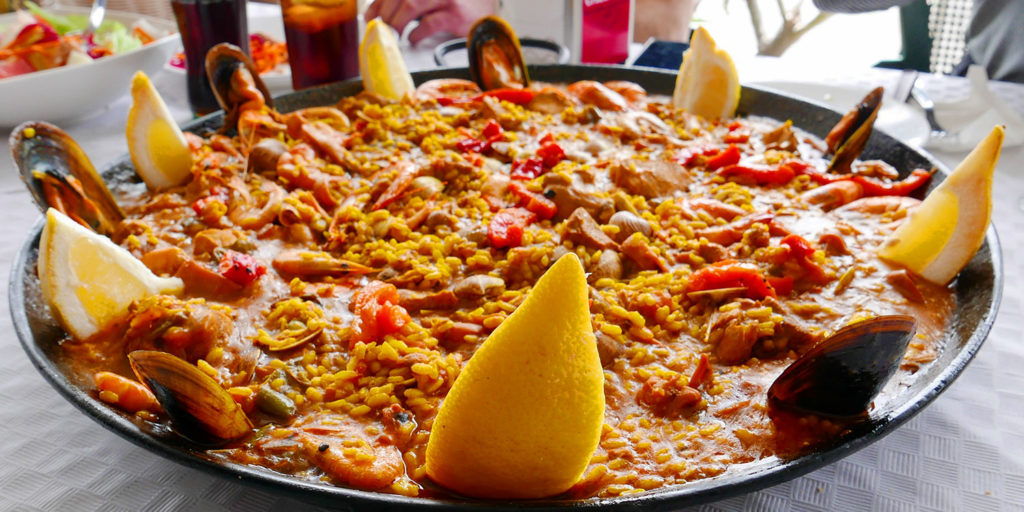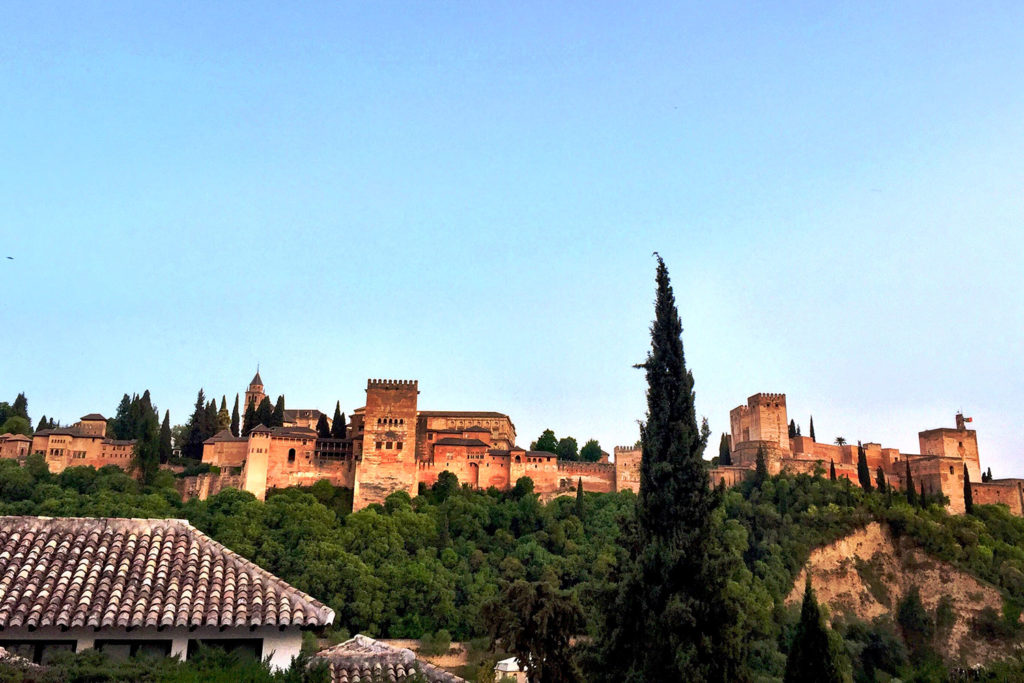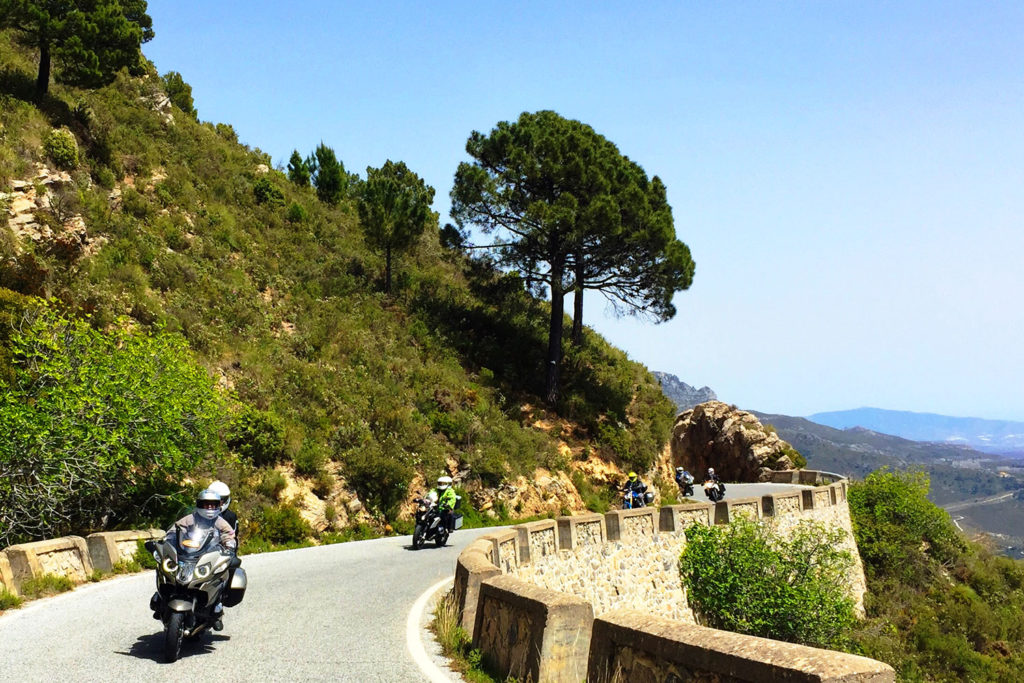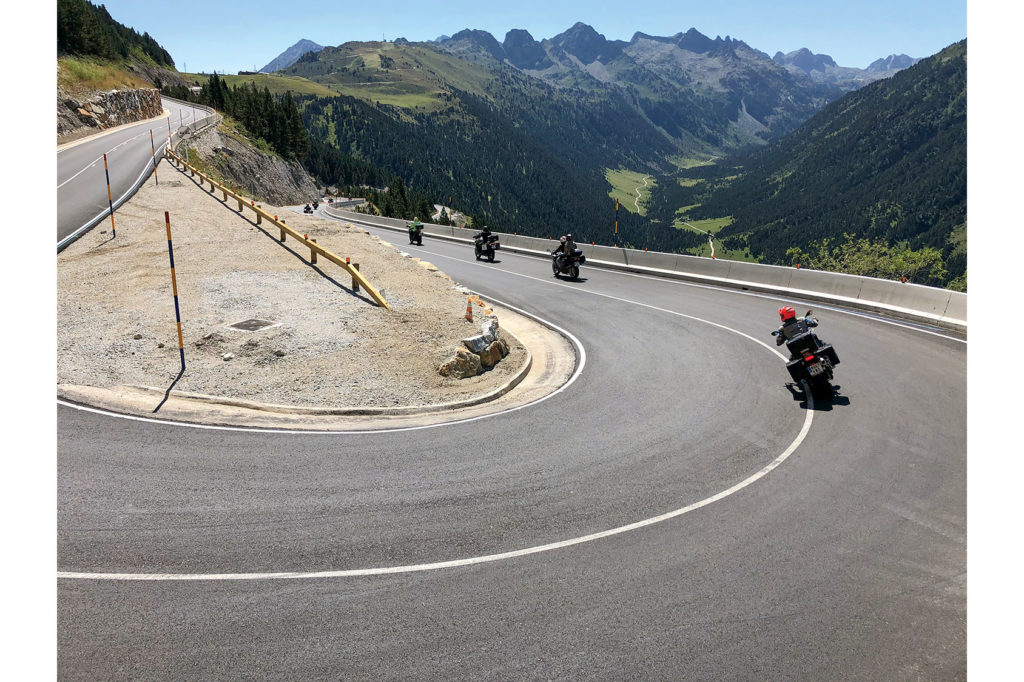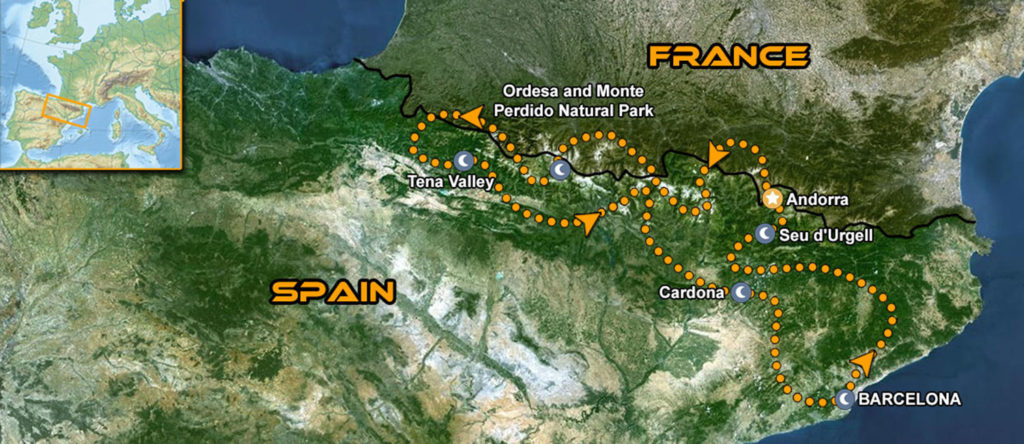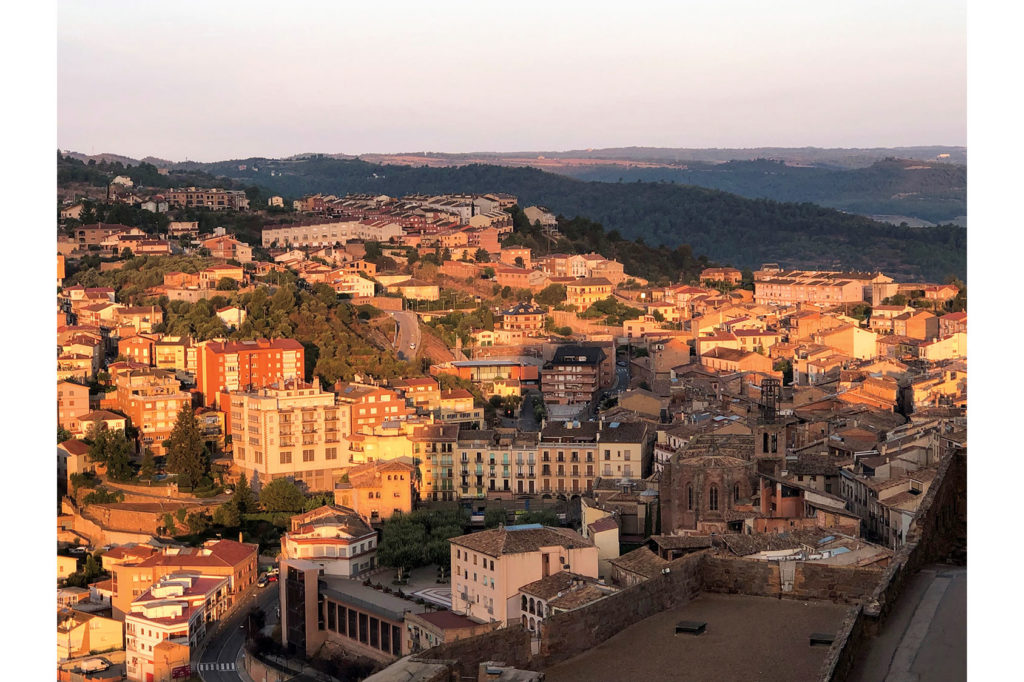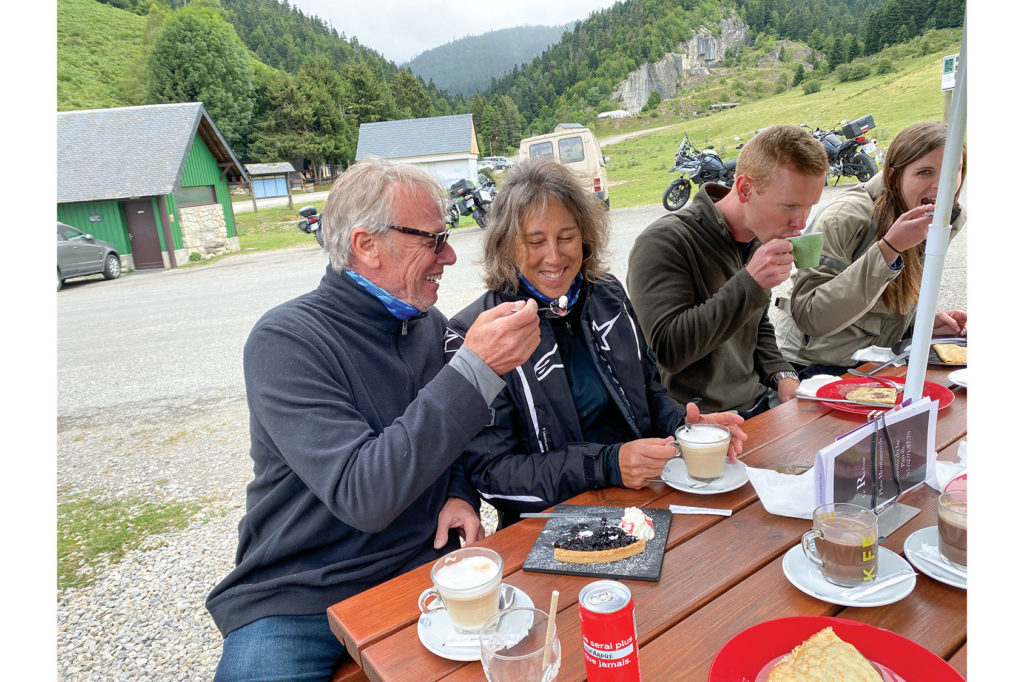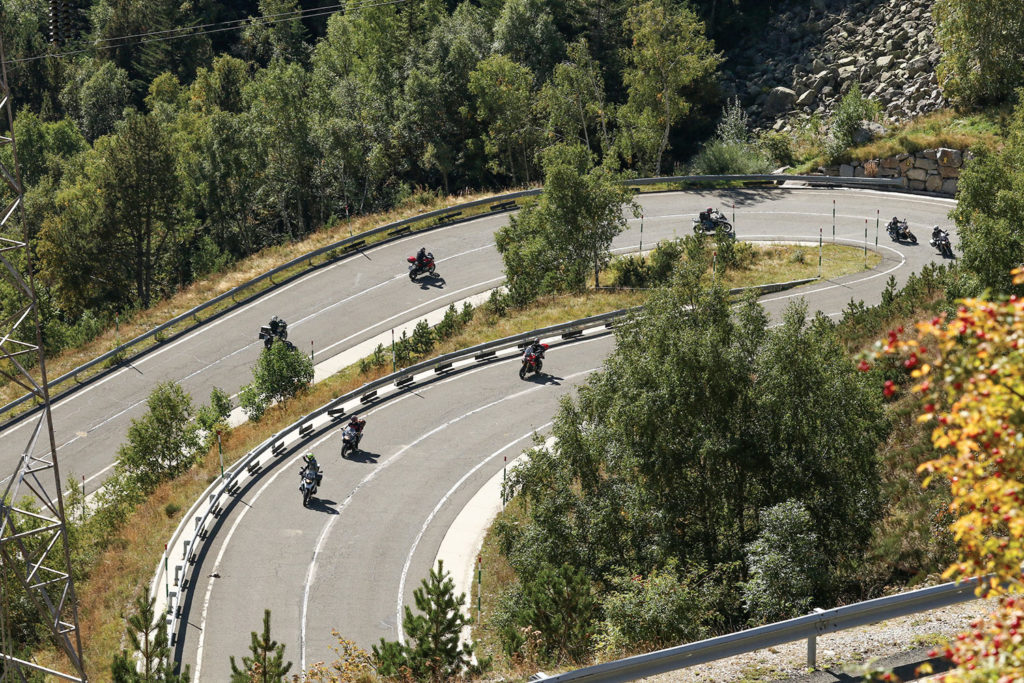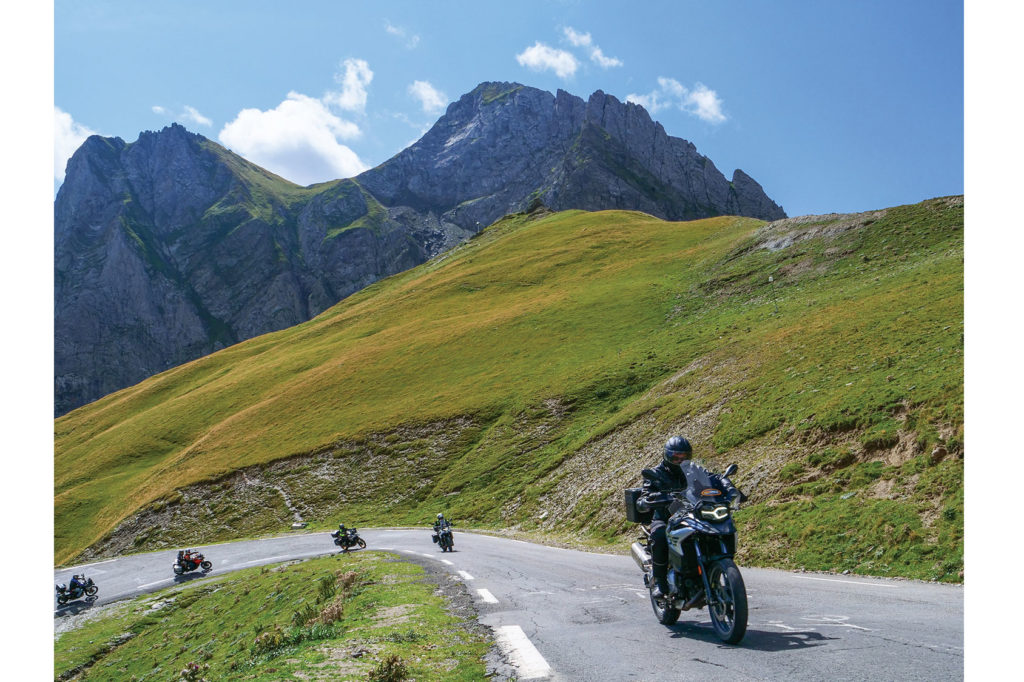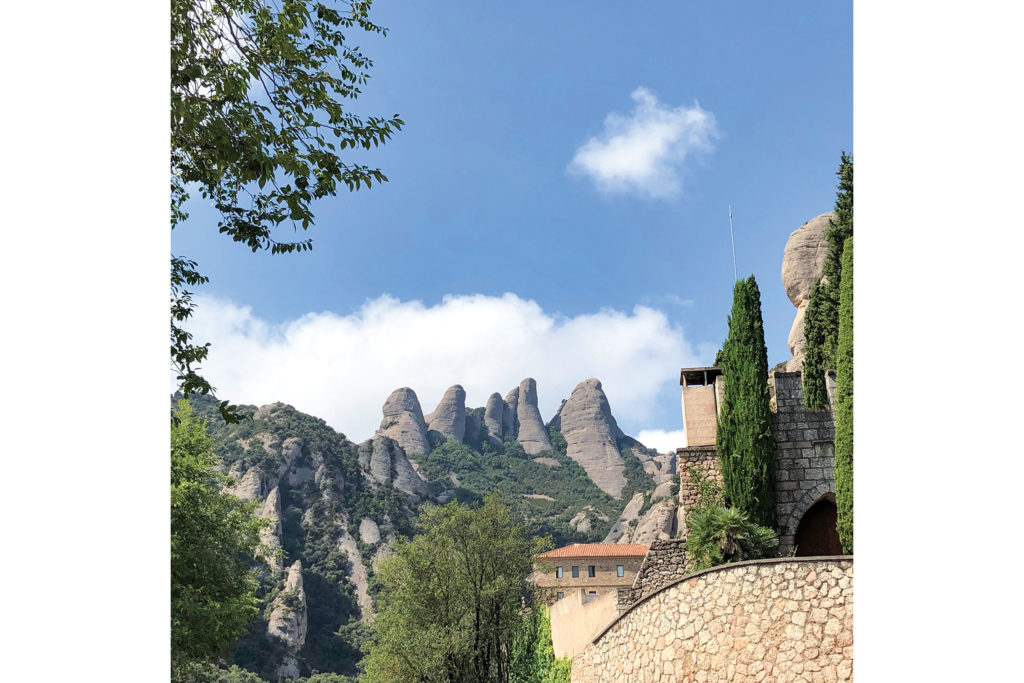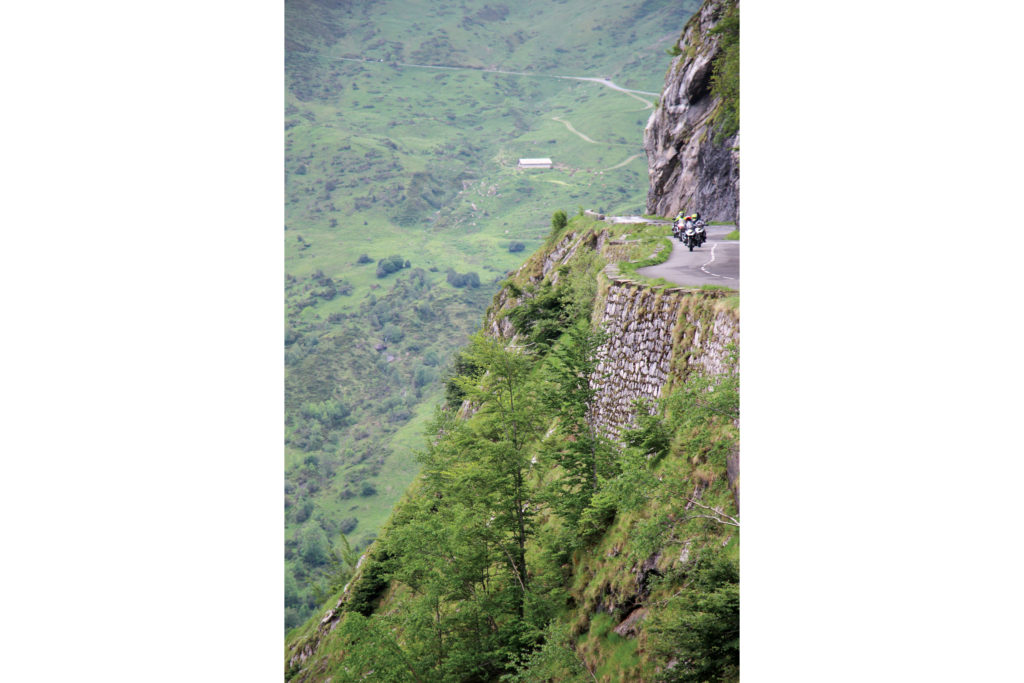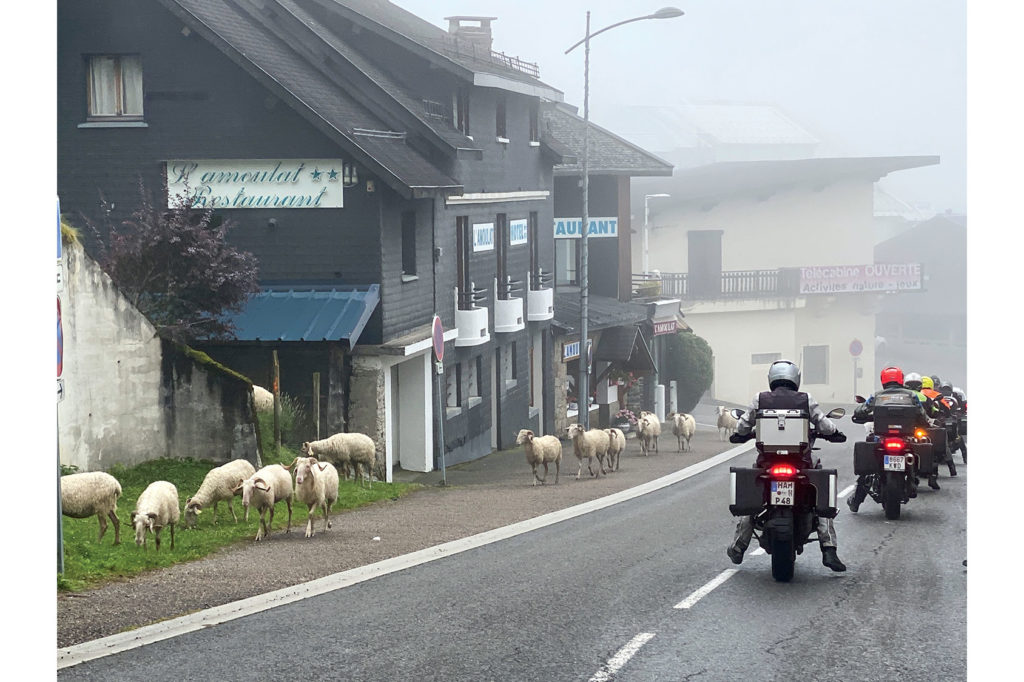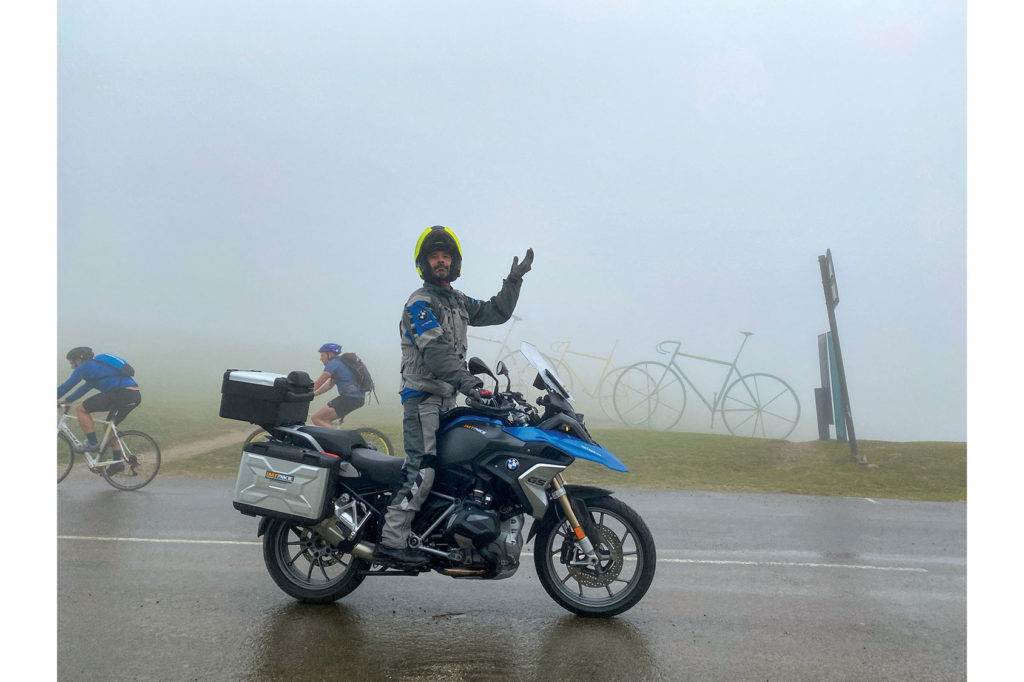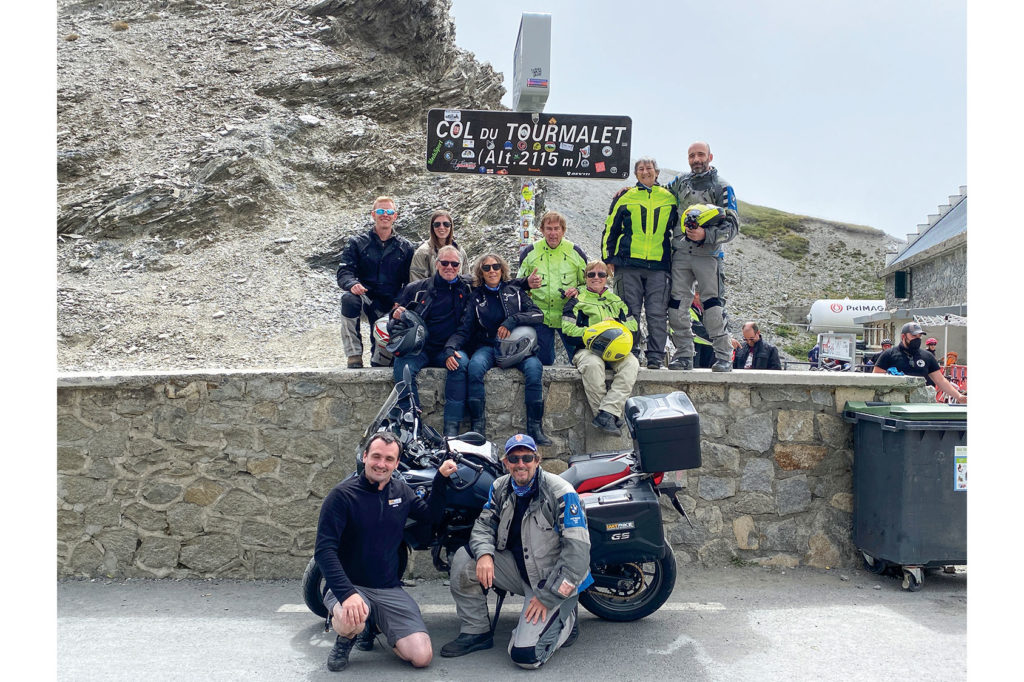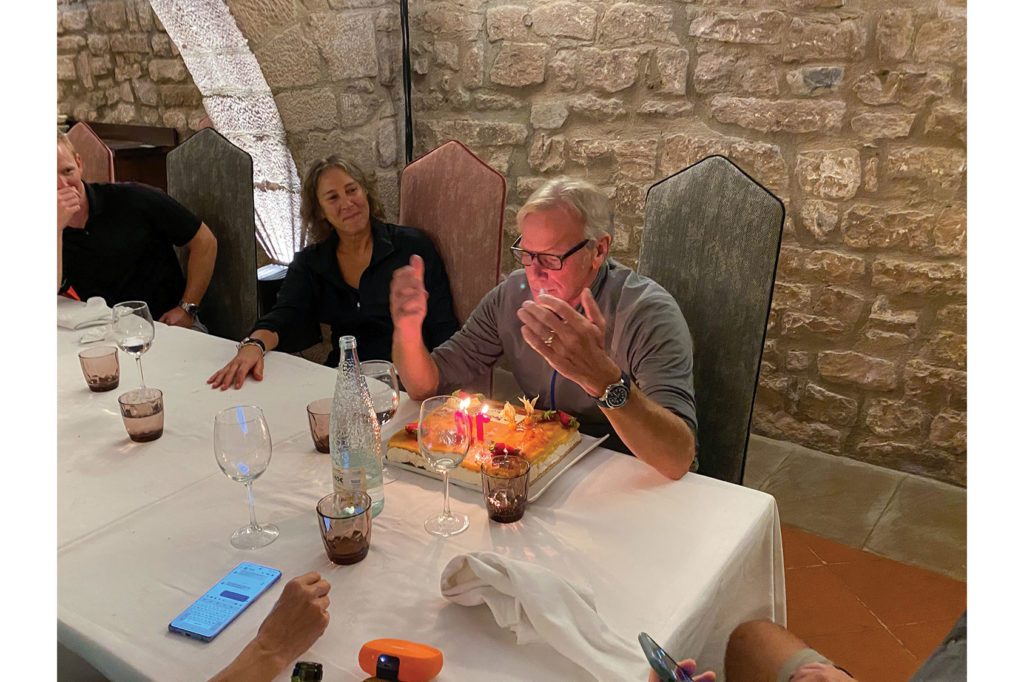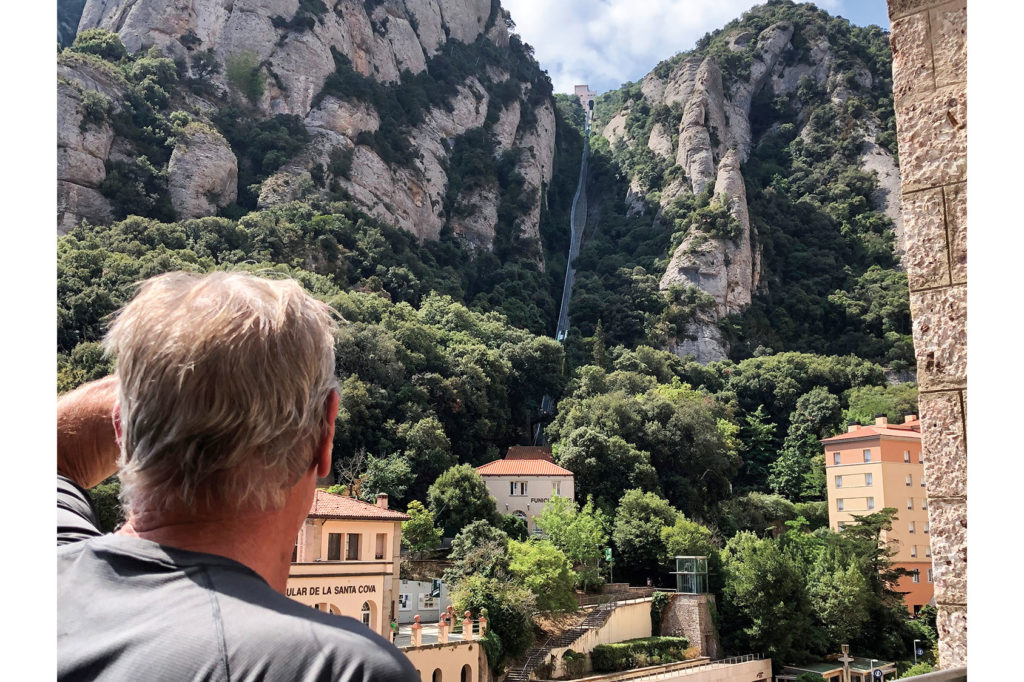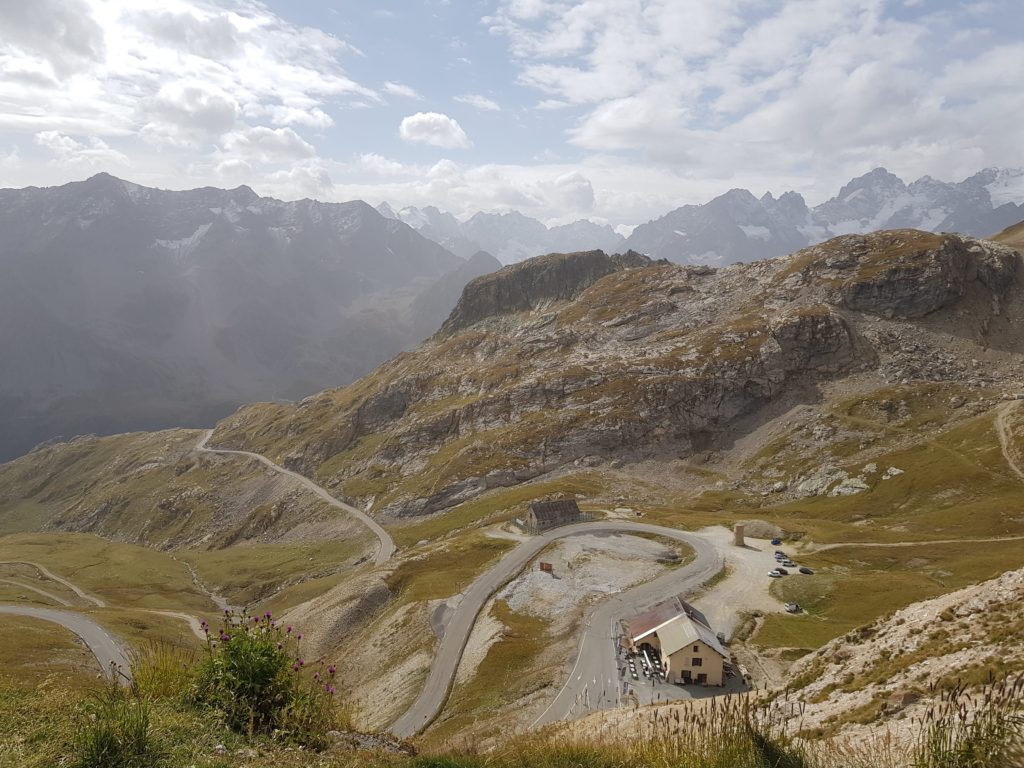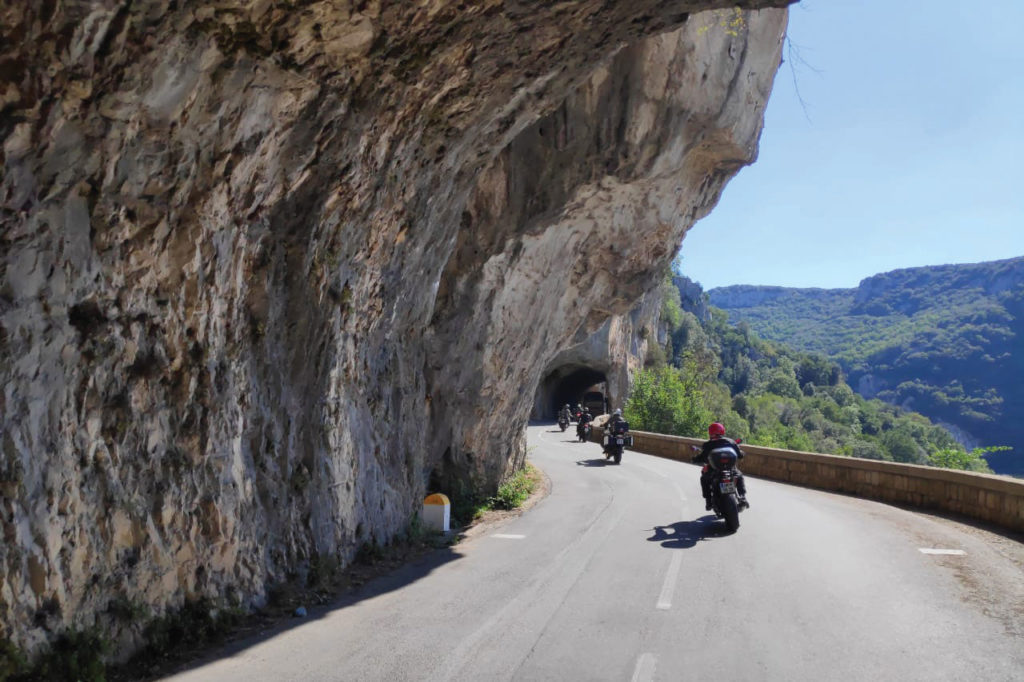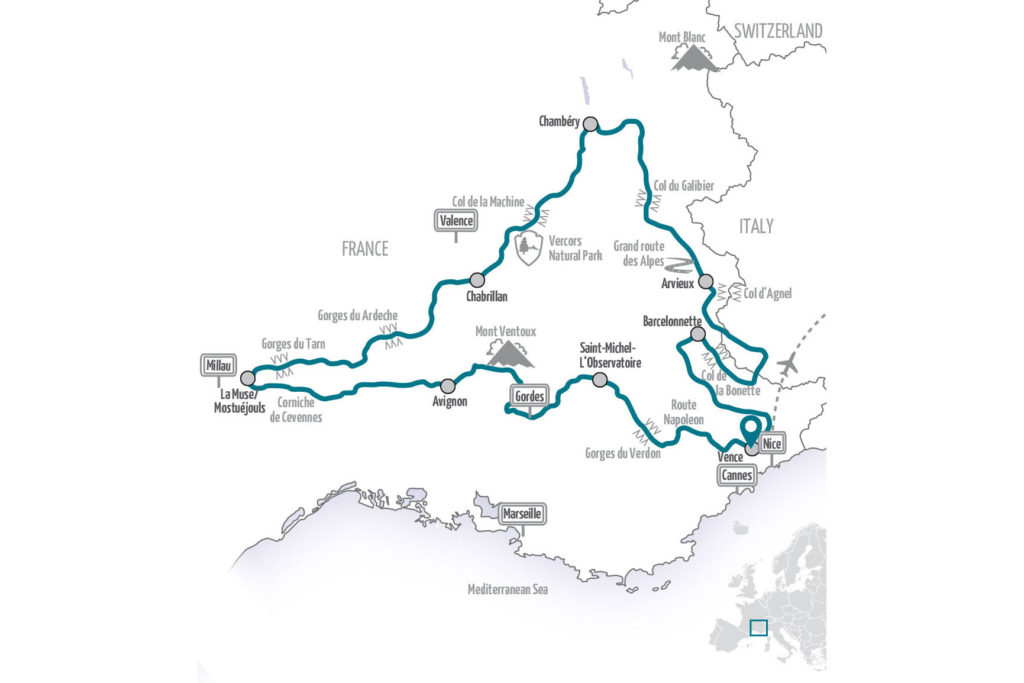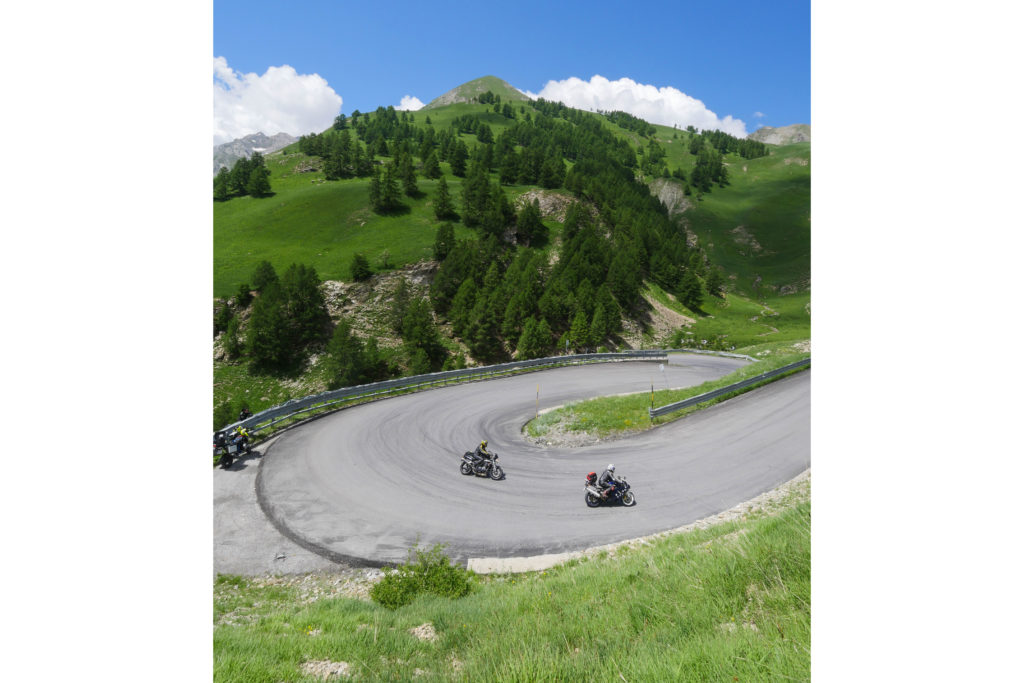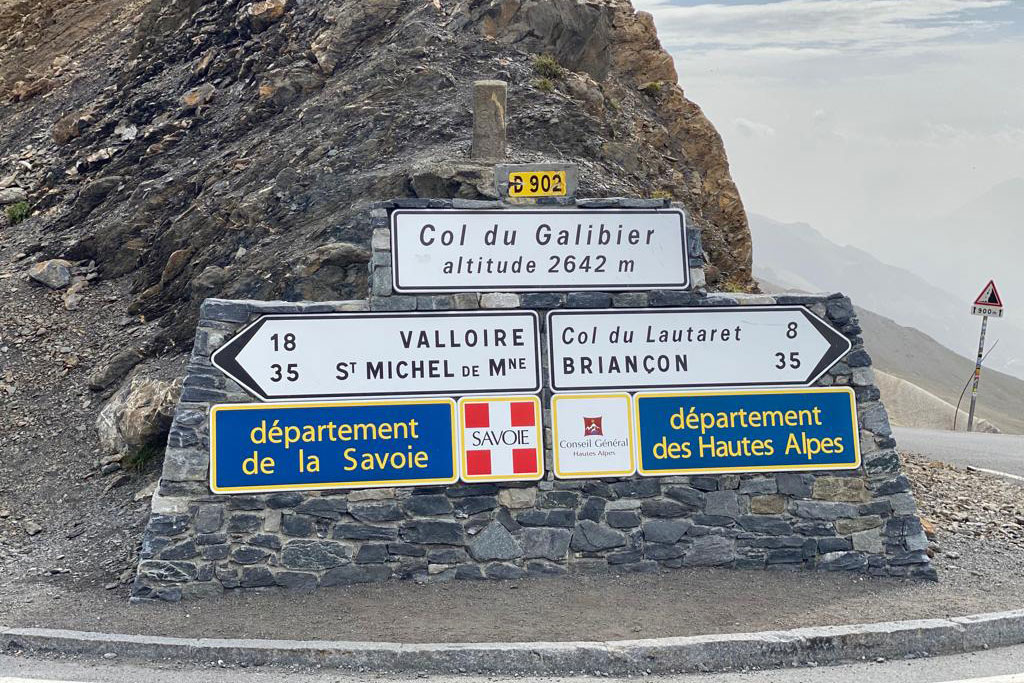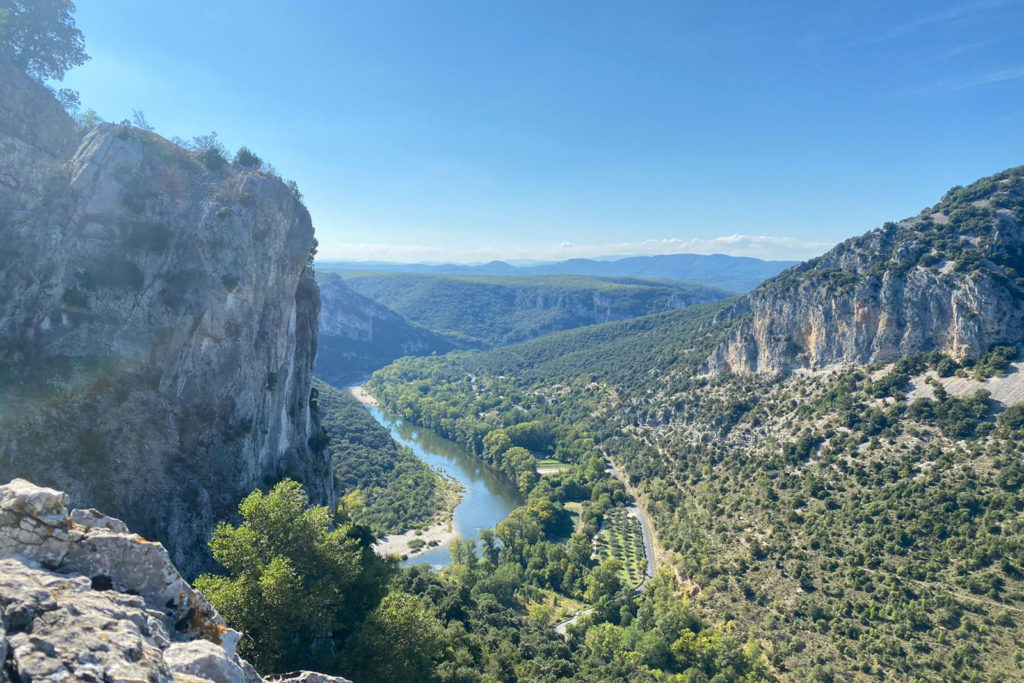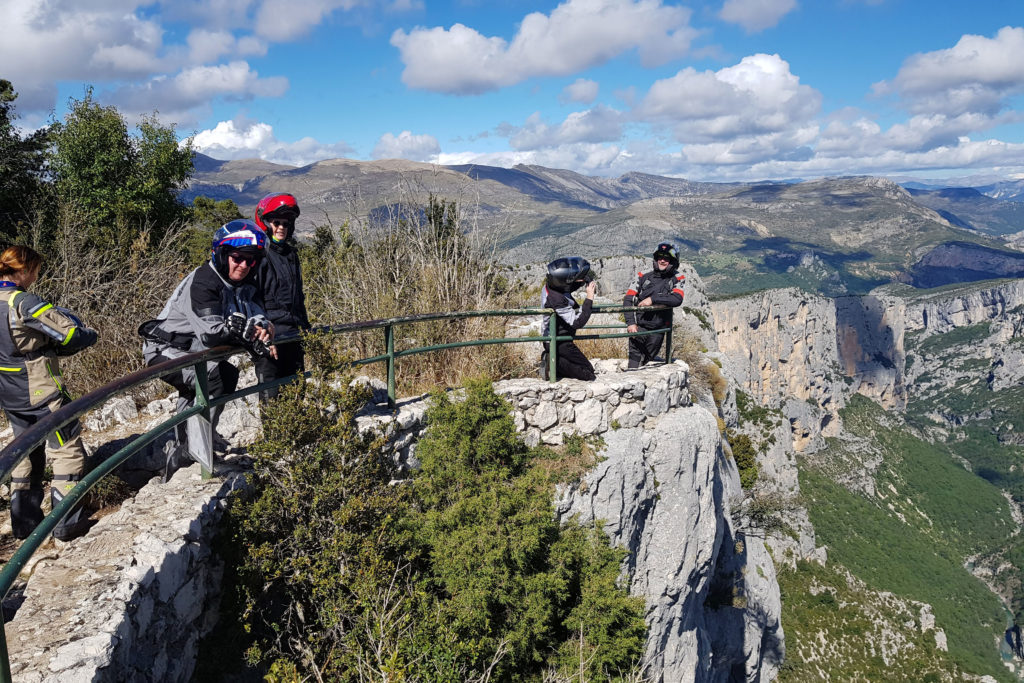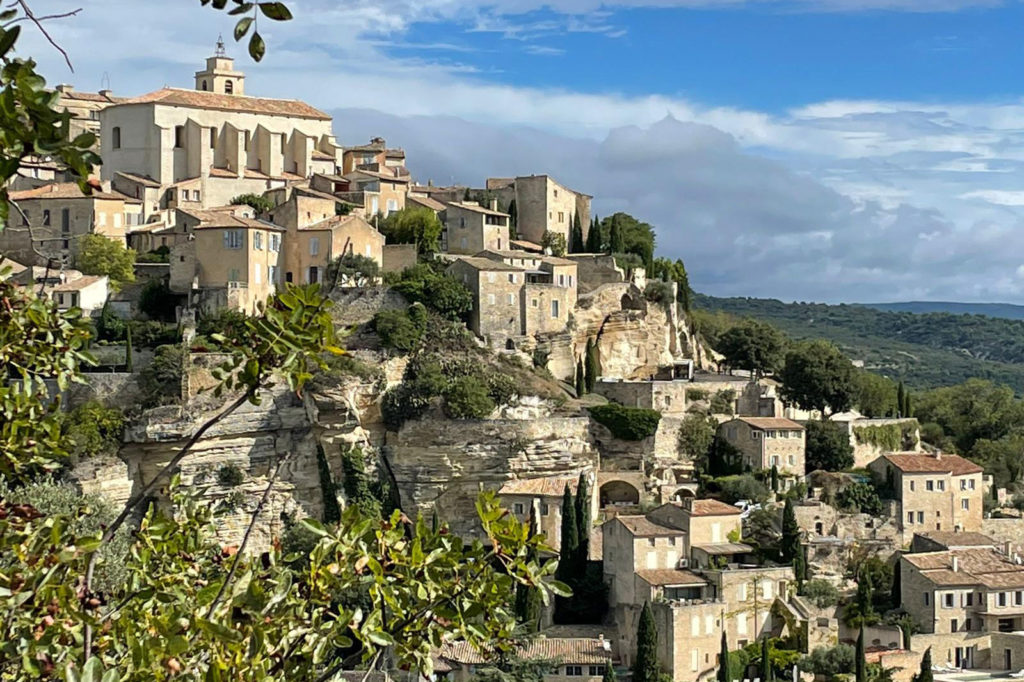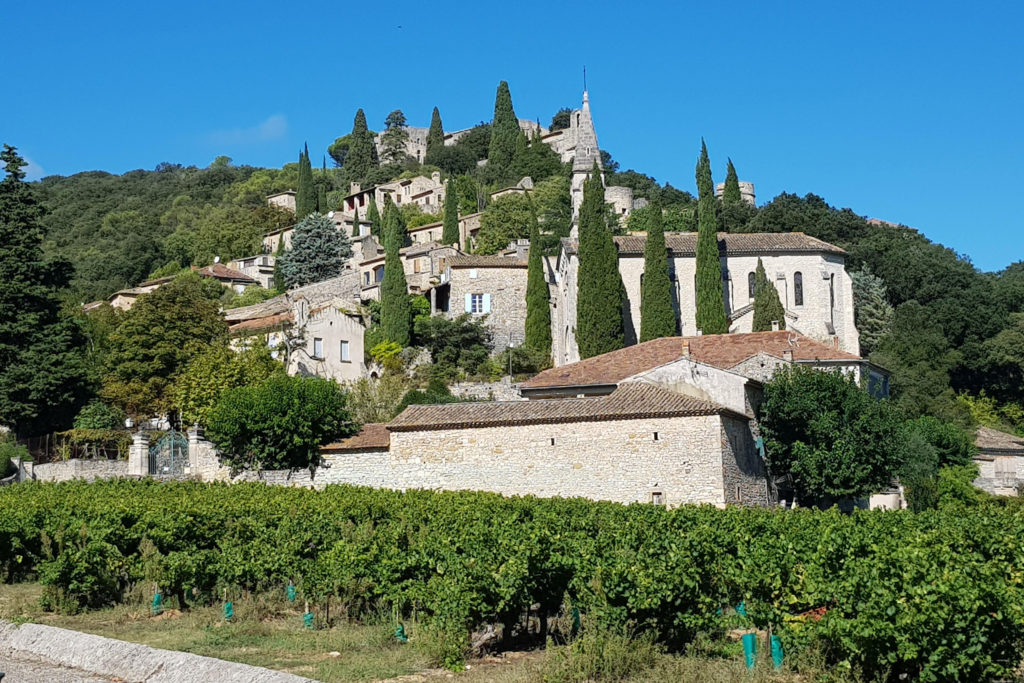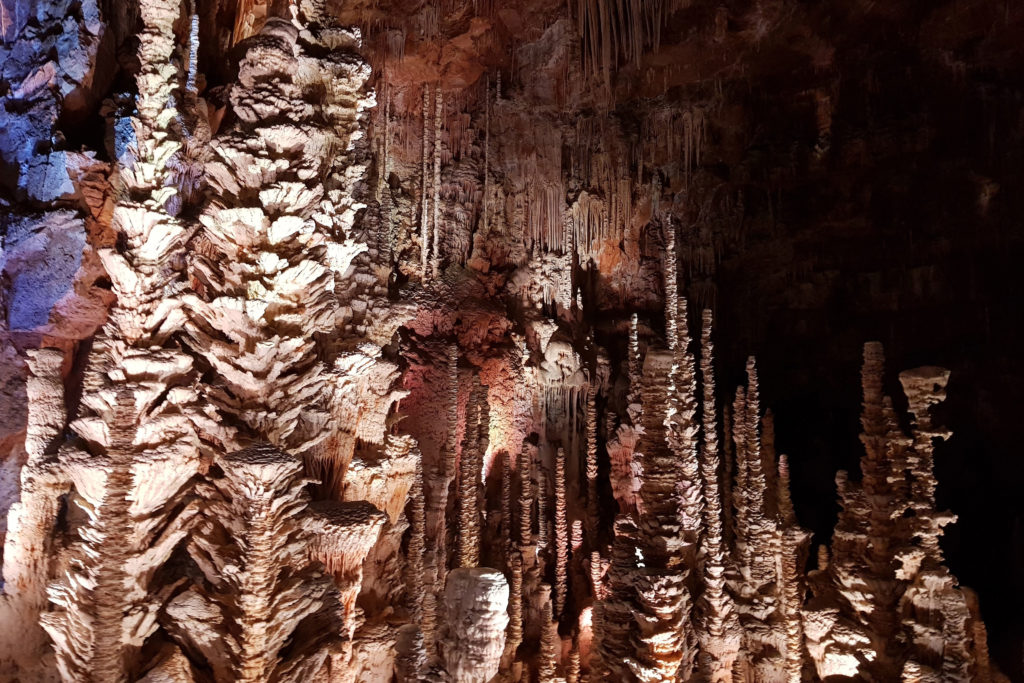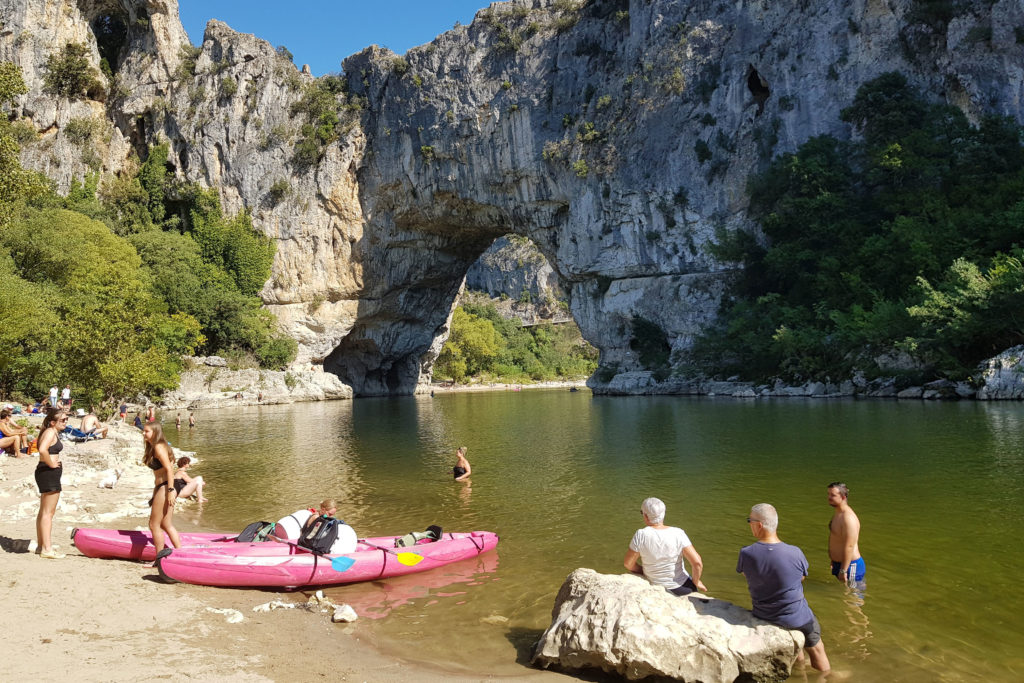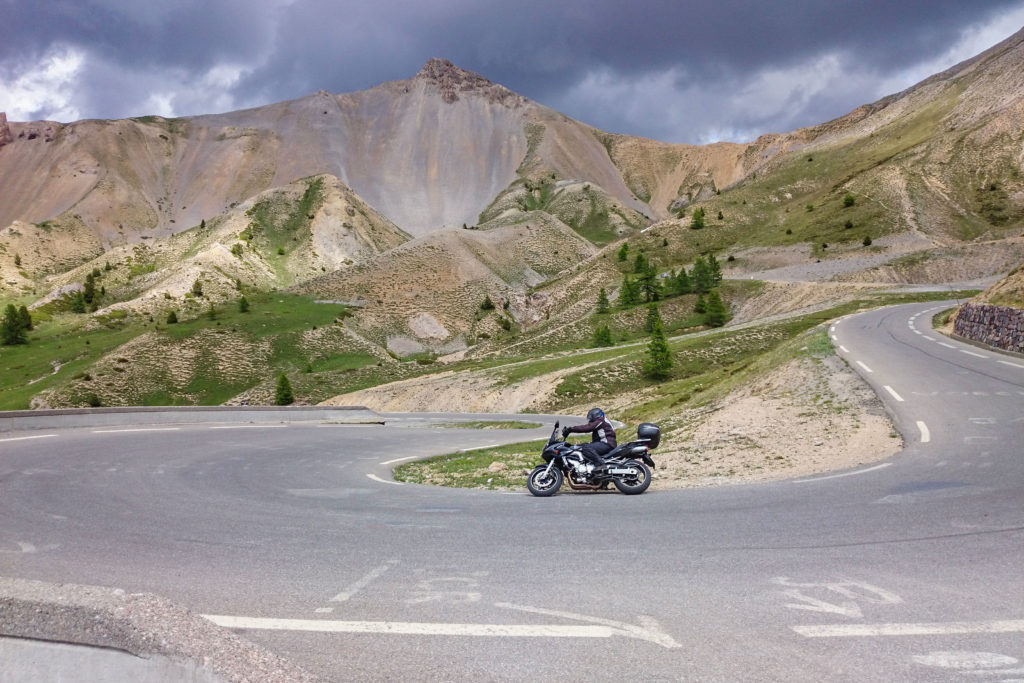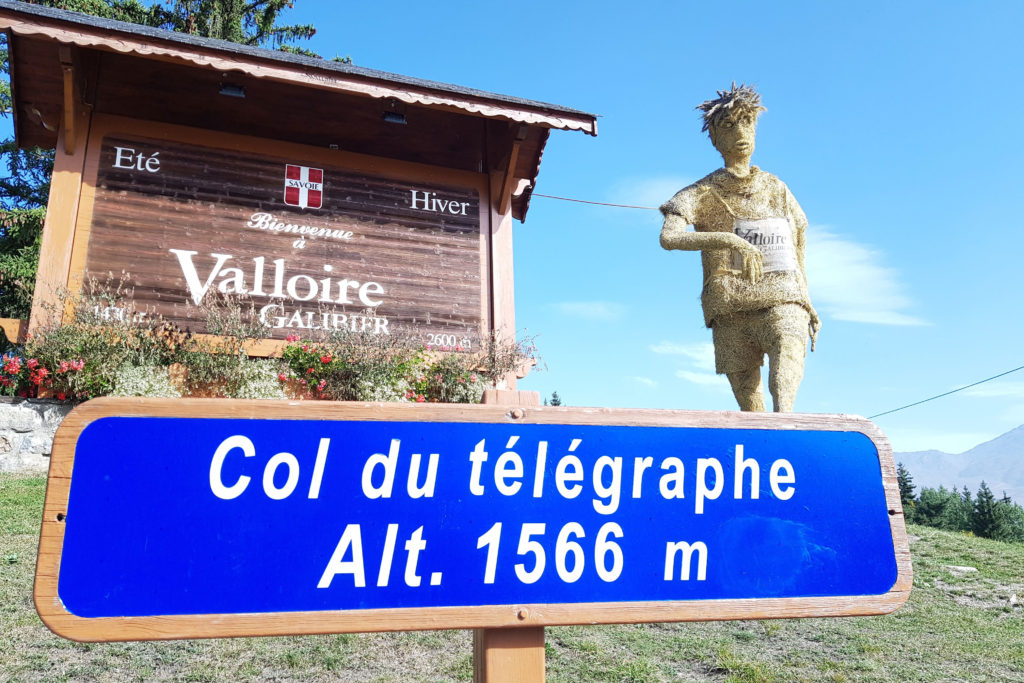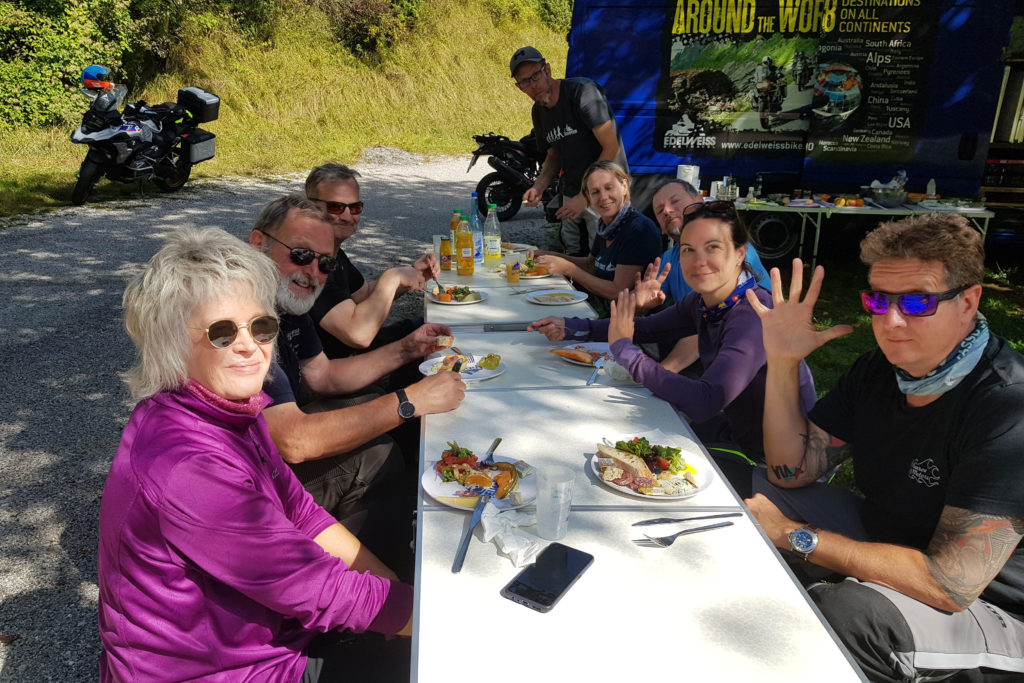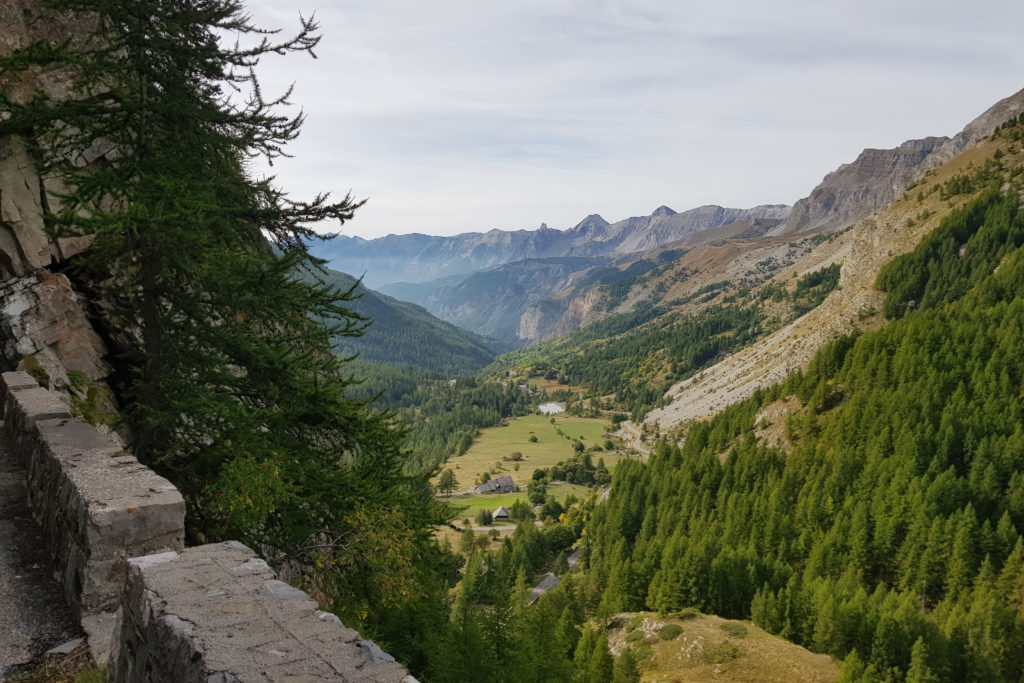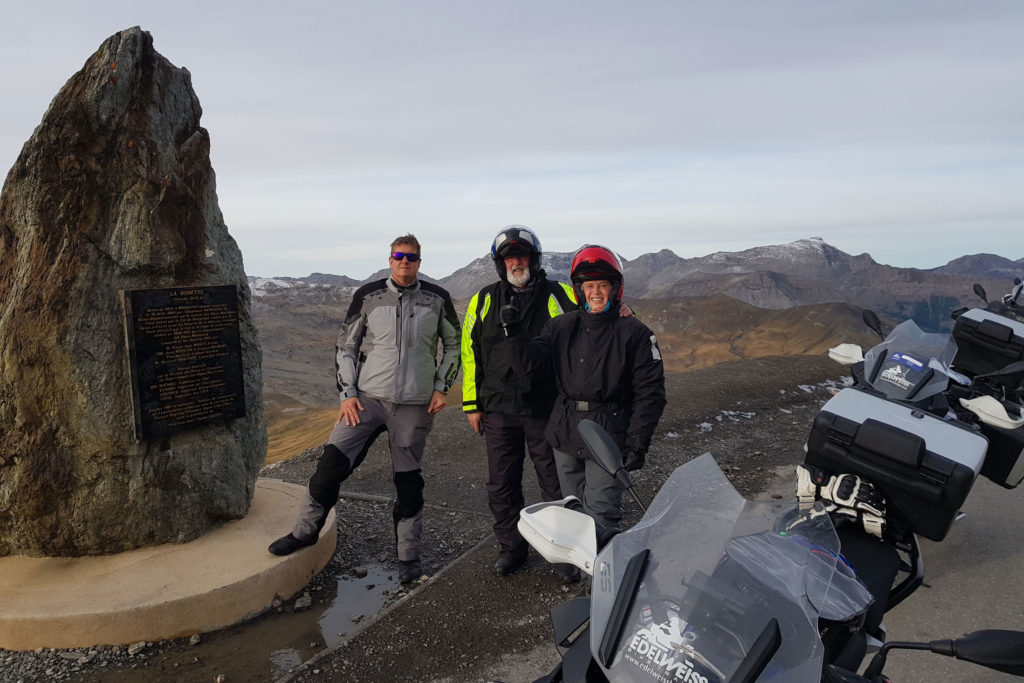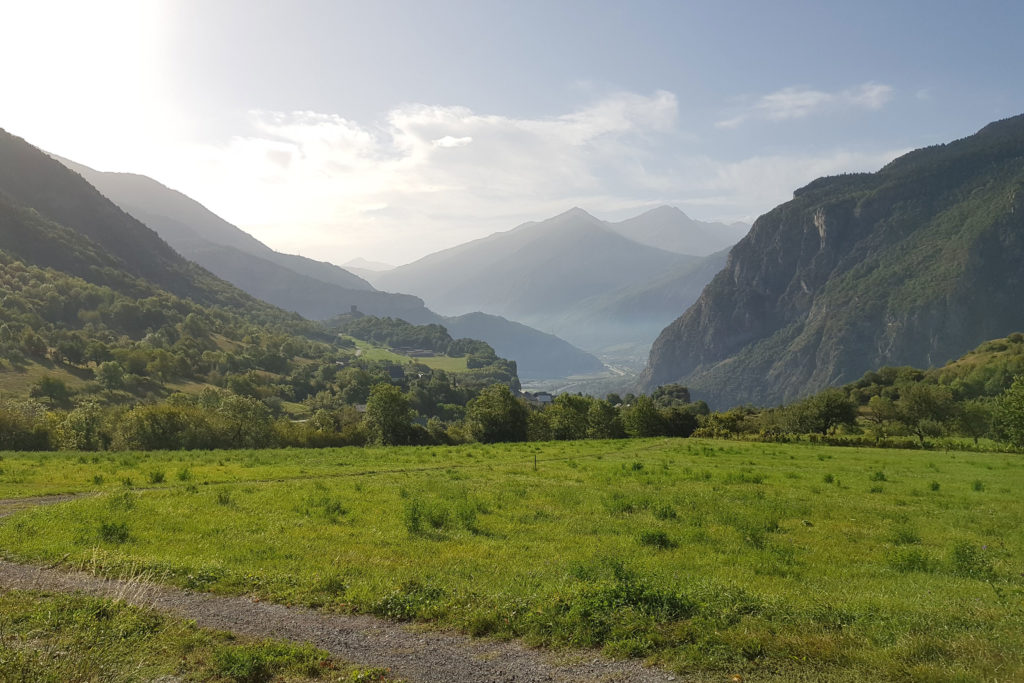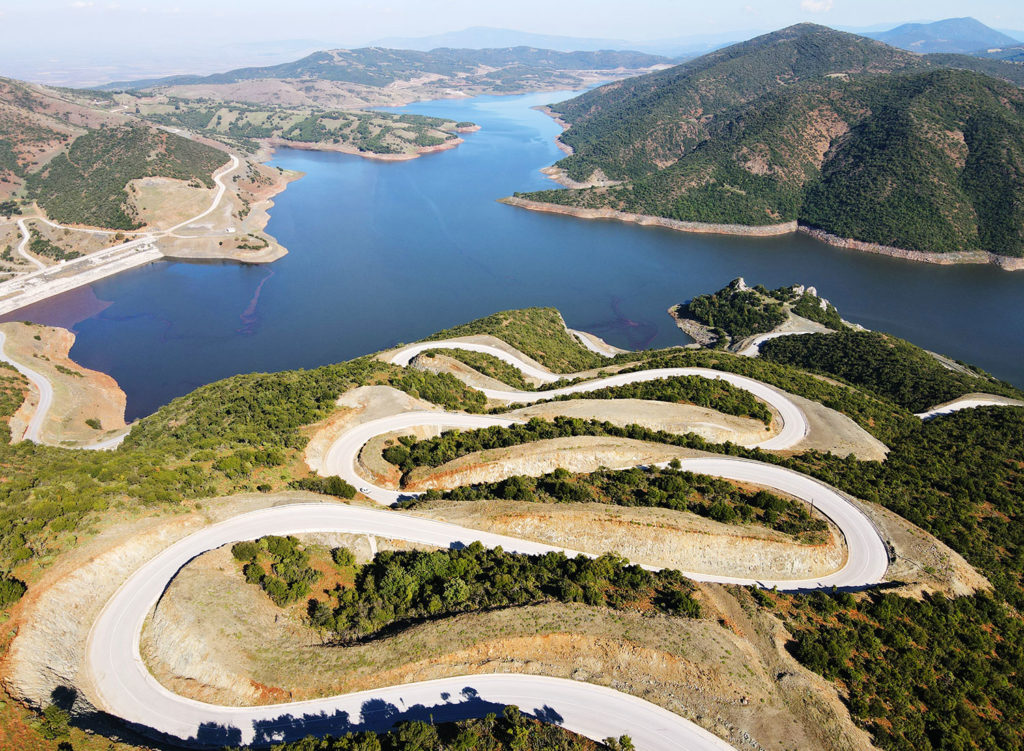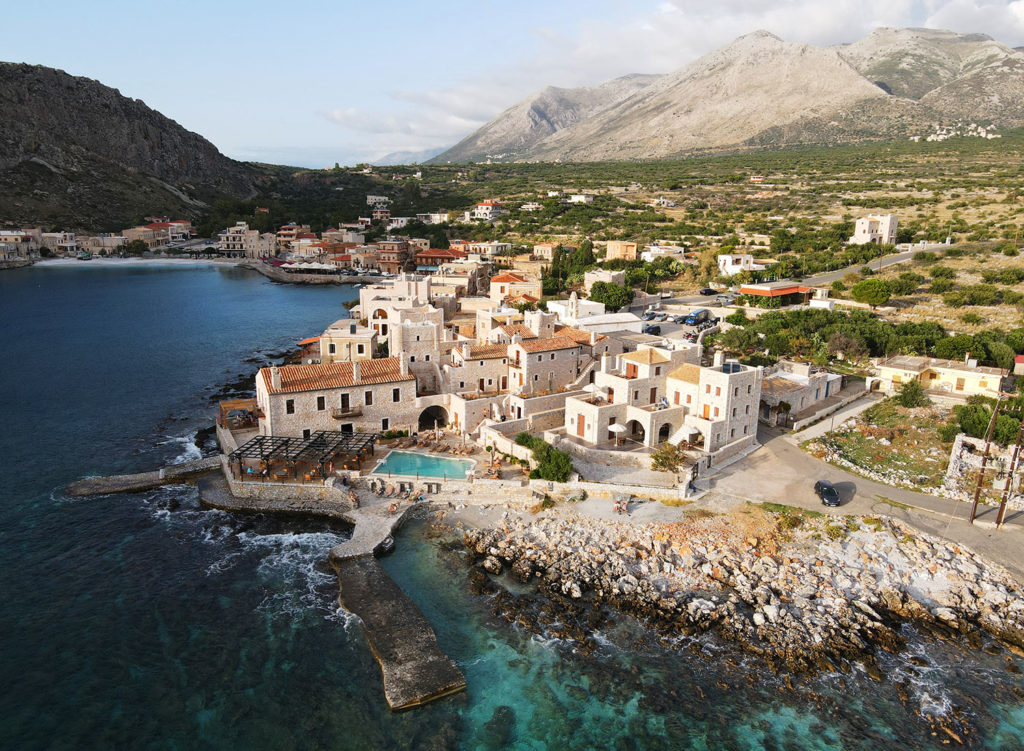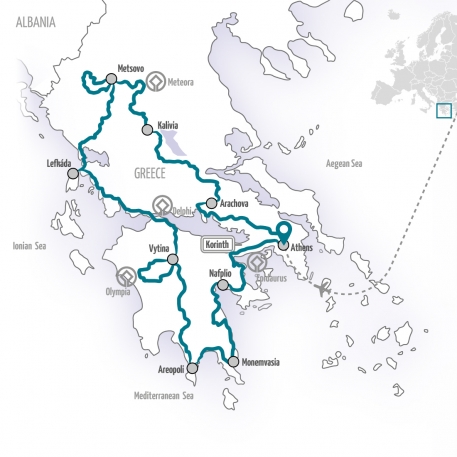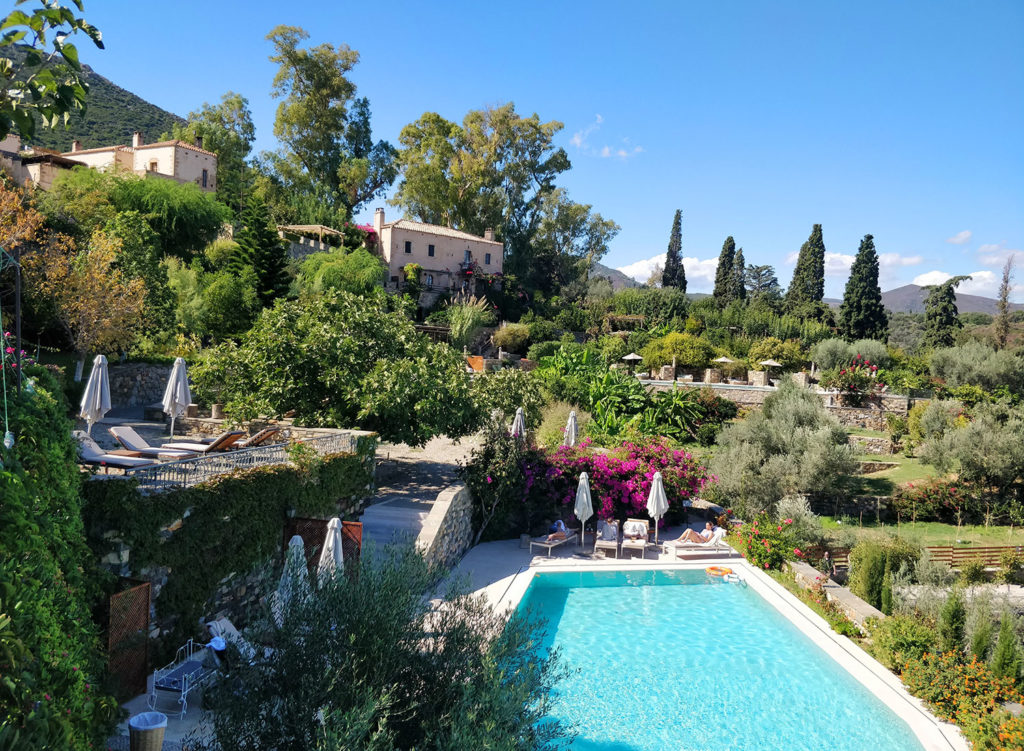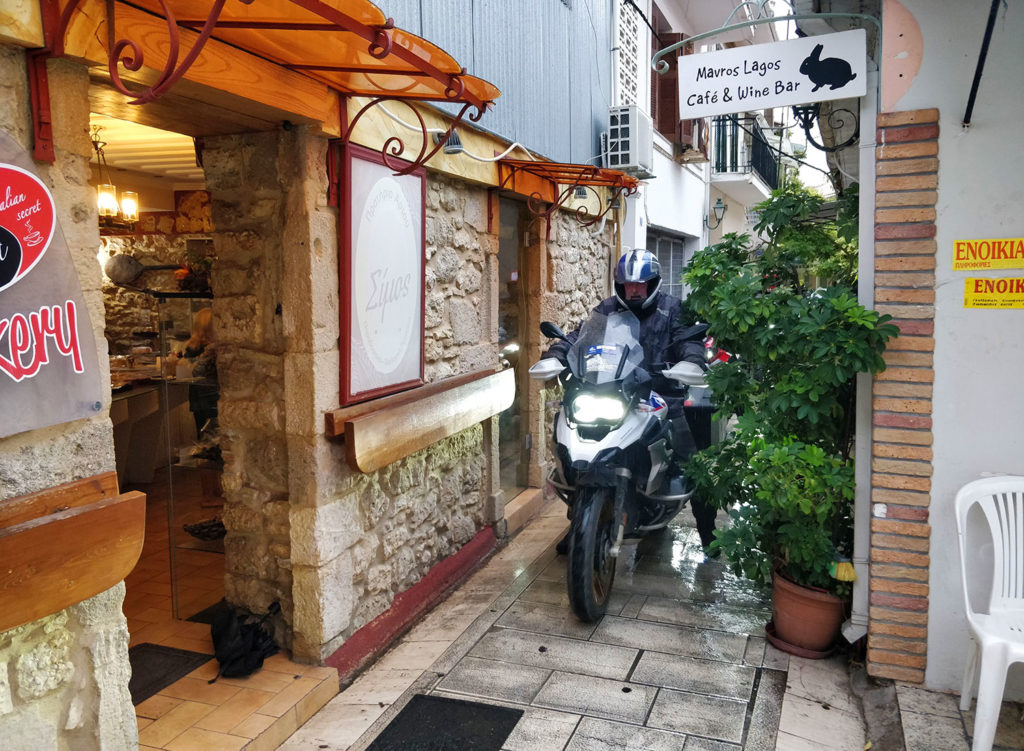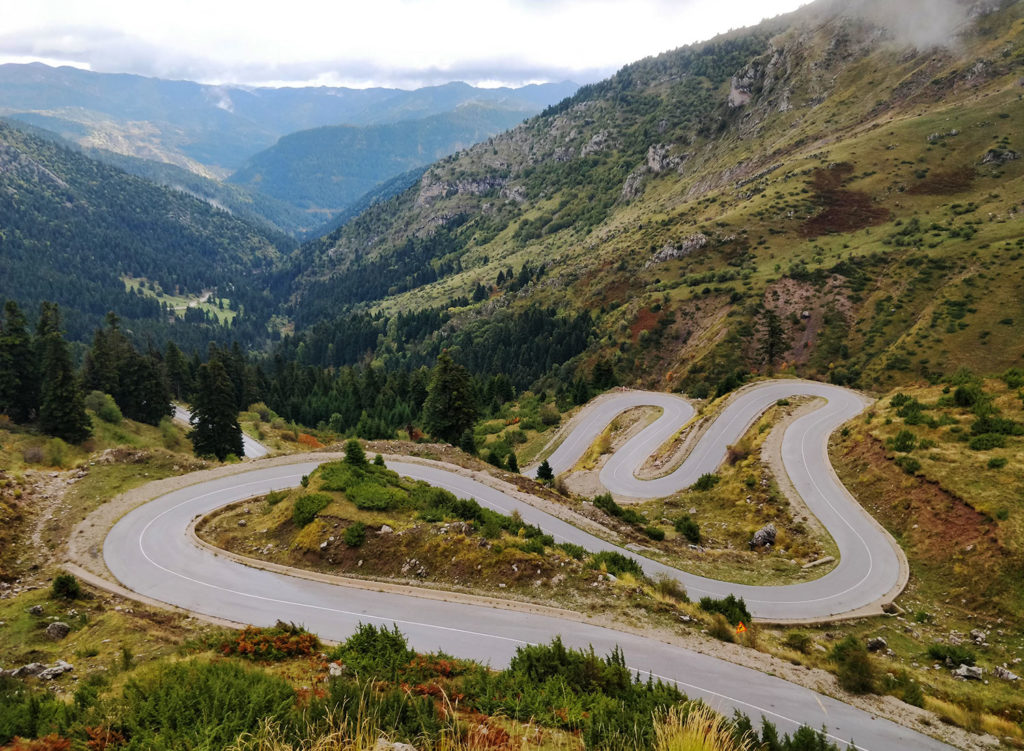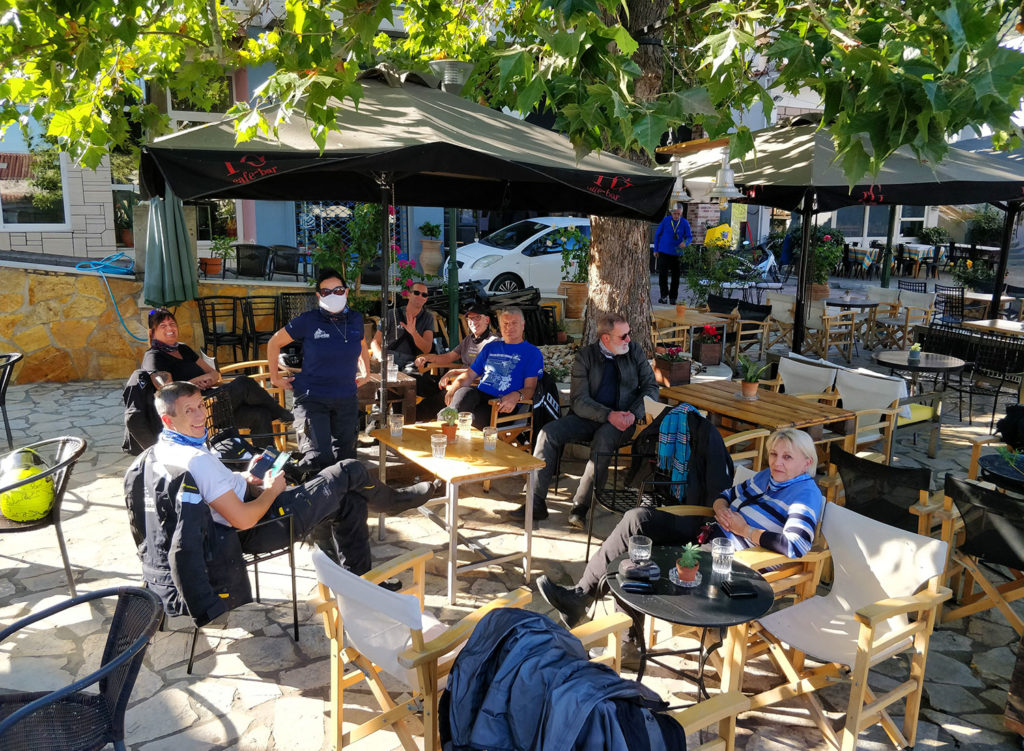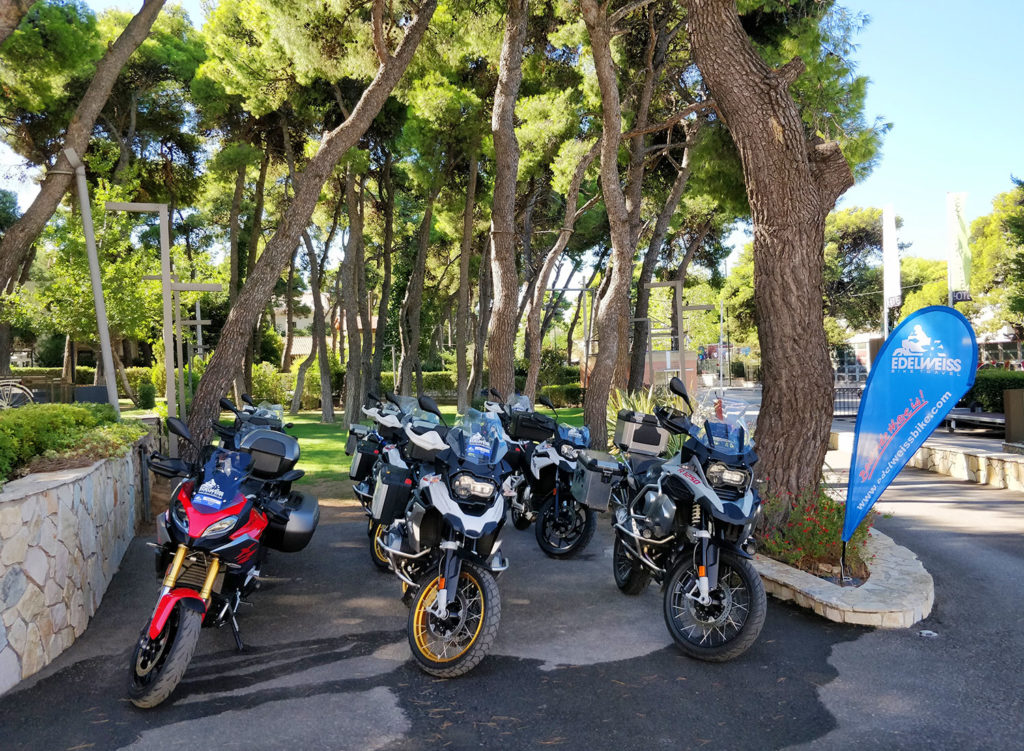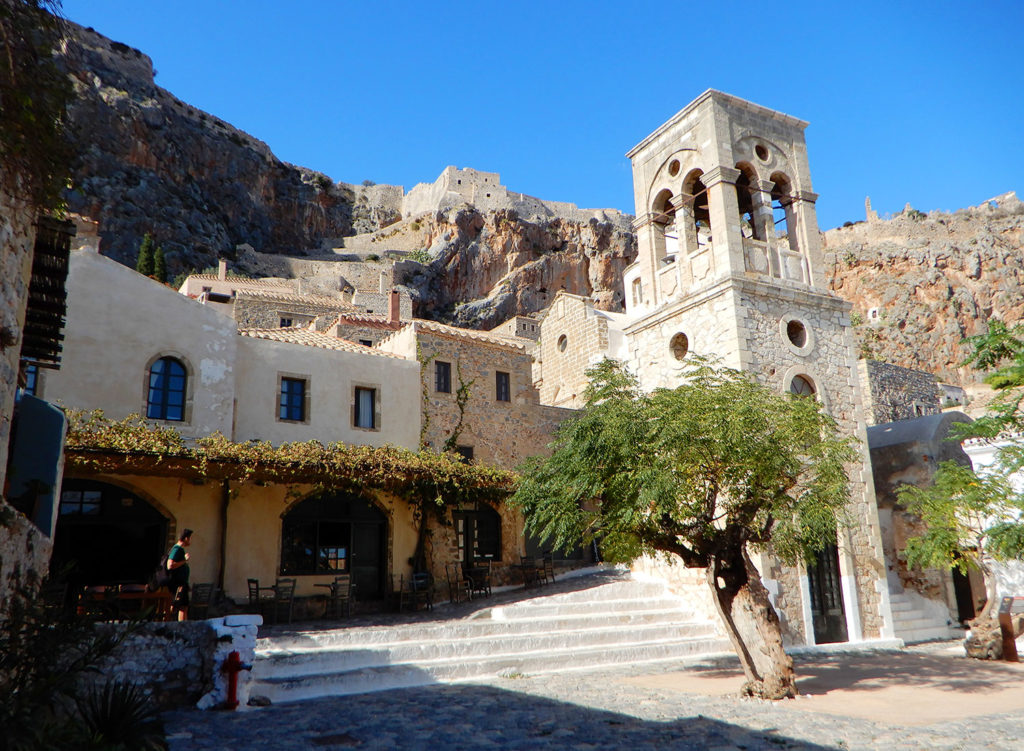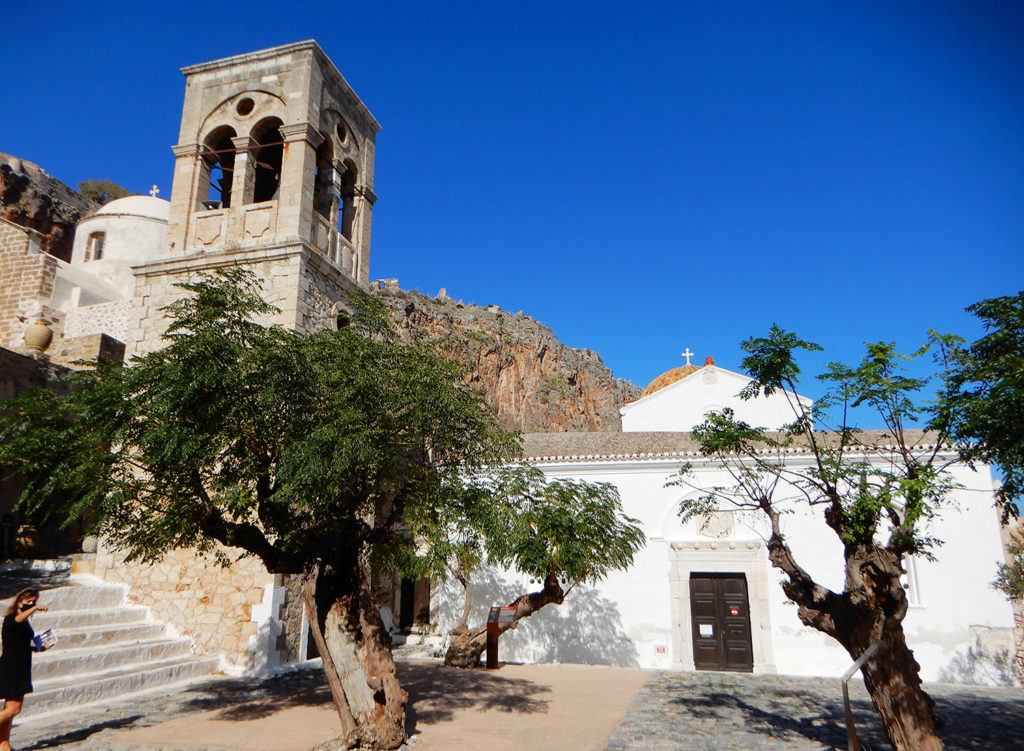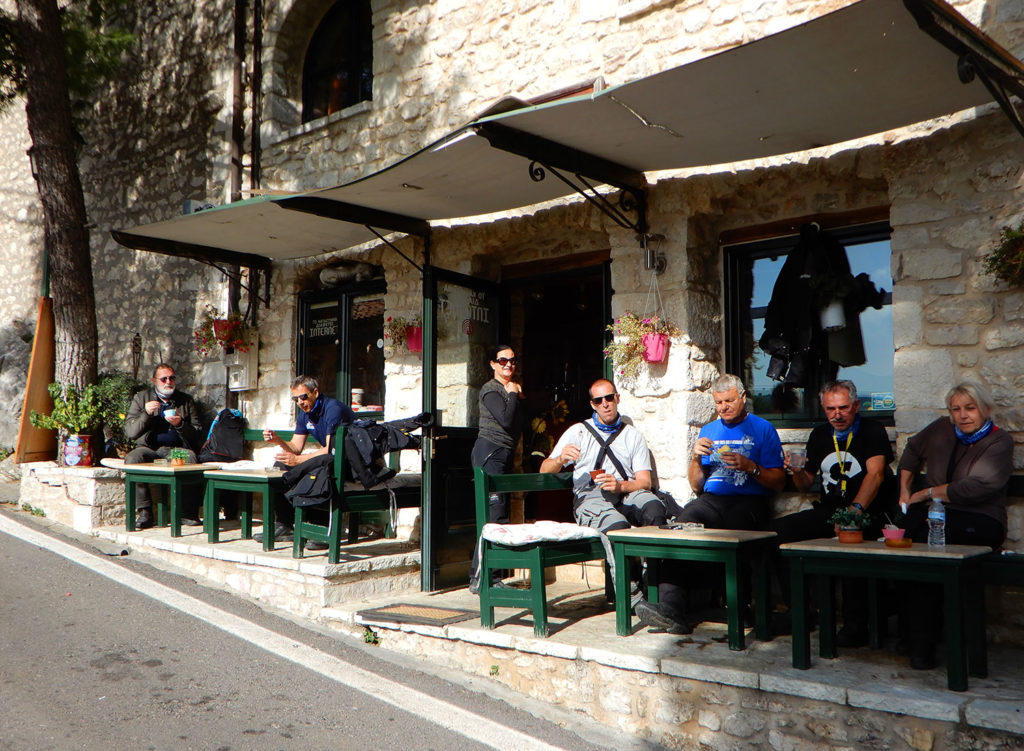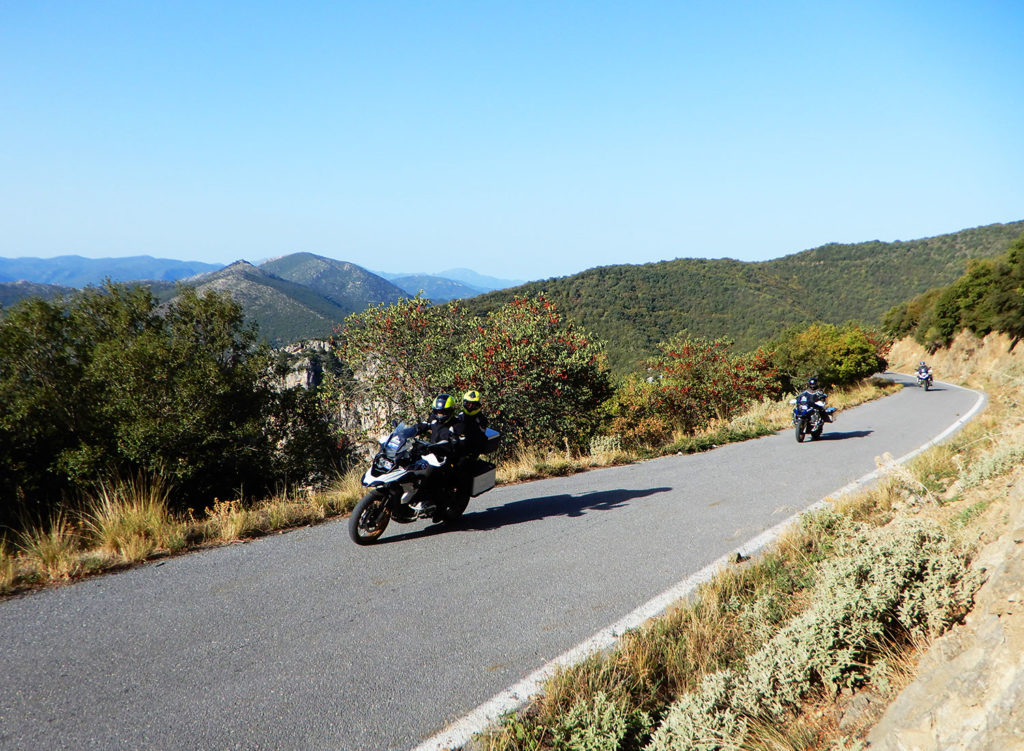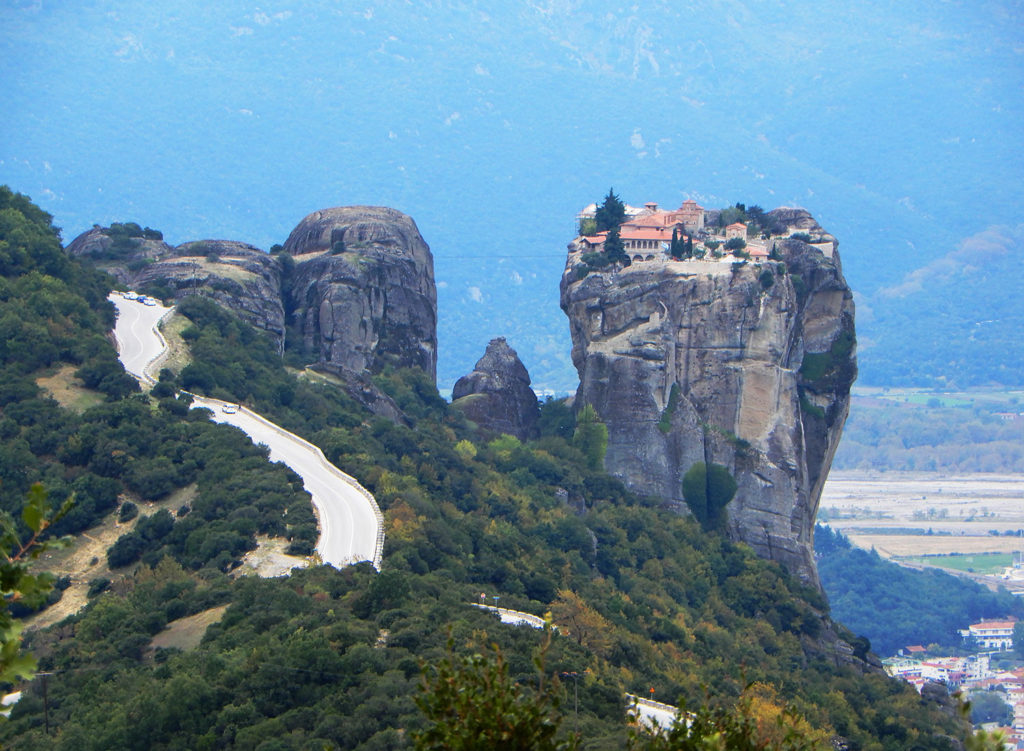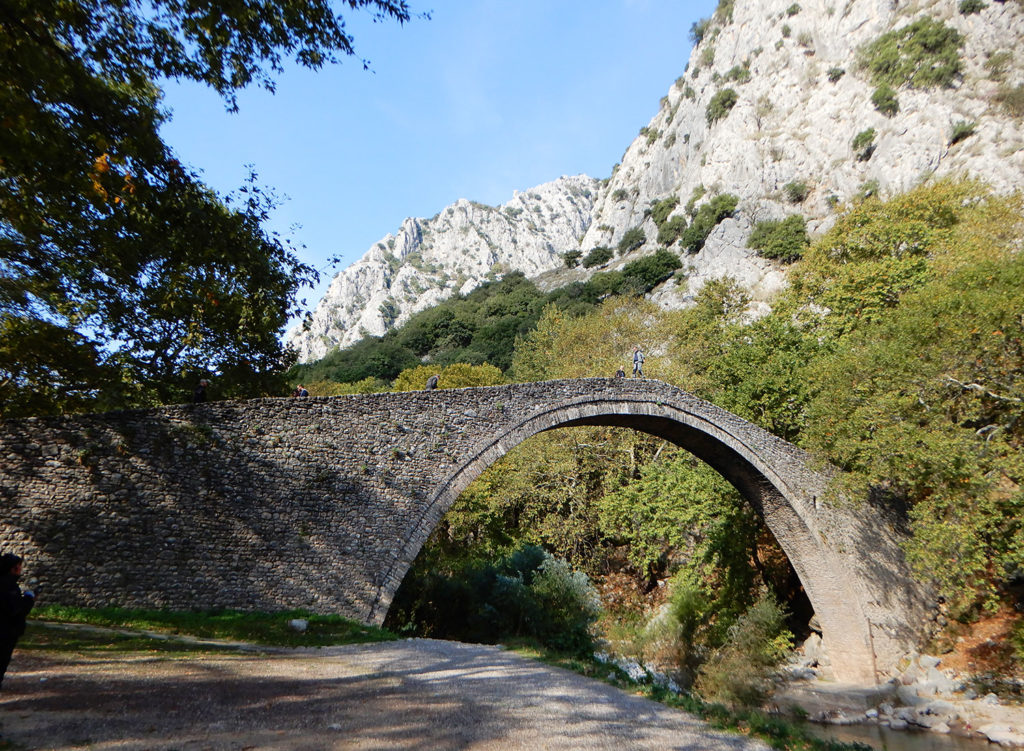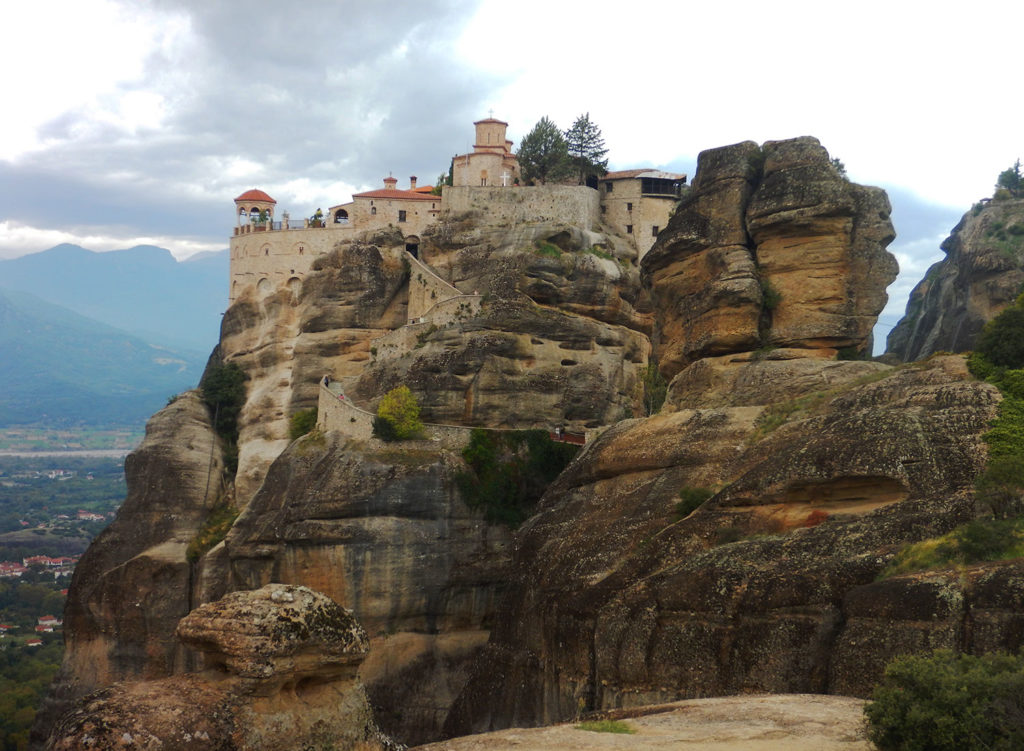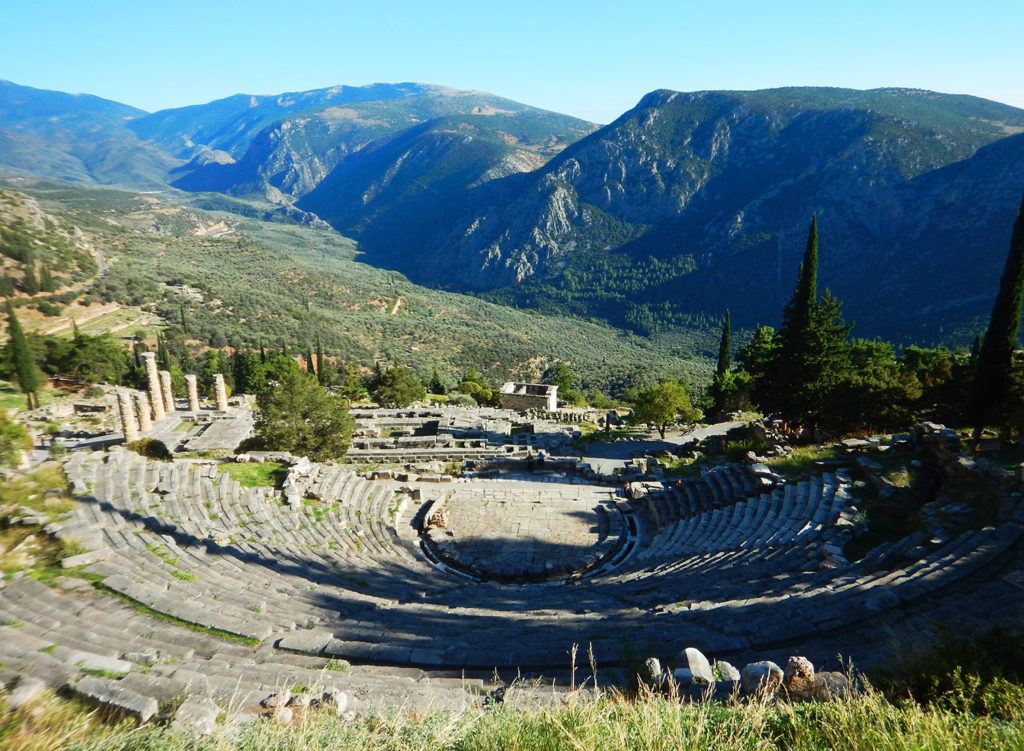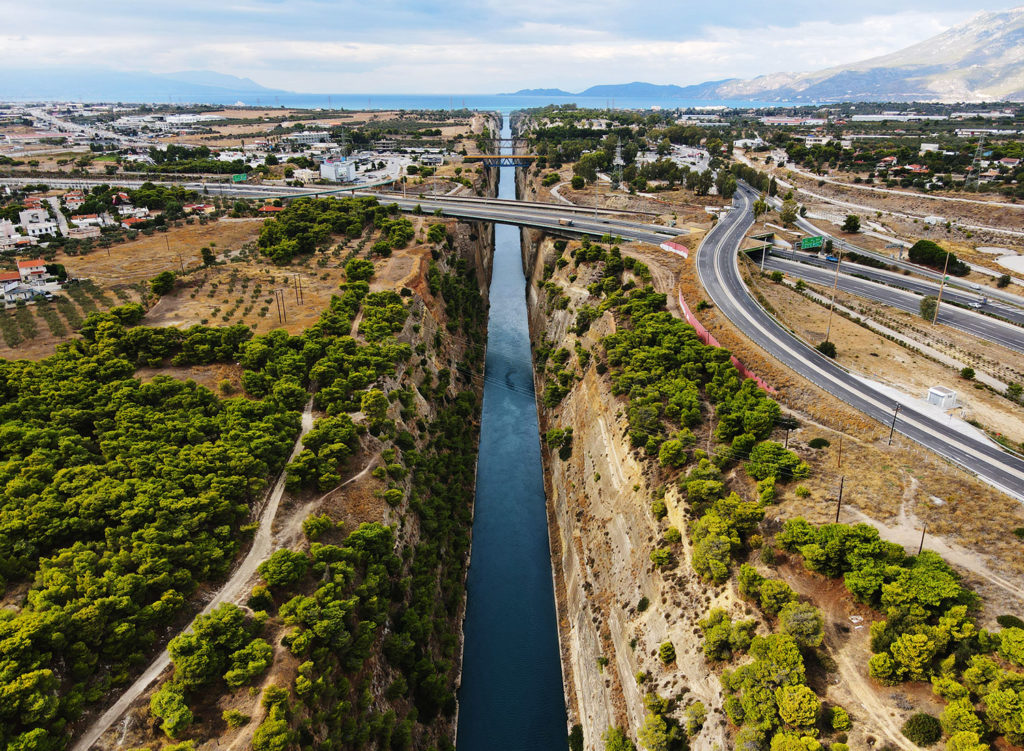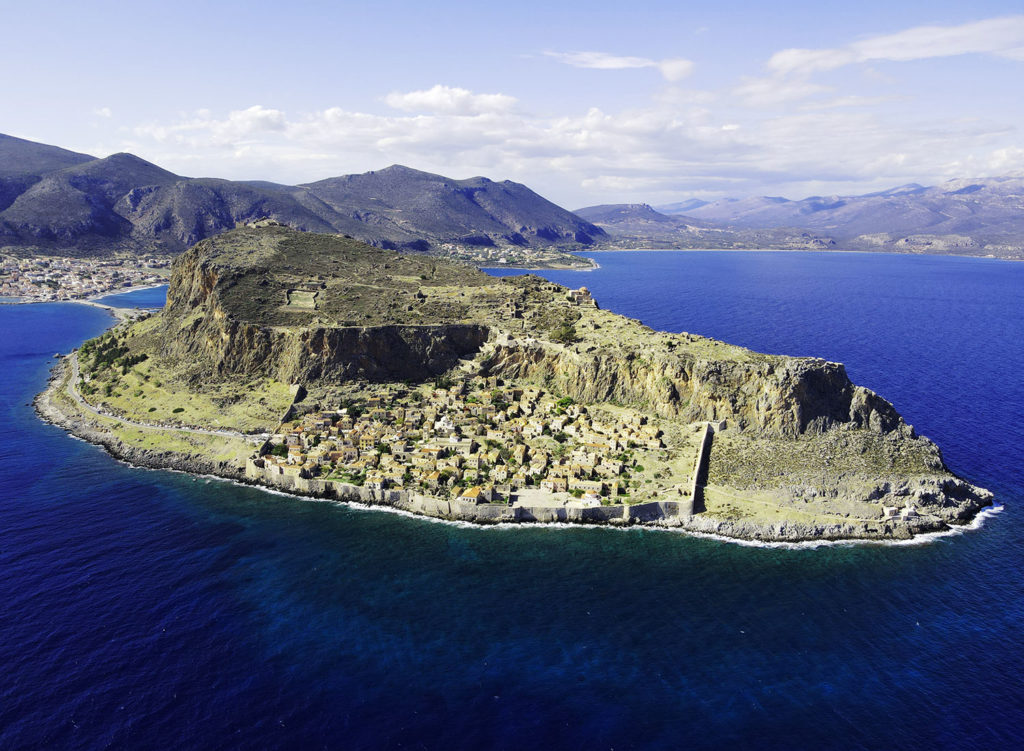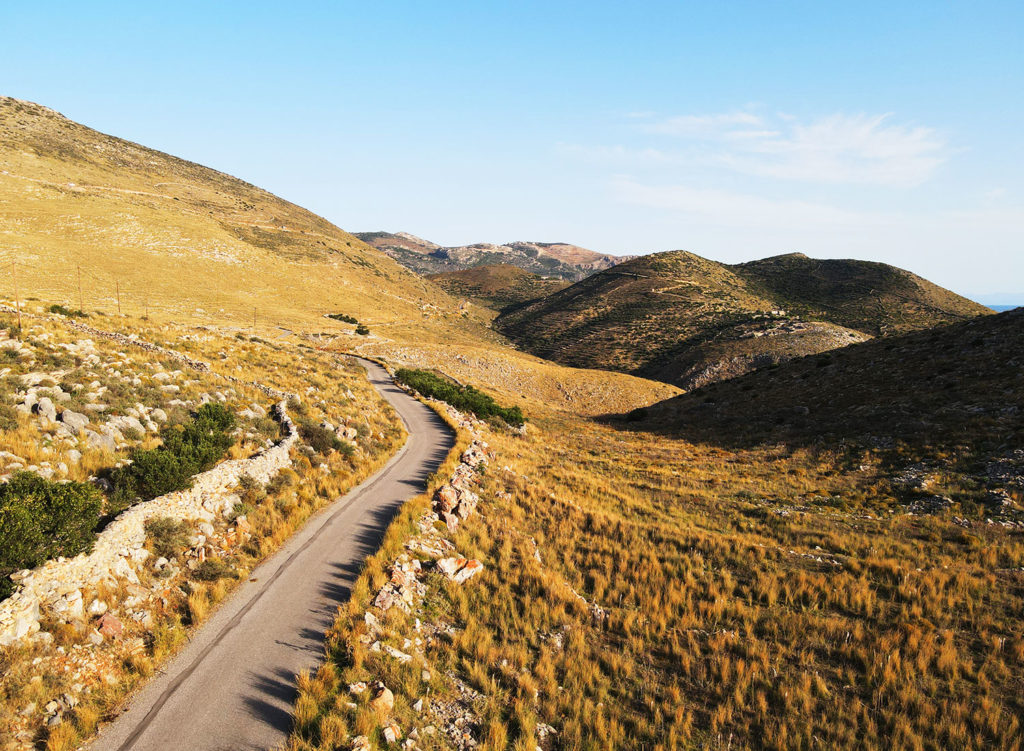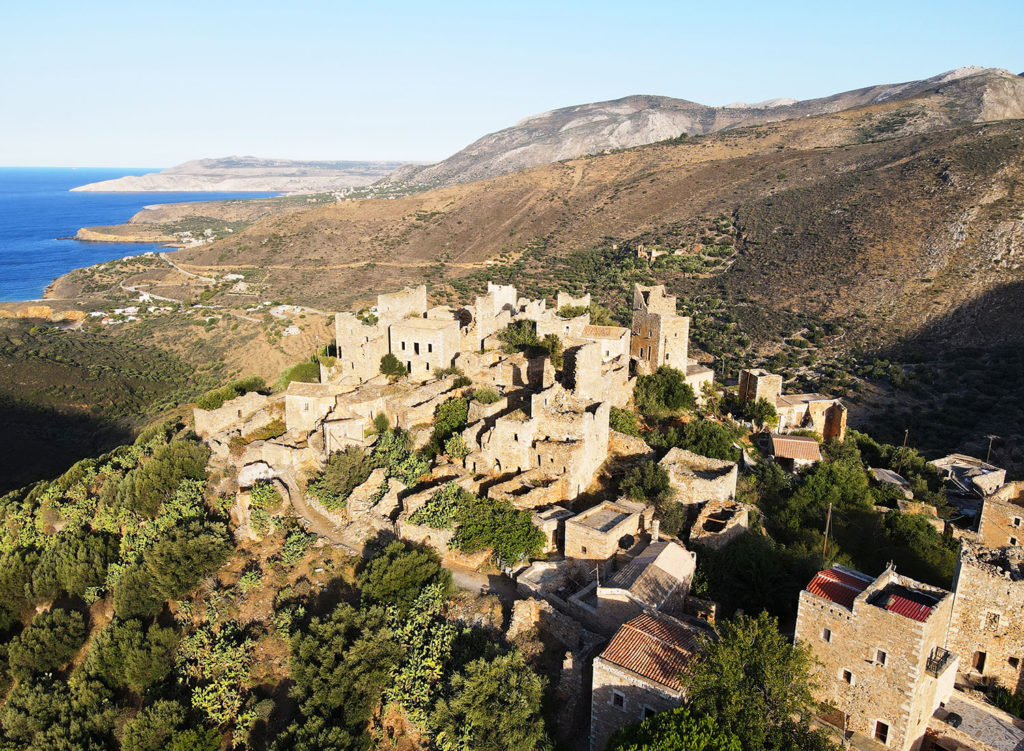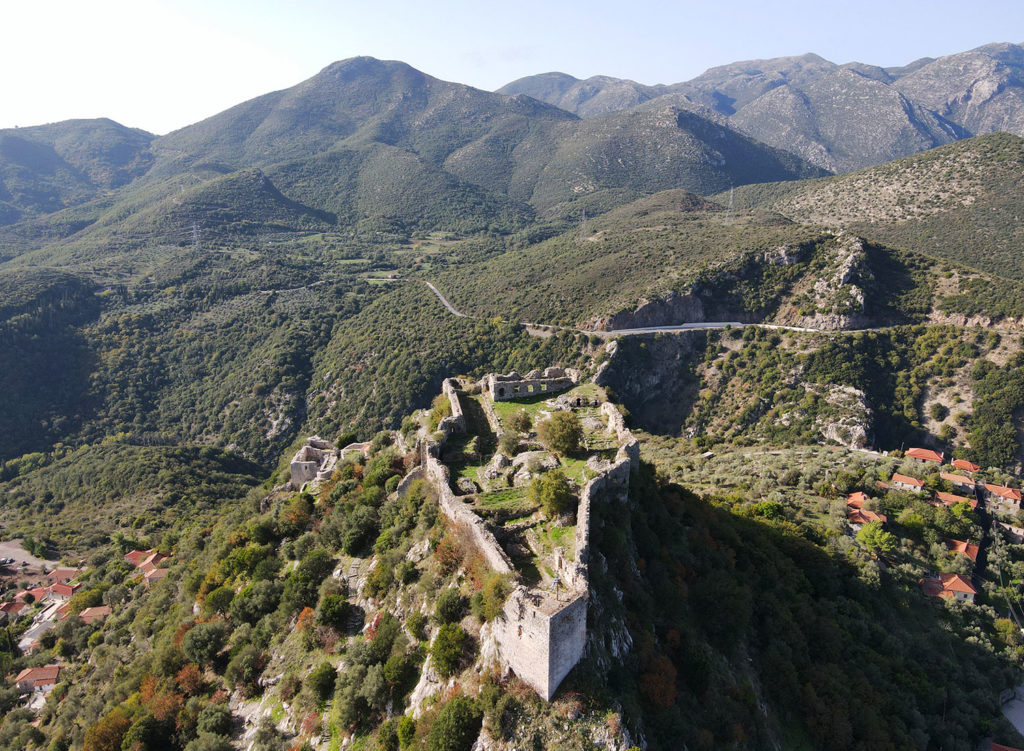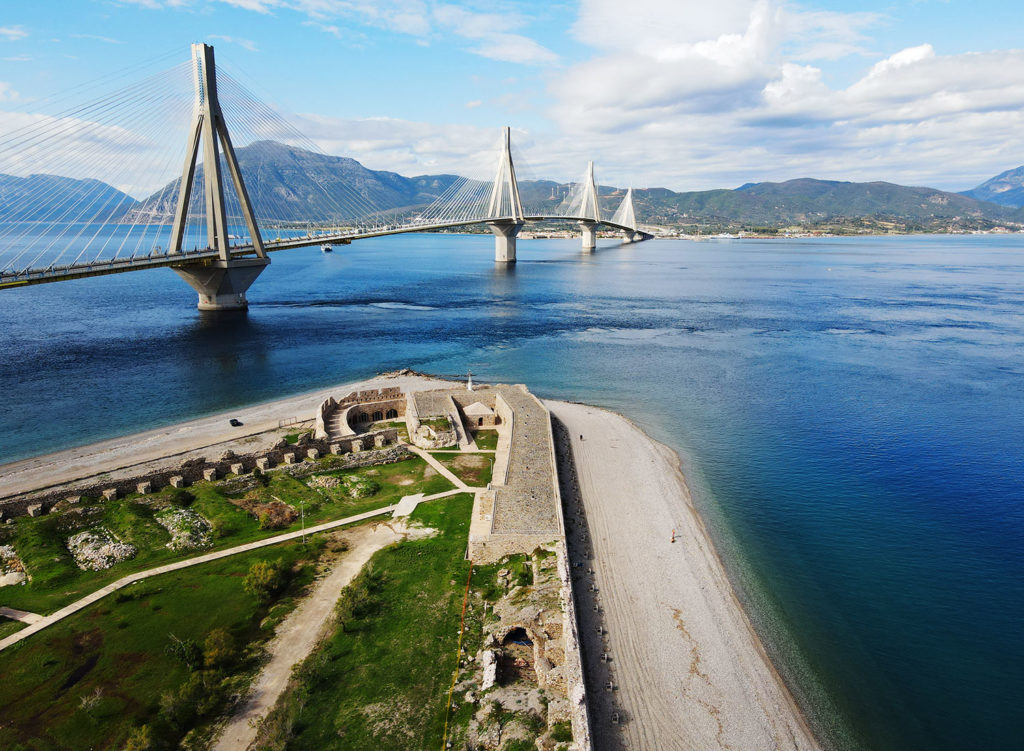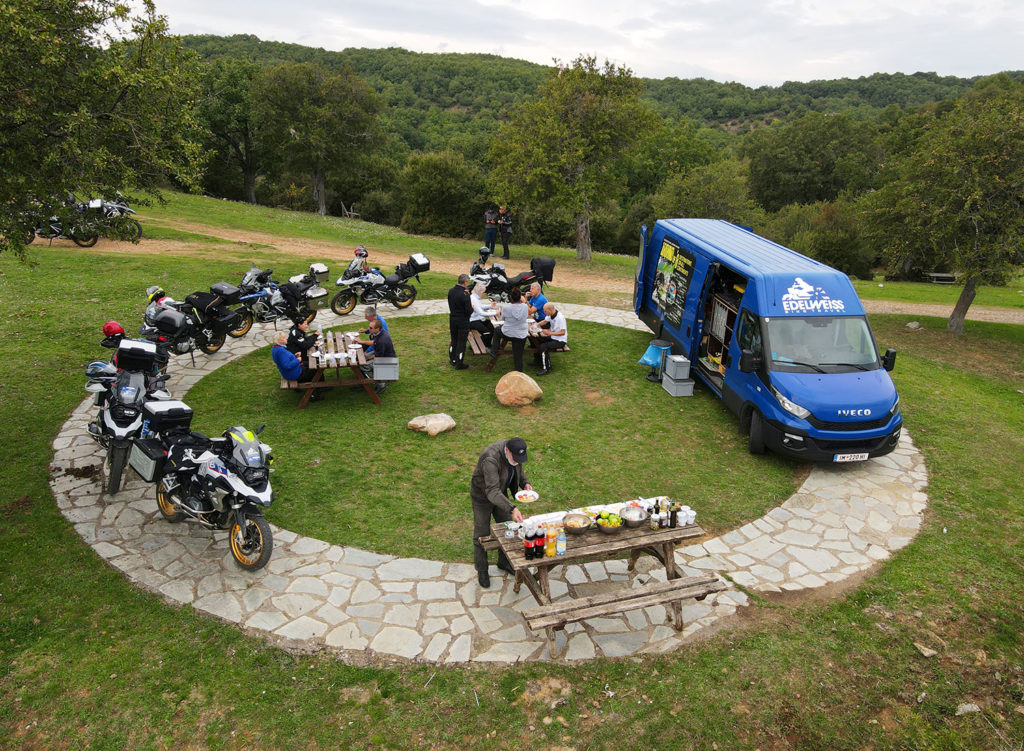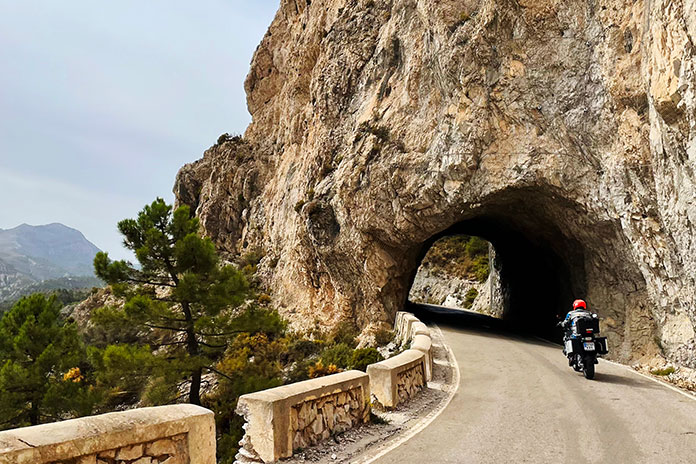
Every international motorcycle tour is special, but none is as memorable as your first one. For my wife, Carrie, and me, our first international tour was in 2010 – a two-week tour of Spain and Portugal with IMTBike, a motorcycle tour and rental company based in Spain with office locations in Madrid, Barcelona, Bilbao, Málaga, and Lisbon, Portugal.
Carrie and I have had the good fortune to go on many international motorcycle tours together. Riding two-up, mostly on a big BMW GS, we’ve explored a dozen countries in Europe, as well as Canada and Ecuador. We got engaged at the top of Stelvio Pass in the Alps and spent our honeymoon on a tour in Norway. But for that first tour, our guides were Scott Moreno, IMTBike’s founder and CEO, and “Super” Chano Lorenzo, IMTBike’s longest serving guide, who’s been with the company since 1998.
Related: Scott Moreno: Ep. 30 Rider Magazine Insider Podcast
Like old friends, Scott and Chano shared their unabashed love and deep knowledge of Spain and Portugal with everyone in our group, treating each one of us as special and taking time to get to know us so they could tailor the tour experience to our particular needs or desires.
Wake-Up Call
Of all the tours Carrie and I have been on, our most embarrassing moment happened on Day 1 of that first tour in 2010 – before we had even gotten on the bike. While enjoying ourselves at the festive welcome dinner the night before, we imbibed a bit too much vino tinto. When we got back to the hotel, feeling the effects of jetlag and the wine, we decided to wake up early to pack and get ready for the tour. I set my alarm, and we went to bed.
With the curtains drawn to block out the city lights of Madrid, I was jolted awake by the phone. It was Chano. “Buenos dias, Greg! It’s nine o’ clock, and everyone is on the bus, waiting to go. Are you ready?”
Mierda! I had gotten the a.m./p.m. mixed up on my phone’s alarm.
“I’m soooooo sorry! We overslept!”
“Don’t worry, that means you were relaxed! Scott will head over on the bus with the others and start the bike handover. I’m downstairs with everyone’s luggage in the van. I’ll wait for you.”
Hungover with throbbing headaches, our pulses racing, we threw everything into our luggage and suited up in our riding gear as fast as we could. Carrie and I are both fastidious Type A people, and we hate being late. We did the walk of shame out to the van, only to find Chano with a big smile on his face as he reassured us, “Is no problem!”
And it wasn’t. As embarrassed as we were, Chano and Scott just rolled with the situation. Our blunder was the source of playful ribbing throughout the tour, an inside joke we still share to this day. And we learned our lesson – in nearly 100 days we’ve spent on overseas motorcycle tours since that first morning, we have not been late once, and we’re often the first people on the bikes in the morning, ready to go.
A Very Good Year
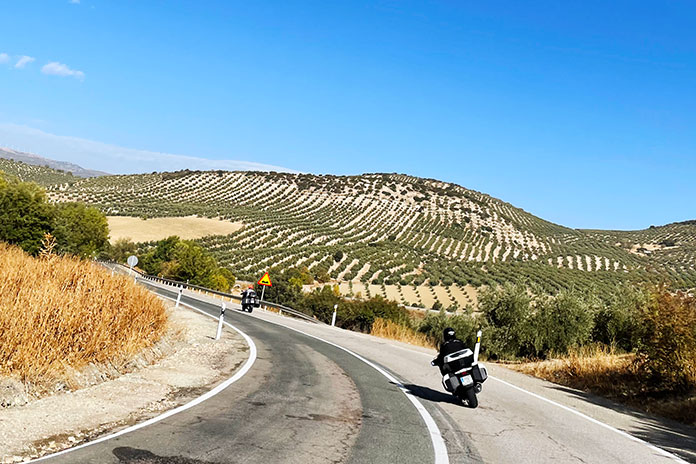
Like all motorcycle tour companies, the pandemic was a gut punch to IMTBike. Covid restrictions meant the company couldn’t run tours for more than a year, but Moreno kept his team on the payroll, and they used the downtime to refresh, refine, and expand their tour offerings. IMTBike specializes in tours of the Iberian Peninsula (Spain and Portugal), but it also offers tours in France, Italy, the Alps, and Morocco, as well as MotoGP tours (Catalunya, Jerez, and Valencia) and tours in Turkey, Thailand, Japan, and New Zealand.
IMTBike resumed its tours in 2021, the same year it earned a coveted Tripadvisor Travelers’ Choice Best of the Best award. In 2022, IMTBike celebrated its 25th anniversary, and Scott personally invited Carrie and me to join him and Chano on the Southern Spain Andalusia tour.
Related: Perfect Pyrenees Tour with IMTBike
Amazing Andalusia via IMTBike
As much as we were looking forward to getting the band back together for a reunion tour, a family emergency precluded Scott from joining us. Chano served as head guide, and our consolation prize was Paolo Pezzoli, a young, energetic Italian who was new to the IMTBike team.
The Southern Spain Andalusia tour hits the sweet spot – not too short or too long, not too easy or too challenging, and just right in terms of daily mileage, choice of roads, scenery, sightseeing, and accommodations. The tour is nine days, with six riding days, one rest day, and travel days on each end. It starts and ends in Málaga, a city on Spain’s Mediterranean Costa Del Sol (Sun Coast), and includes stops in Granada, Córdoba, Seville (rest day), Arcos de la Frontera, and Ronda.
Carrie and I arrived a day early to shake off our jetlag and spend a day exploring Málaga, which was founded in 770 B.C. and is one of the oldest continuously inhabited cities in the world. IMTBike booked a modern, stylish hotel that’s a short walk to the heart of the city. We visited the 19th-century Atarazanas Market, the 14th-century Cathedral of Málaga, and the 11th-century Alcazaba, a Moorish palatial fortress perched on a hill overlooking the city and coast.
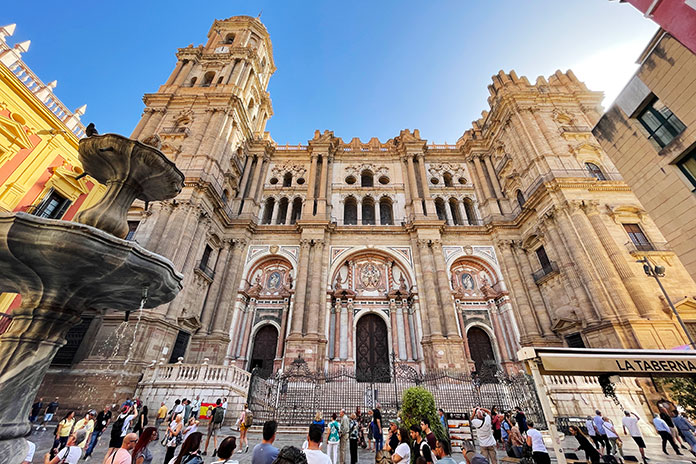
After our walking tour – which included a stop at a busy sidewalk cafe for tapas, sangria, and people-watching – we met the tour group in the hotel’s bar. Over beers and wine, we met Lonny and Linda, a couple from Idaho; Kobus and Magda, a couple from South Africa; Bernard, a solo rider from Canada; and Oliver, a solo rider from Dominican Republic. Each of us took turns telling the group a little about ourselves, and Chano gave us an overview of the tour and rules of the road in Spain.
To keep us connected, IMTBike set up a group on WhatsApp so we could send text messages, live locations, photos, and more via Wi-Fi. We also received links to the tour’s daily routes on Google Maps and to a Google Drive folder so we could upload and share our photos.
Following the briefing, we walked to dinner. Spain is known for its afternoon siestas and late-night dinners, and in the evenings, the streets of cities we visited were bustling with locals and tourists, young and old and everything in between. Our tour was in October, with mild days and cool nights – ideal for strolling on cobblestoned and tiled sidewalks that are hundreds of years old, their surfaces worn smooth by millions of footsteps. Our welcome dinner was at a restaurant handpicked by IMTBike, and Chano got us started by ordering Iberian ham, cheese, and wine for the table. Everyone was in good spirits as we broke bread and got to know each other.
Up, Up, and Away
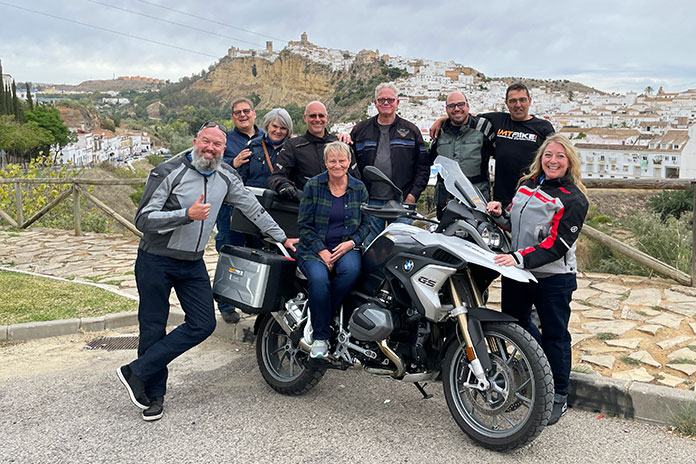
Carrie and I woke up early, enjoyed a decadent breakfast at the hotel, brought our luggage down, and walked outside to find two R 1250 RTs, three R 1250 GSs, and an F 850 GS lined up on the sidewalk. IMTBike is an official partner of BMW Motorrad, and it owns the world’s largest fleet of BMW motorcycles (more than 200 at last count). Bikes available to rent range from the G 310 R to the K 1600 GT, and all are outfitted with a top case and side cases; a GPS unit is optional. Our group was followed by a support van that carried luggage and a spare bike.
On our first tour in 2010, Carrie and I described Spain as “California with castles.” The coastal areas of Southern Spain and Southern California have mild Mediterranean climates as well as rugged mountains that rise dramatically from the sea. Within minutes of leaving Málaga, we climbed up, up, up into the mountains on a tight, steep, endlessly curving road that kept us on our toes. After a midmorning coffee stop, we rode back down to the coast to have delicious paella right next to the beach. We ascended into the mountains again on a narrow lane carved into the rock known as the “Goat Road,” arriving in Granada in time to explore the city’s old quarter before meeting up for a gourmet dinner at one of the best restaurants in the city.
From Granada, we got full use of our tires and leaned deeply through the curves of a shaded canyon before popping out into the high plains, where we got a bird’s eye view of the village of La Peza from an overlook. We rode through endless olive groves and visited the Núñez de Prado organic olive oil factory in Baena, where the olives are crushed by enormous stone mills to extract the “flower” and first cold pressing of extra virgin olive oil.
After lunch in the Baena town square, we rode to Córdoba, home to more UNESCO World Heritage Sites than any other city. It was a hot afternoon, so we cooled off in the rooftop pool overlooking the Guadalquivir River and the city. We explored the narrow, cobblestoned streets and visited the stunning Mosque-Cathedral of Córdoba. At an outdoor cafe, Carrie and I joined Lonny and Linda for sangria, and then we enjoyed a family-style dinner with the group at a local restaurant.
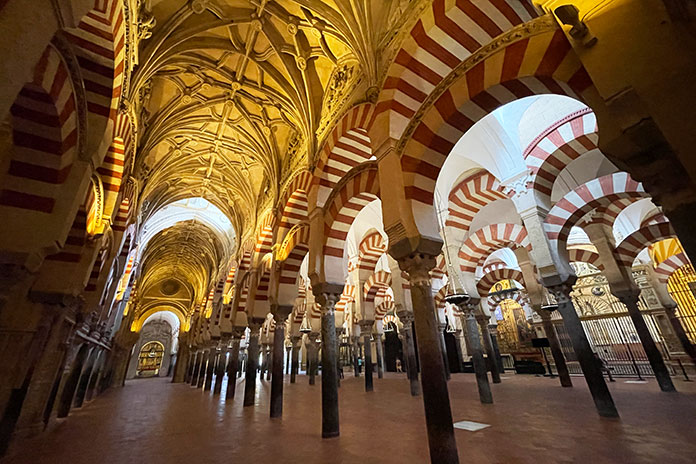
On our third day, we rode from Córdoba to Seville on a series of backroads that seemed tailor-made for motorcyclists. Spain is a motorcycle-mad country, and you can’t help but think that civil engineers said to themselves, “Let’s make these curves flow with a nice rhythm. We’ll give them a consistent radius, good banking, and smooth pavement. Riders will love it!”
After winding through farmland with rolling hills filled with oak and cork trees, herds of sheep, and black Iberian pigs (the source of highly prized jamón pata negra), we rode over the Sierra Morena mountains and back down into the Guadalquivir River valley and the magnificent city of Seville.
We arrived with a few hours to unwind, relax, and explore before dinner. We walked from the hotel to an old restaurant decorated with bullfighting memorabilia, and we enjoyed vino tinto and plates of jamón, queso, ensalada mixta, and other delicacies, all topped off with a variety of diet-busting sweets and little glasses of house-made liqueur.
Caves, Coffee, and Cava … IMTBike Style
After a rest day exploring the wonderful city of Seville and a mesmerizing flamenco show, we continued our meandering lap around Andalusia. We rode through rolling hills of olive trees and passed several of the region’s iconic Pueblos Blancos (White Towns), where all the houses and buildings have whitewashed walls and terra cotta tile roofs. We stopped for lunch in Setenil de las Bodegas, a town built along a small canyon with houses and shops built into the hollowed out limestone caves on both sides of the river.
Next up was the most impressive road of the trip, an Alps-like climb from the valley to 4,452-foot Palomas Pass. We descended an equally winding and scenic road and made our way to Arcos de la Frontera, an old town built high on a limestone promontory. De la Frontera means “on the frontier,” so named because Arcos was on the frontlines of Spain’s 13th-century battle with the Moors. Perched on the edge of the cliff overlooking the Guadalete River, our hotel was a Parador, one of roughly 100 hotels managed by Spain that are in buildings of historical, artistic, or cultural interest.
Leaving Arcos de la Frontera, we rode under the flying buttresses of the cathedral and descended steep, narrow cobblestone streets made damp by overnight rains. We continued our ride along La Ruta de los Pueblos Blancos (Route of the White Towns) where whitewashed villages on the mountainsides stand out like large polka dots on the green landscape. We rode into Sierra de Grazalema Natural Park and wound our way up to El Boyar Pass on our way to our morning coffee stop in a bustling town square.
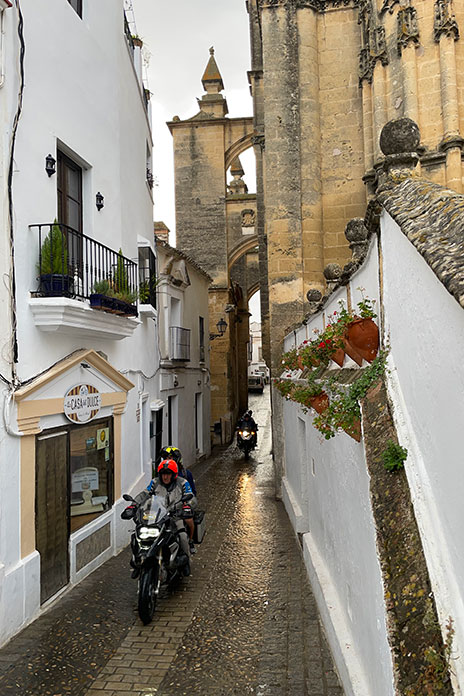
Every day, we rode up and down on small mountain roads and through idyllic agricultural plains. Traffic was minimal, and the rugged, old-world scenery was enchanting. On our fifth riding day, we enjoyed more fast and fun roads in the afternoon as we made our way to Ronda, a city perched high on both sides of the Tajo gorge carved by the Guadelevin River. We stayed in a Parador on the edge of a cliff overlooking the “new” 300-year-old bridge over the gorge (the old bridge was built during the Roman Empire).
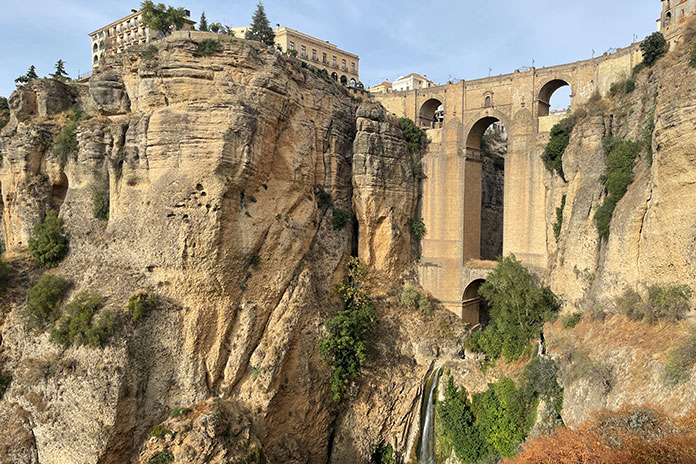
We started our last day of the tour with a beautiful sunrise over Ronda. We rode east into the rugged granite mountains of Sierra de las Nieves Natural Park, winding our way through canyons and over passes toward El Burgo.
It was Saturday, and we stopped for coffee at a popular meet-up spot for motorcyclists, its tables abuzz with riders and its parking lot full of bikes. The final highlight of the tour was a ride up to El Torcal de Antequera, a mountain ridge covered in unusual karst rock formations that reminded us of Joshua Tree National Park seen through the eyes of surrealist painter Salvador Dalí.
We descended more narrow, twisty roads back to Málaga, where we turned in our BMWs at IMTBike’s warehouse and toasted a celebratory glass of cava. After drinks and laughs on the hotel’s patio, we enjoyed a festive farewell dinner at another wonderful restaurant.
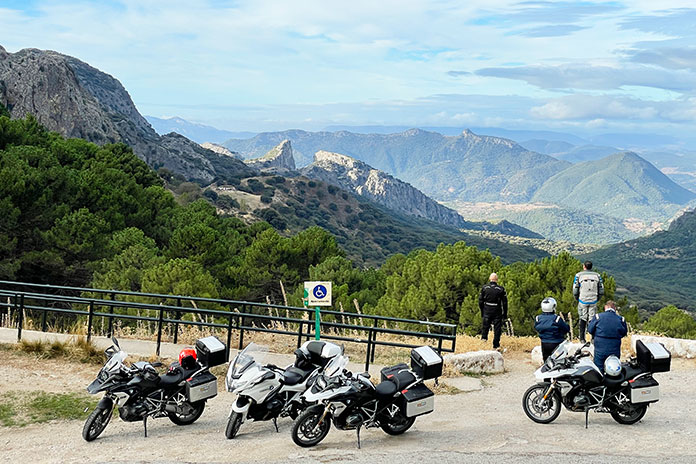
The week went by fast, a sure sign of how much fun we had. Chano and Paolo were a constant source of charm and good humor, and they did a lot of work behind the scenes to keep everything running smoothly. Our small group bonded quickly, and even months after the tour, we still send messages via WhatsApp to stay in touch.
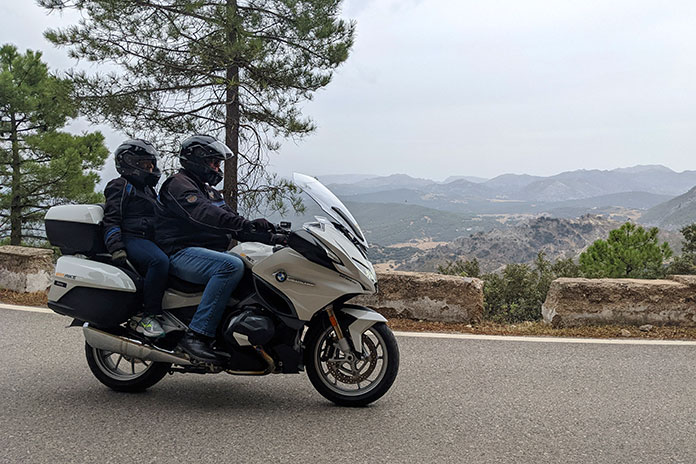
If you love good roads, good food and wine, and nice accommodations, as well as history, architecture, and rugged mountain scenery, this tour is for you. Just try not to oversleep.
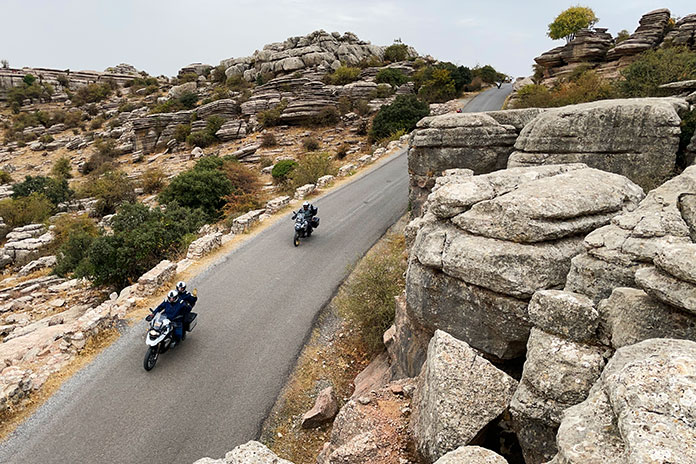
The 2023 Southern Spain Andalusia tours run March 11-19, April 15-23, and Oct. 14-22. Visit the IMTBike website for more info.
The post Iberian Escape | IMTBike Southern Spain Andalusia Tour Review first appeared on Rider Magazine.
Source: RiderMagazine.com

